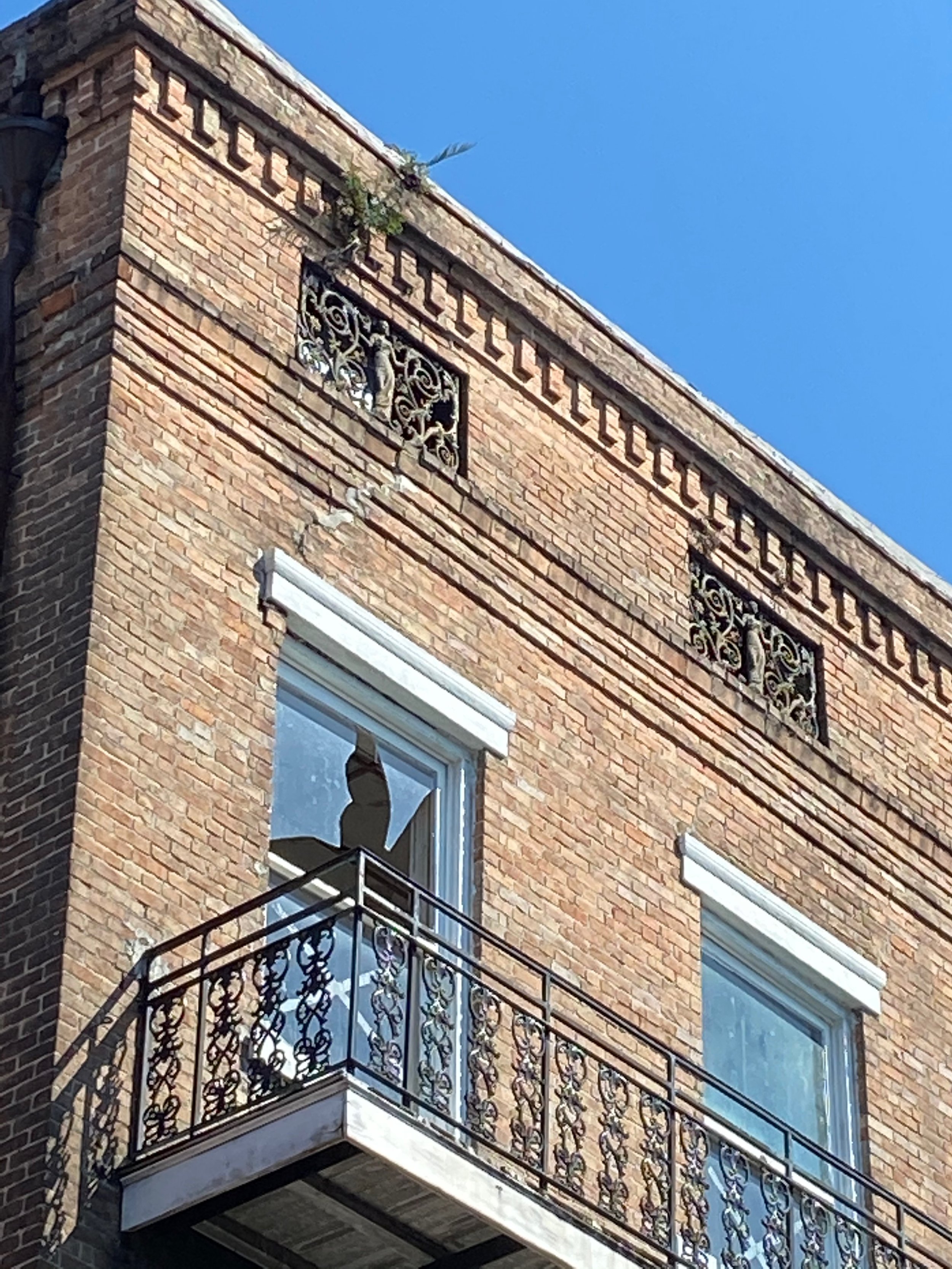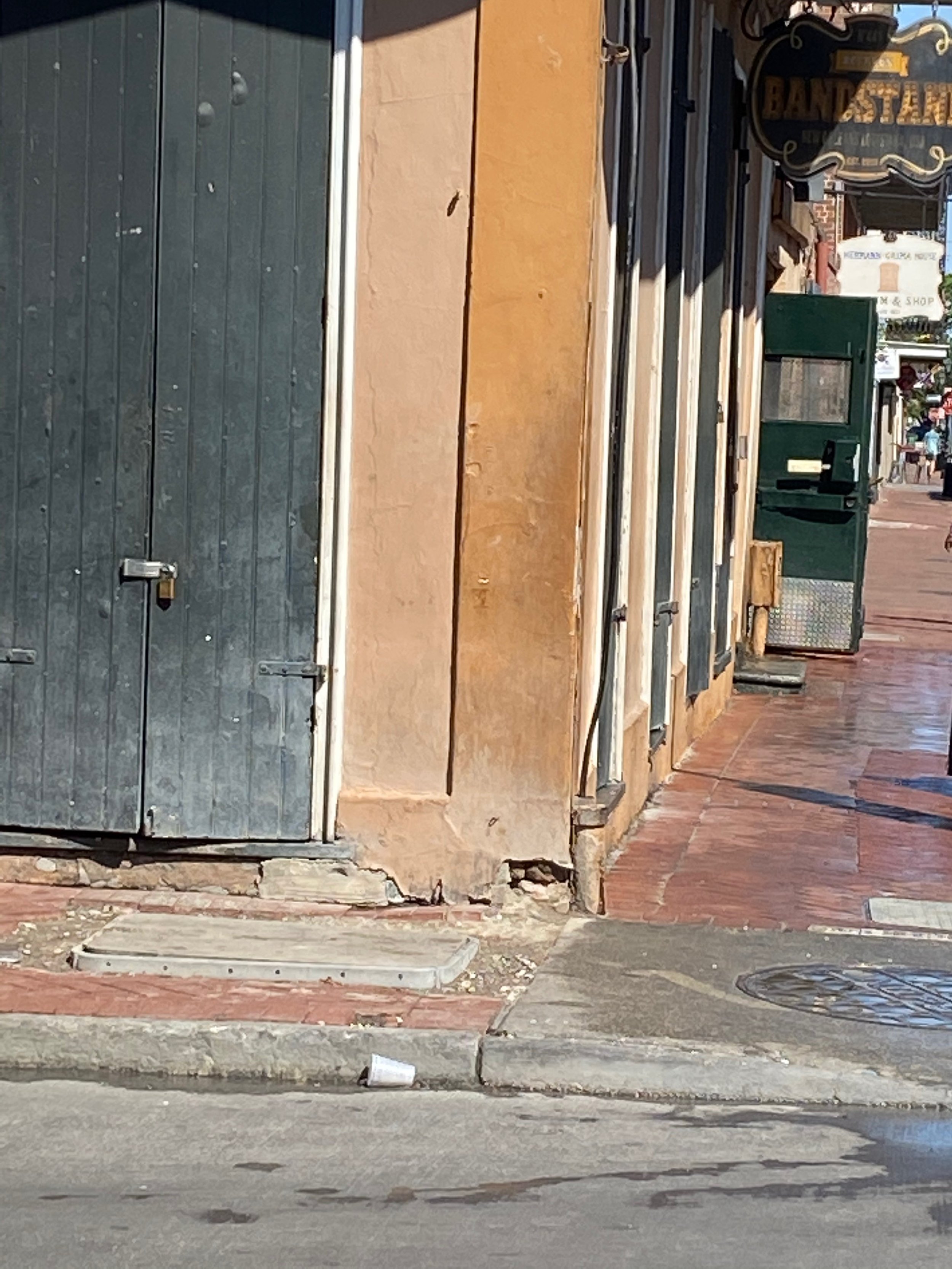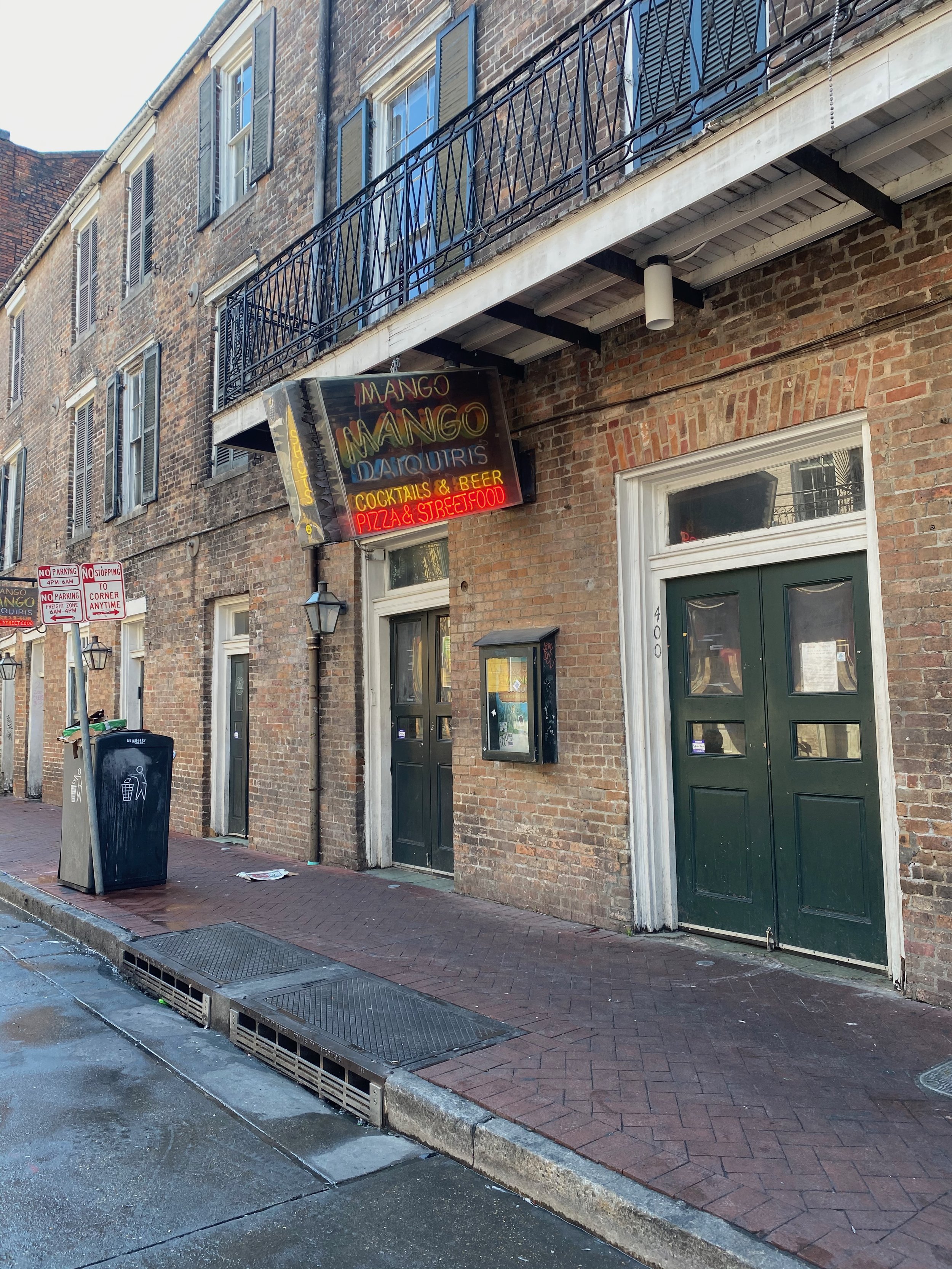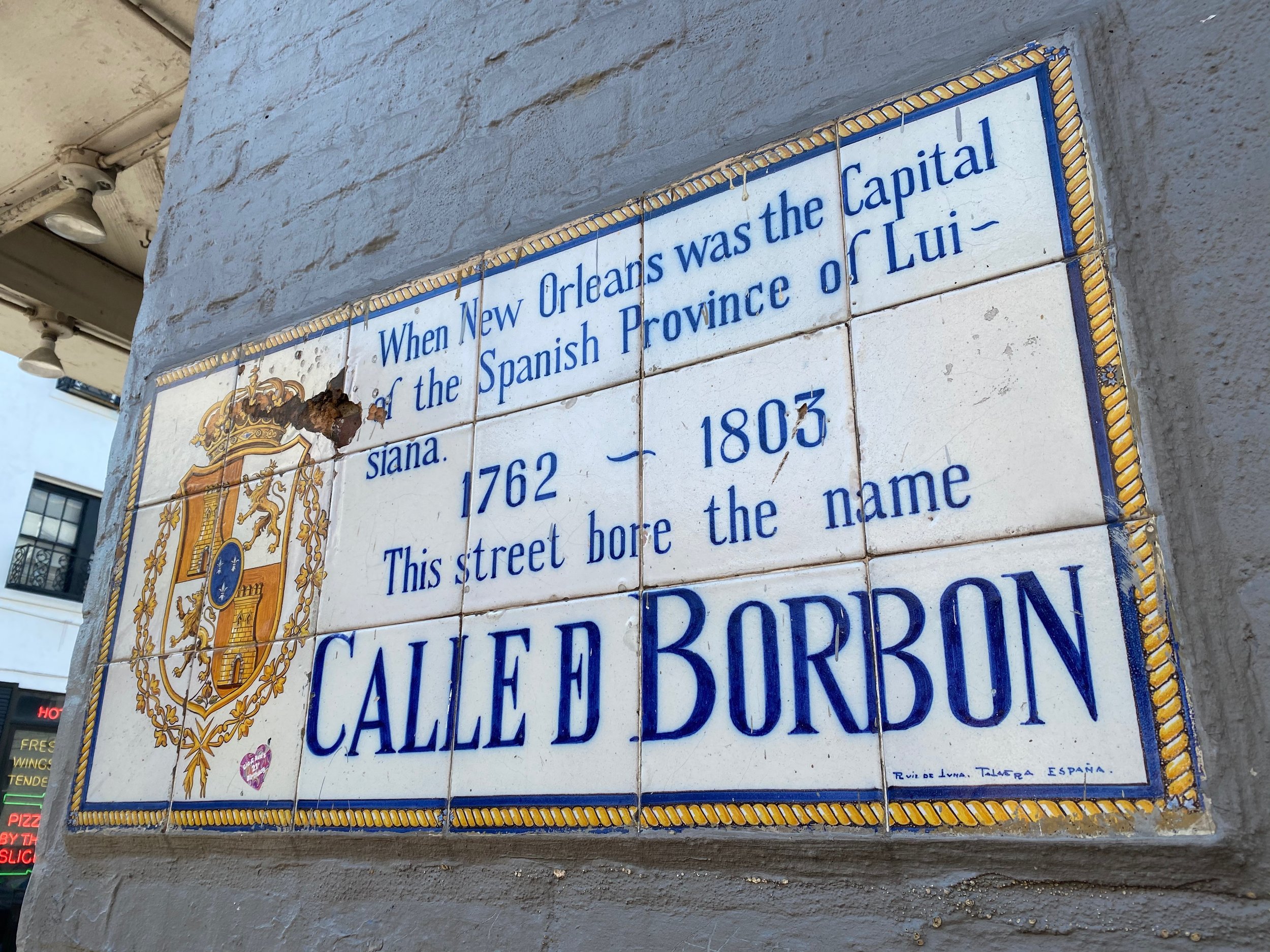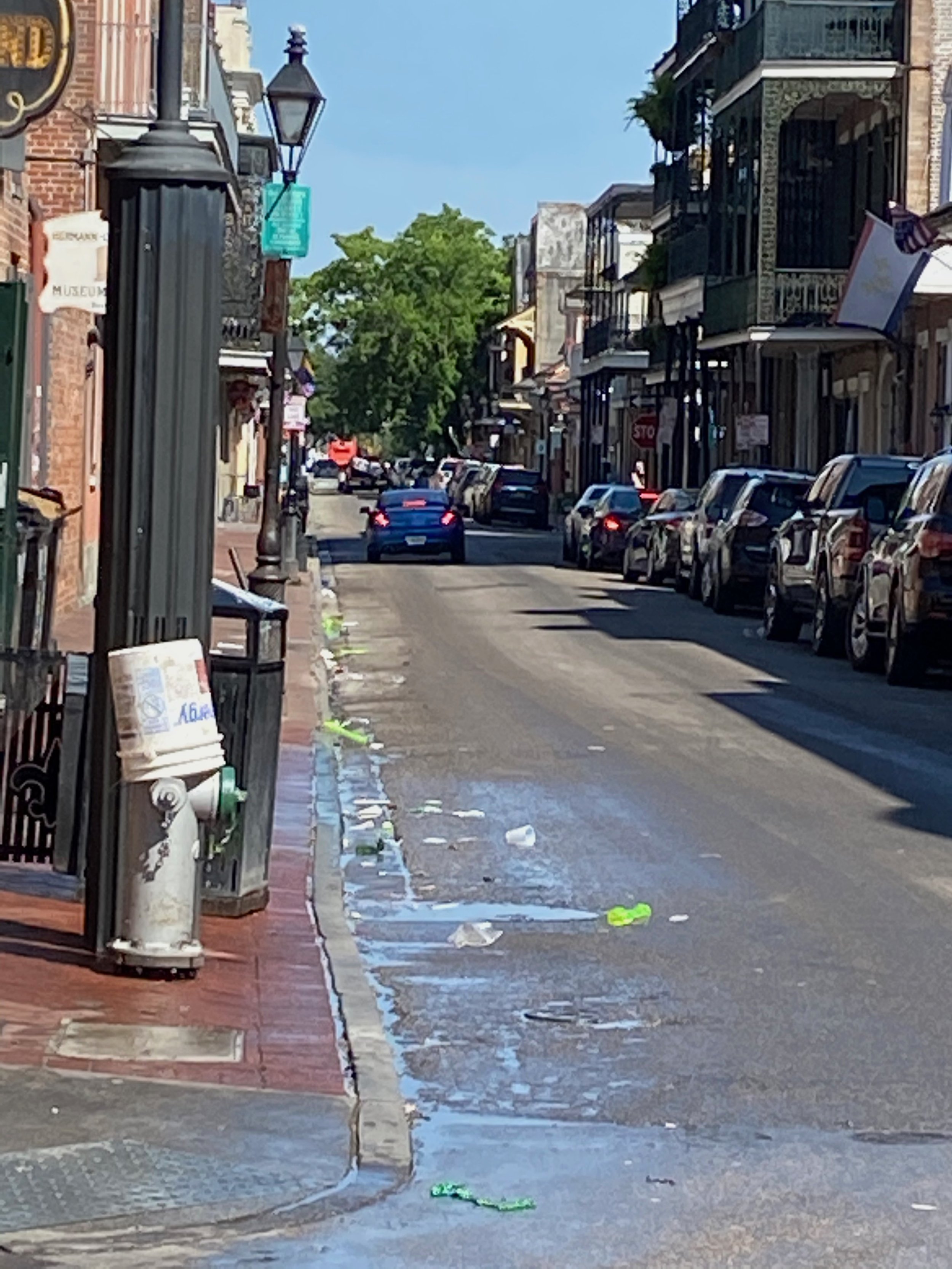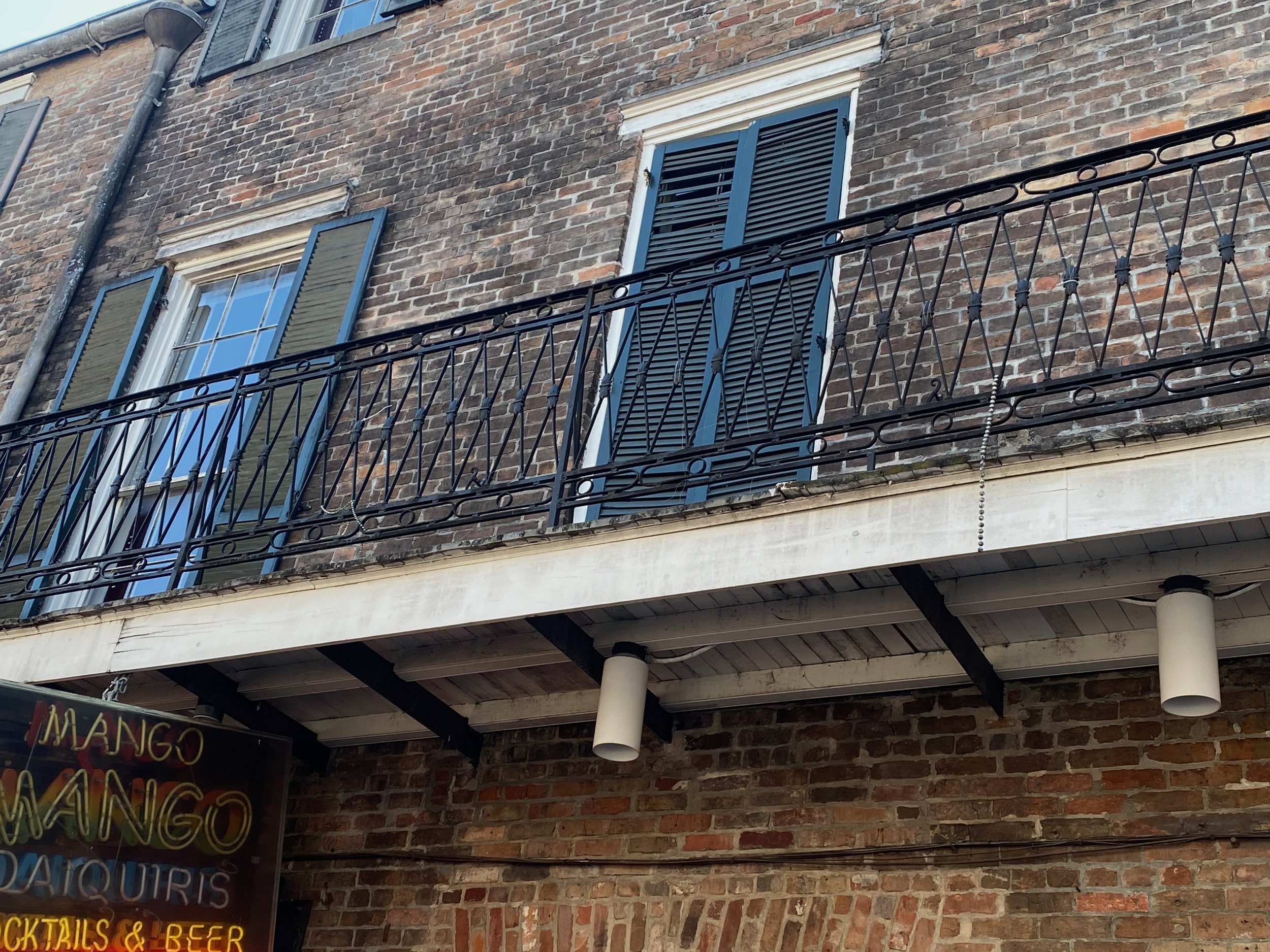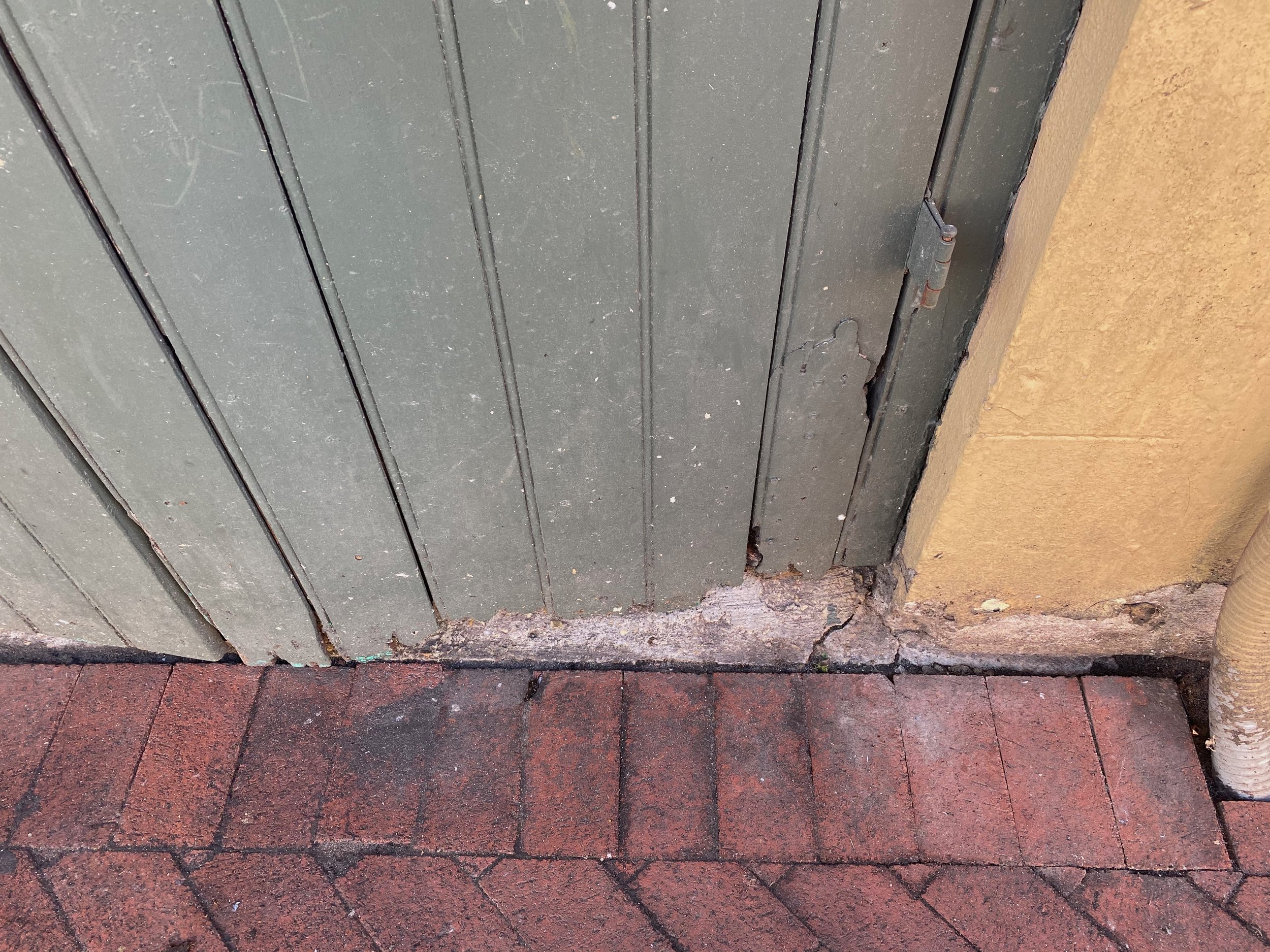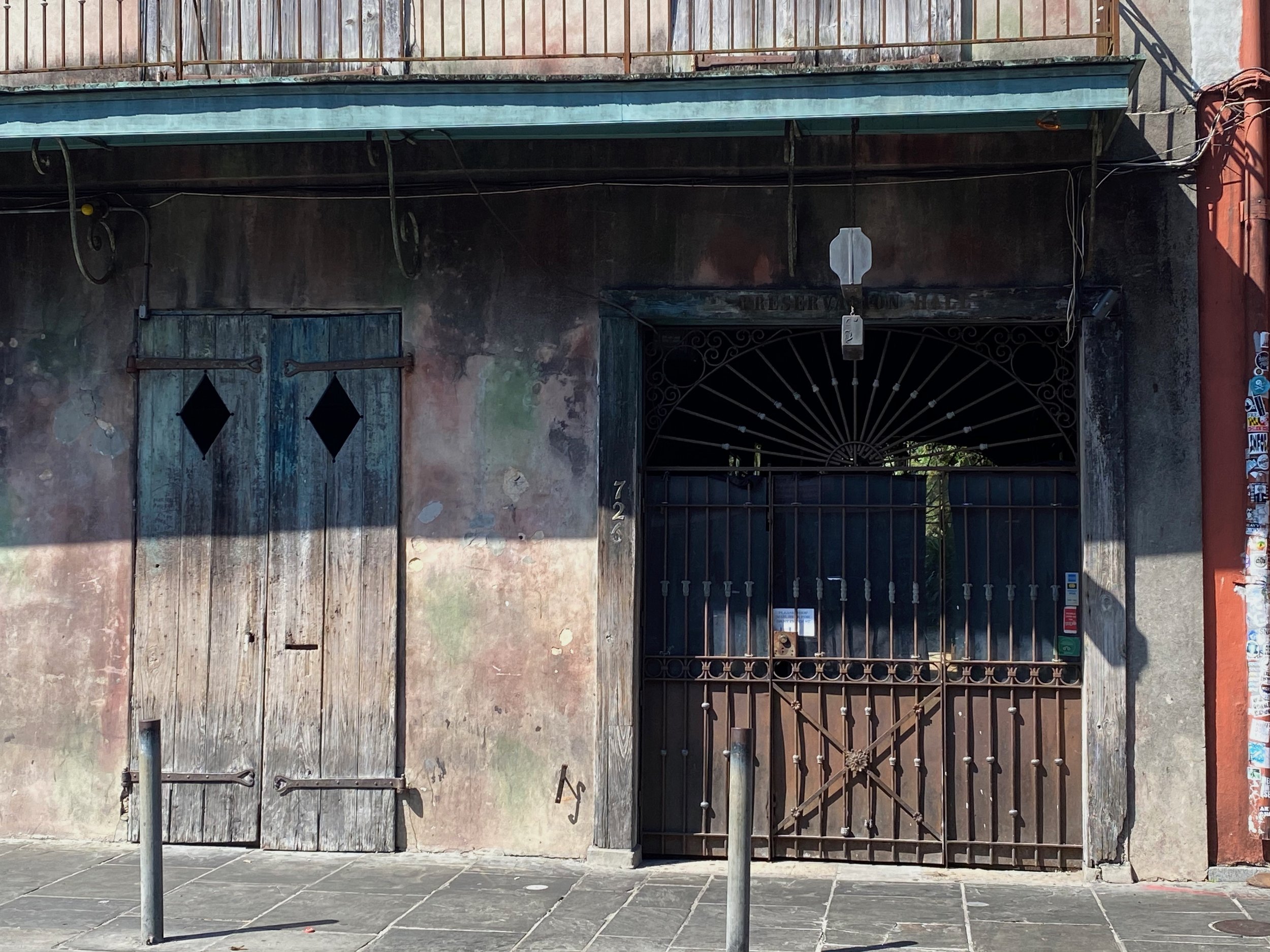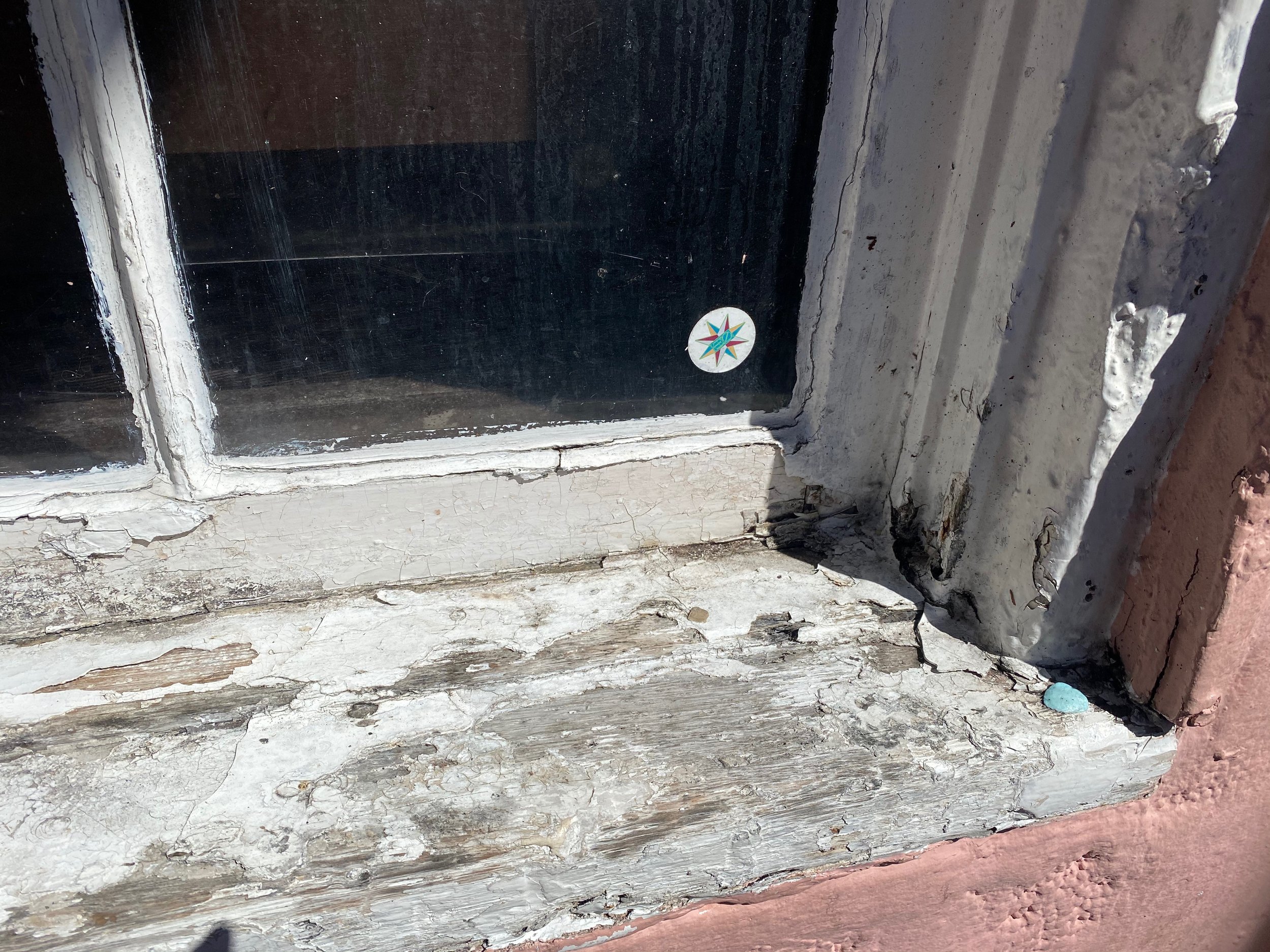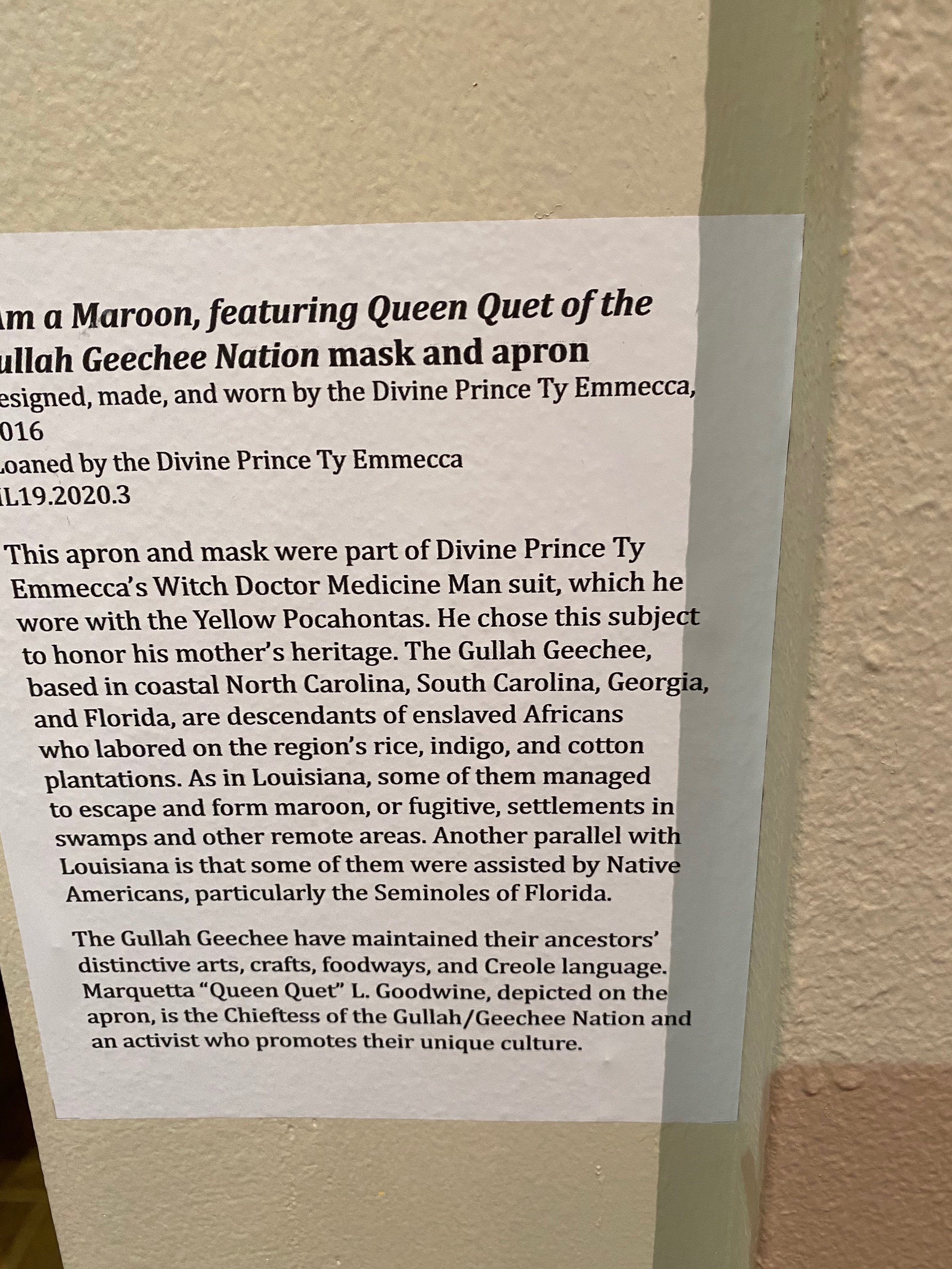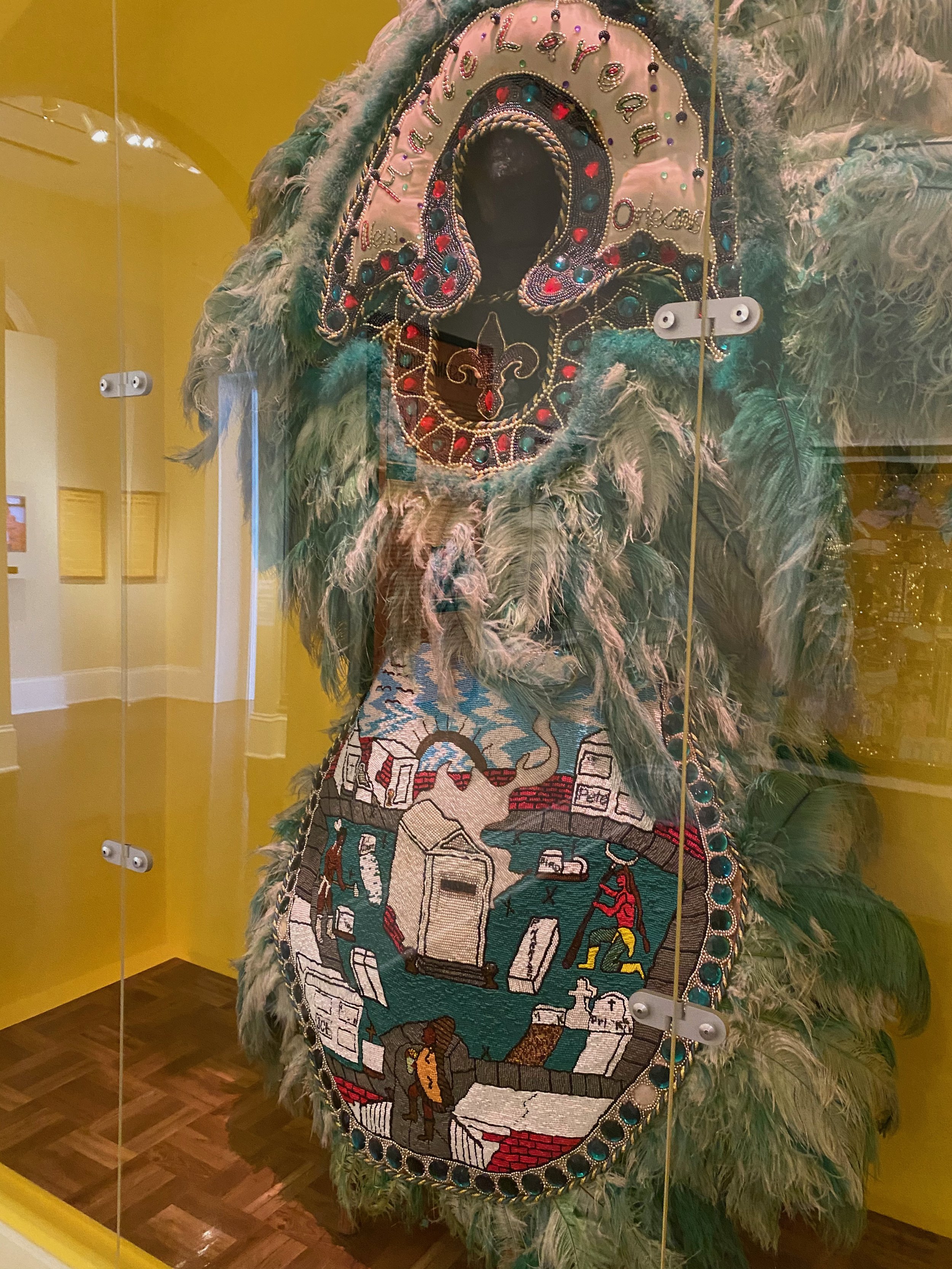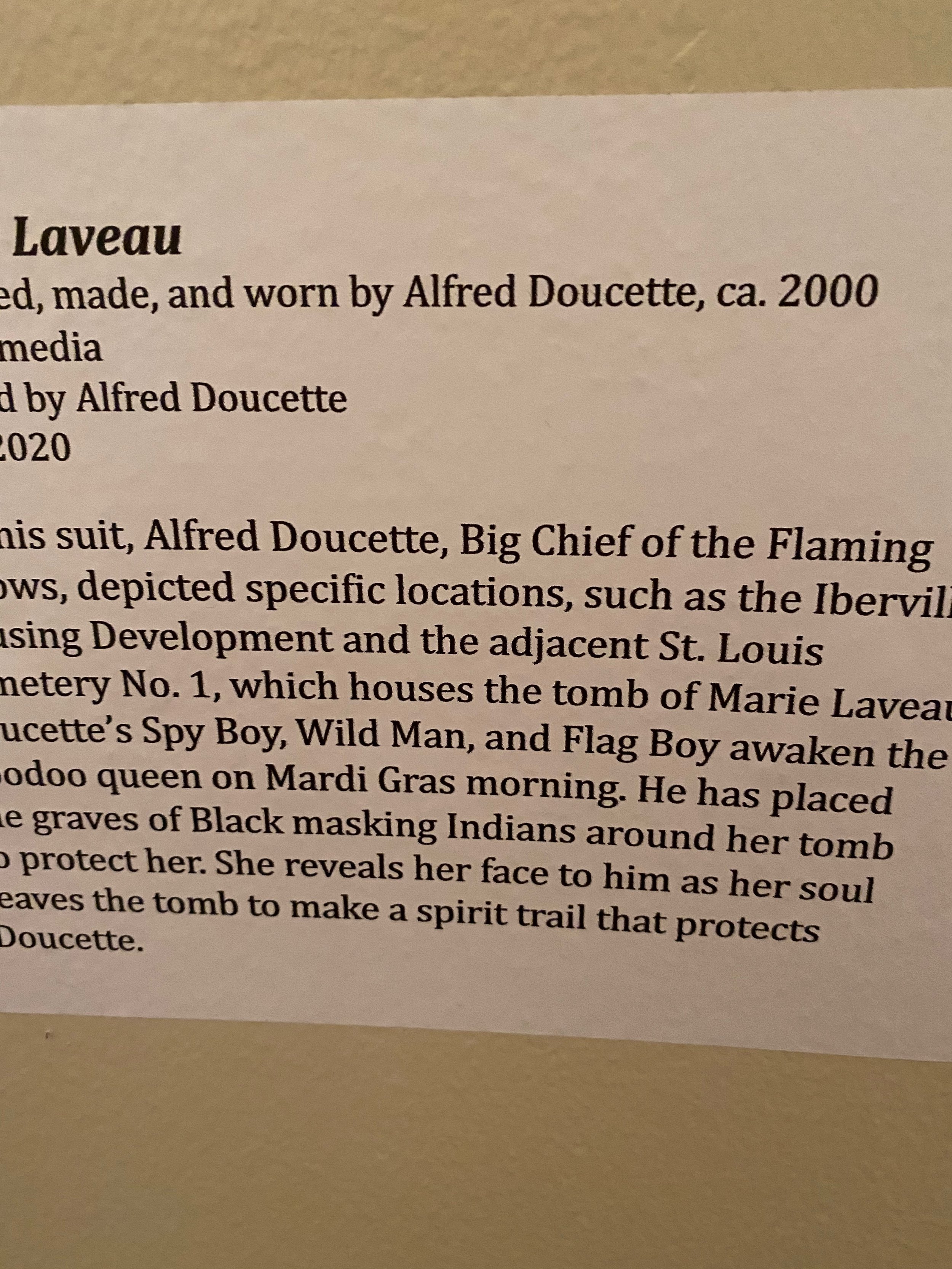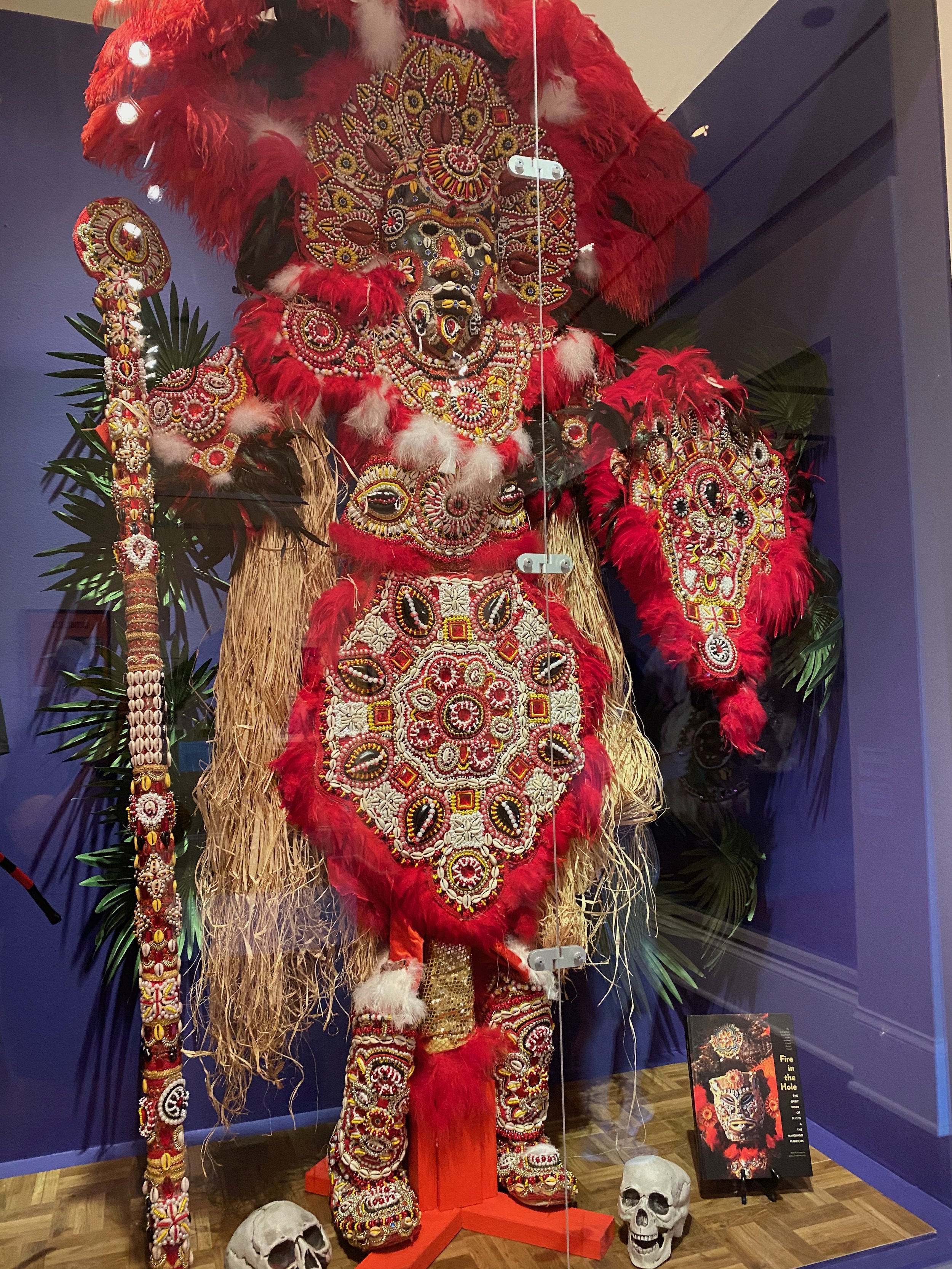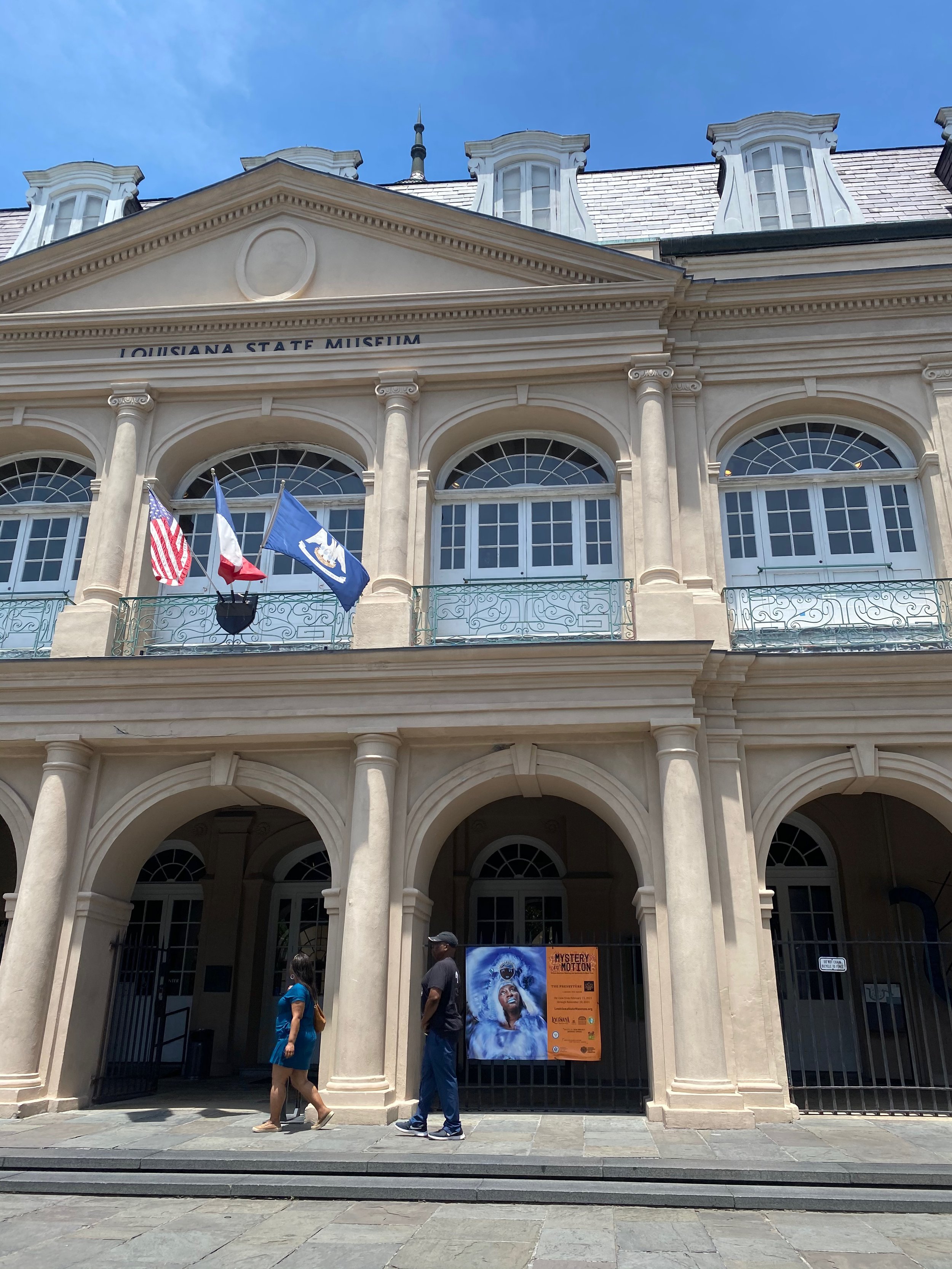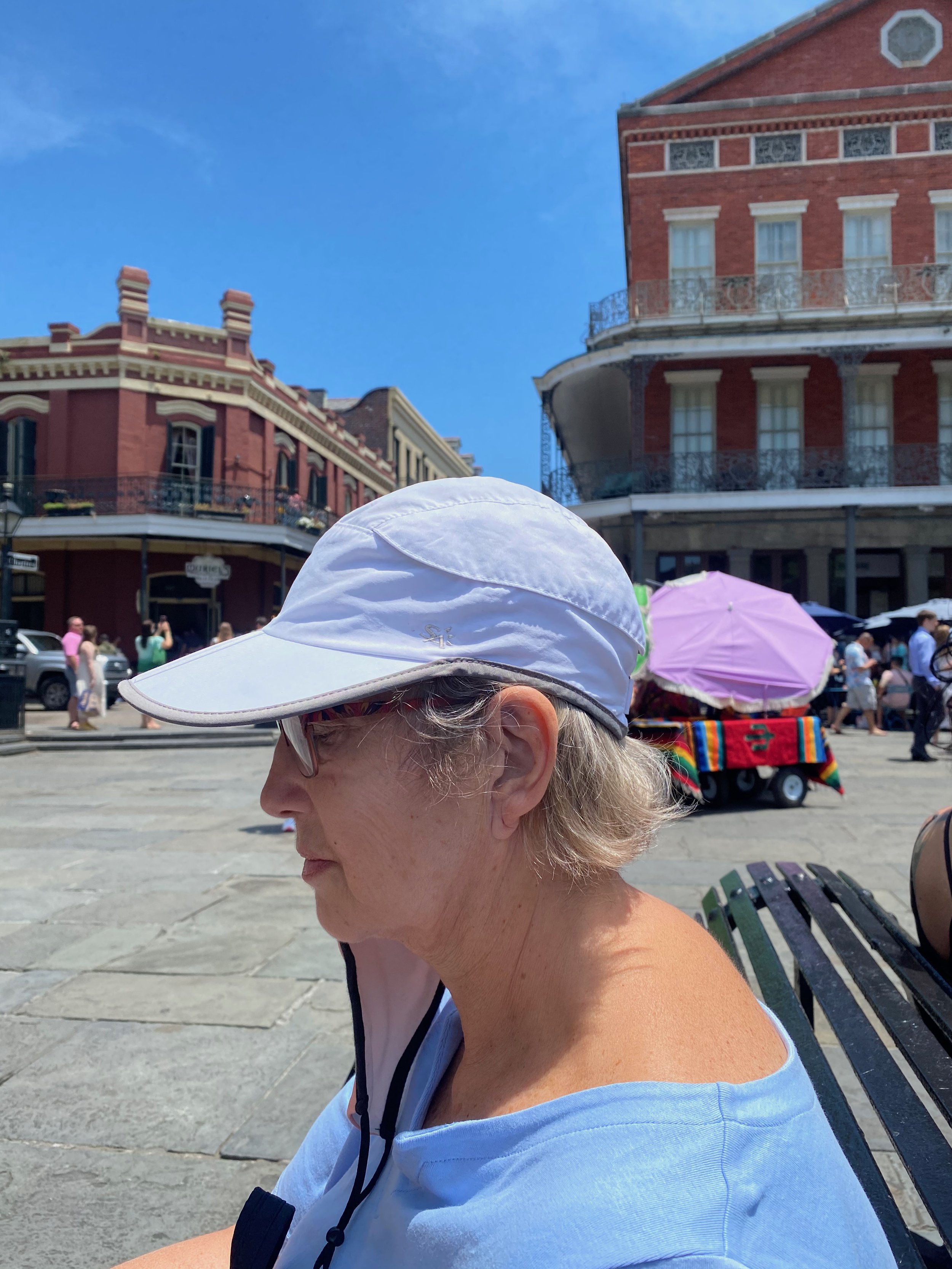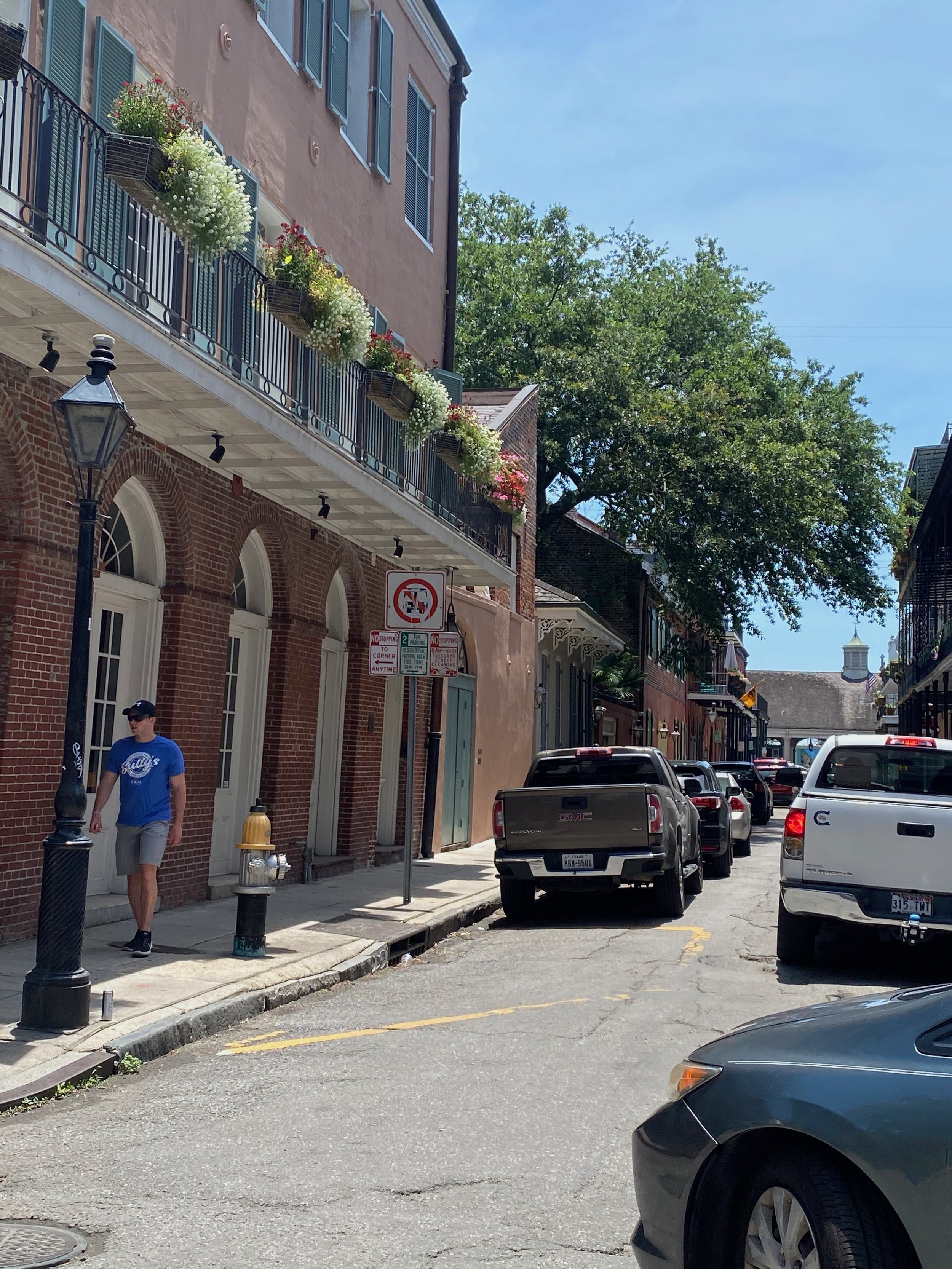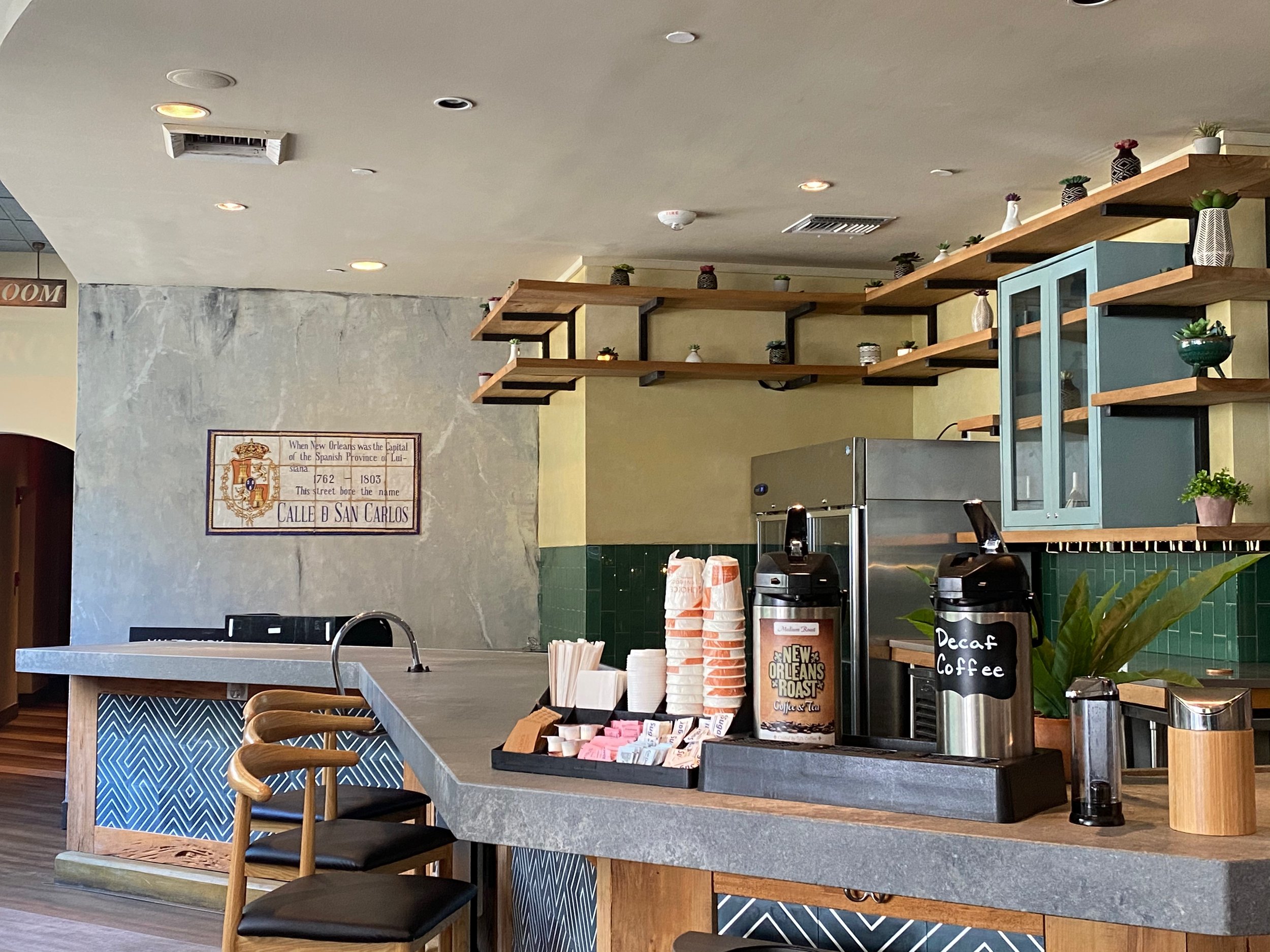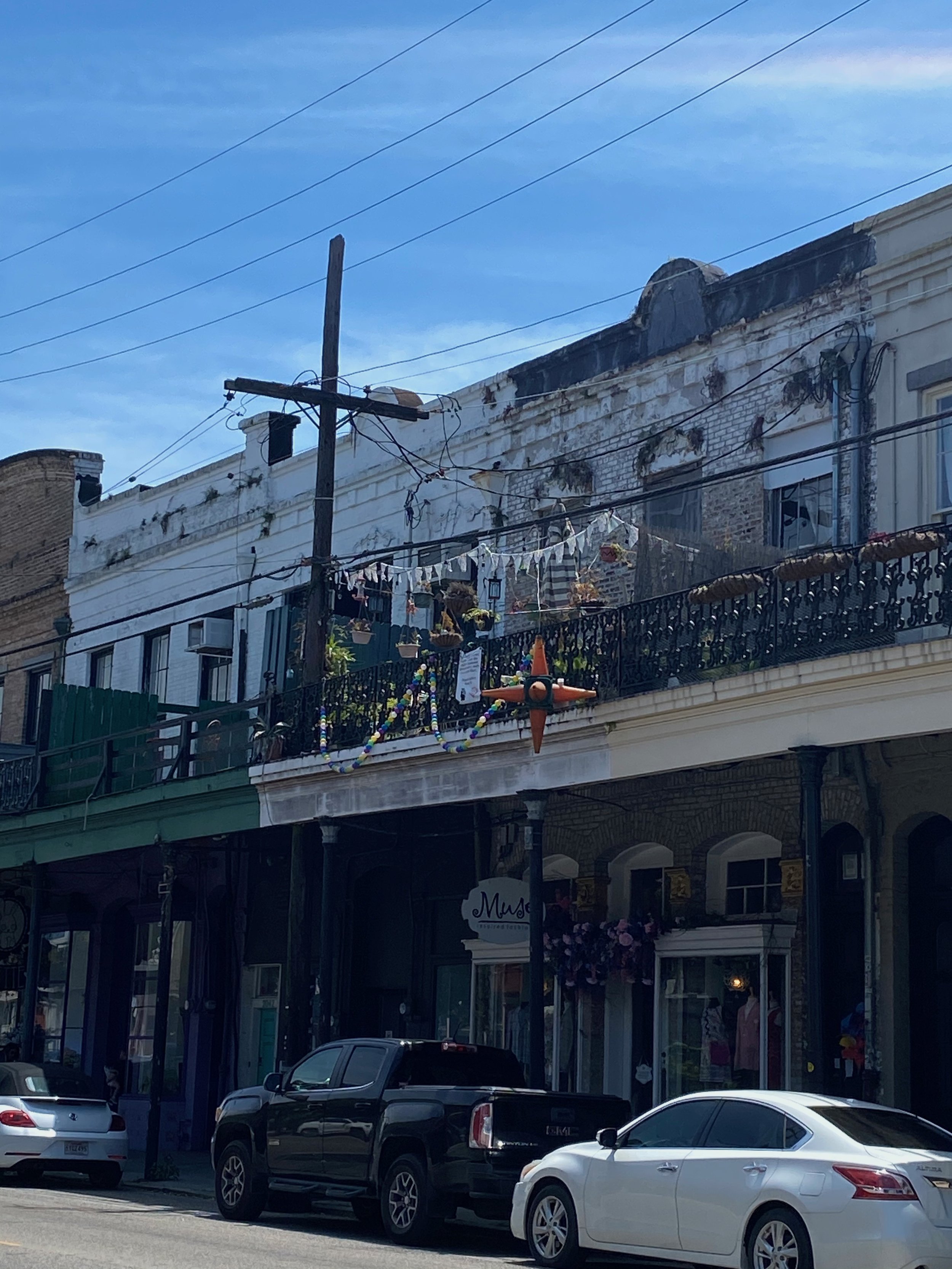
New Orleans
New Orleans
The guide looked at me startled by what I said and then nodded. Yes if you live in New Orleans you are always living with dichotomy. Earlier I had made him uncomfortable by asking him why he came back after Katrina and drilling him about the problems I was seeing. He literally was leaning away from me looking for a way out when I realized what I was doing and stopped. Then it occurred to me that it was hard to live in a place and justify it when this place was just a mass of contradictions. How does a person ever justify their love a place that’s so messed up? That’s when I asked him if a person lived here they were always living with dichotomy.
Let me explain. For those people who go to New Orleans for a long weekend to party, drink, listen to music, it can be easy to overlook the flaws. Unfortunately, Mary and I were not partaking as so few people in New Orleans were wearing masks and Covid was on the rise. We missed a huge slice of what makes New Orleans special. Frankly we were in the minority. Nightly raucousness occurred, but I hate to think how many people went home with the dreaded C.
Denied these primary entertainments, we focussed on museums, historic houses, neighborhoods, local parks and walks, Lake Pontchartrain, Magazine Street shopping, the French Quarter and the Jackson Square area. The city is so different, intensely interesting and I could study it for a lifetime and never completely understand it.
New Orleans has one of the most unique and interesting histories in the US. Originally the high ground, currently occupied by The French Quarter and Old Town, was the site of a highly evolved and wealthy Indigenous population who traded up and down the Mississippi and along the shorelines of Alabama, Mississippi, Texas, and Florida. They were killed off and kicked off the land, since it was one of the few high spots along the river, by the French, who lost it to the Spanish, who ceded it back to the French just before Napoleon sold it to the USA in the Louisiana Purchase. Based on sugar and cotton plantations up and down the MS river, the town was wildly prosperous during the slave era. The Slave and Freed Slave population constituted 42% of the population. All four cultures, African Americans, French, Spanish and USA contributed to a melange of architecture, food, music, religious practices, law, etc that make up its culture. This is one of the major reasons it is such a compelling and interesting city to visit.
New Orleans had its heyday in the slave era and slipped in its aftermath.
It has a couple of really big problems that have never been fixed. I am not sure they can be. Every fix creates a bigger problem. Essentially the city was built where no-one should build a city, in a swamp, on an ever-changing Delta, near water that fluctuates and cannot be truly controlled, in the heart of hurricane alley, and bounded by large bodies of water that tend to flood. If people had stayed just on the high ground of old town, they might have been able to sustain a small city, but they kept building and dredging and eventually creating concrete dikes from Baton Rouge to New Orleans which only exaggerated floods by taking away the swamps that usually took the overflow of water. It’s a struggle against nature to live in the wet, hot swamp that is New Orleans.
Again, those people who come for a few days, party hard, visit the garden district on a bus tour and go home, may miss some of the markers of that struggle. Mold covers many of the buildings even in the exorbitantly expensive Garden District. Ferns, flowers and weeds sprout from any crack in a building and proliferate on chimneys. Water trickles from nowhere, puddles and births multitudes of insects. Any surface not constantly taken care of will begin to swell and rot. All this natural deterioration is aided by the corruption in higher circles siphoning off money meant for rebuilding and caring for the city.
Our mantra, as we toured the city, was - what happened here? What’s going on? I asked a guide about the pervasive green mold that was growing on the iron balustrades. I asked her if they had had a particular rainy spring. She said - what mold? I pointed and said that mold all over these national historic buildings and their beautiful ironwork balustrades. “Oh”, she said, “I never saw that”. She gives tours of Jackson Square and the French Quarter every day and never noticed that the building had turned green. These balconies of buildings in which people lived, (scary thought), were held up by steel columns put in place next to the original ironwork because those were rotting out and couldn’t hold the balconies up anymore. These are National Historic Heritage Buildings owned by the city. They are not being taken care. She walked us by a big building that used to be a laundry. It’s doors were rotting, the walls showed signs of the last flood, the brickwork around the windows was crumbling. Overall it looked like it was going to crumble to the ground at any time. She told us this was the official storage place for New Orleans government records. I laughed. I thought she was kidding. I said, well if they aren’t all rotted by now they will be by the next hurricane. She took offense. Living with dichotomy. In order to survive the dichotomy of New Orleans, she just didn’t see the rot. Really, in my opinion, she just couldn’t see it and remain sane.
Everywhere we went we encountered the same blind eye. We made a reservation at a restaurant, specifically stating we wanted to eat outdoors because of Covid. No problem, they had a patio. They seated us outside by the seam of the wall between their building and the next. Water was seeping continuously through the seam, creating a pool of scummy water right under one of the chairs. She placed a fan on the table, explaining that they were a lot of midges. No kidding. Pools of scummy water do create clouds of insects. When I pointed the water out to her she said, “Oh, I didn’t see that.” UMMMM. You didn’t see it? Like the guide, in order to live in New Orleans dichotomy, maybe she kind of had to “NOT SEE” stuff otherwise it would drive New Orleaners as crazy as it drove me. Needless to say we did not stay to eat.
So here we were in one of the most unique places in the US and I could not get past the mess and deterioration. It drove me nuts. Thus leading to the rude grilling of our Treme District guide and my sudden realization of what it might take to live somewhere you couldn’t explain or excuse.
Living with Dichotomy also began to explain how many people either stayed for Katrina or came back afterwards. Any conversation with a cab driver, salesperson, waiter, guide, etc, quickly turned into a Katrina story and not because we asked. Some people were clearly still suffering from PTSD. It broke our hearts. It also made little sense and can only be explained through living with dichotomy. Love the bits you love and turn a blind eye to the rest.
There is a lot to love in New Orleans. Here is the list of what we loved:
The Streetcars. Every last thing about them is ADORABLE including the drivers who I loved.
The mansion tours were fascinating.
The shopping on Magazine street, while small, really was extraordinary. We could have spent a fortune in some of the stores.
The Cabildo and The Presbytere museums are definitely worth you time, especially the permanent exhibit on Katrina. Be prepared to find a place to have a drink afterwards. It will deplete you.
Cafe Amelie: Outdoor dining and exquisite food.
Walking around the garden district
The Treme Tour: also heartbreaking.
One day I may go back to partake of the music and dining. I hope Covid goes away before the rain washes the city into the delta.
Anecdotal Stories & Observations:
We called an “uber” in order to get to Jackson Square for a historical tour of the area by the Friends of the Cabildo. It was our first morning in the quarter, and although it was only 10AM, it was already very busy, traffic was snarled with one-way streets clogged with delivery trucks. This led to an extensive conversation with the driver, an African American man about 60 years old. He told us about being in New Orleans when Katrina hit - neither he nor his son evacuated. His house did not flood, but he talked of his son finding an axe in his house, and as the waters rose, his son cut a hole in the roof to climb to the highest point. After 2 days of being on the roof, he was finally rescued. The father, our driver, had obviously been very worried. He himself experienced an attempted robbery in the aftermath. He was at home asleep when he realized people were in his house. He saw the light under the door and heard someone say “You take that room and I’ll take this room”. He got his gun out and went to investigate, but he figured they heard him and hot tailed it out of there. When he called the police, he was told “There’s nothing we can do for you, no one we can send. If something happens, then shoot them and call us. We’ll come get the body.” He then informed us that he had decided that if another hurricane like Katrina happened, he would leave.
During a tour of the neighborhood Treme (definitely watch the HBO Series “Treme”) the guide pointed out the house that the main character had lived in and informed us that it had been bought and refurbished and was now rented out on Airbnb for $400 a night! Similar gentrification in the area was underway, pushing out long time residents, driving up the cost of homes and adding to the “Disneyfication” of the area. And yet, the area clearly has a long, long way to go.
The docent at a a museum we visited shared his observations about life in New Orleans today. Most notably perhaps was his observation that the city seemed most concerned with spending its funding on areas that support the tourist business, while areas that are lived in by the residents get scant attention. I will say that I have never seen so many potholes - big ones - in any one place. And the whole time I was there, I never once saw a policeman.
A call for a tax in the middle of the day simply went unanswered!
I have never, ever, seen so many tattoos - on every body part - faces, arms, hands, legs, breasts - it was truly amazing to behold.
Sadly, I have not seen as many indigent people since we visited LA. Many are only half dressed and appear to be walking around in a stupor. It was most disconcerting.





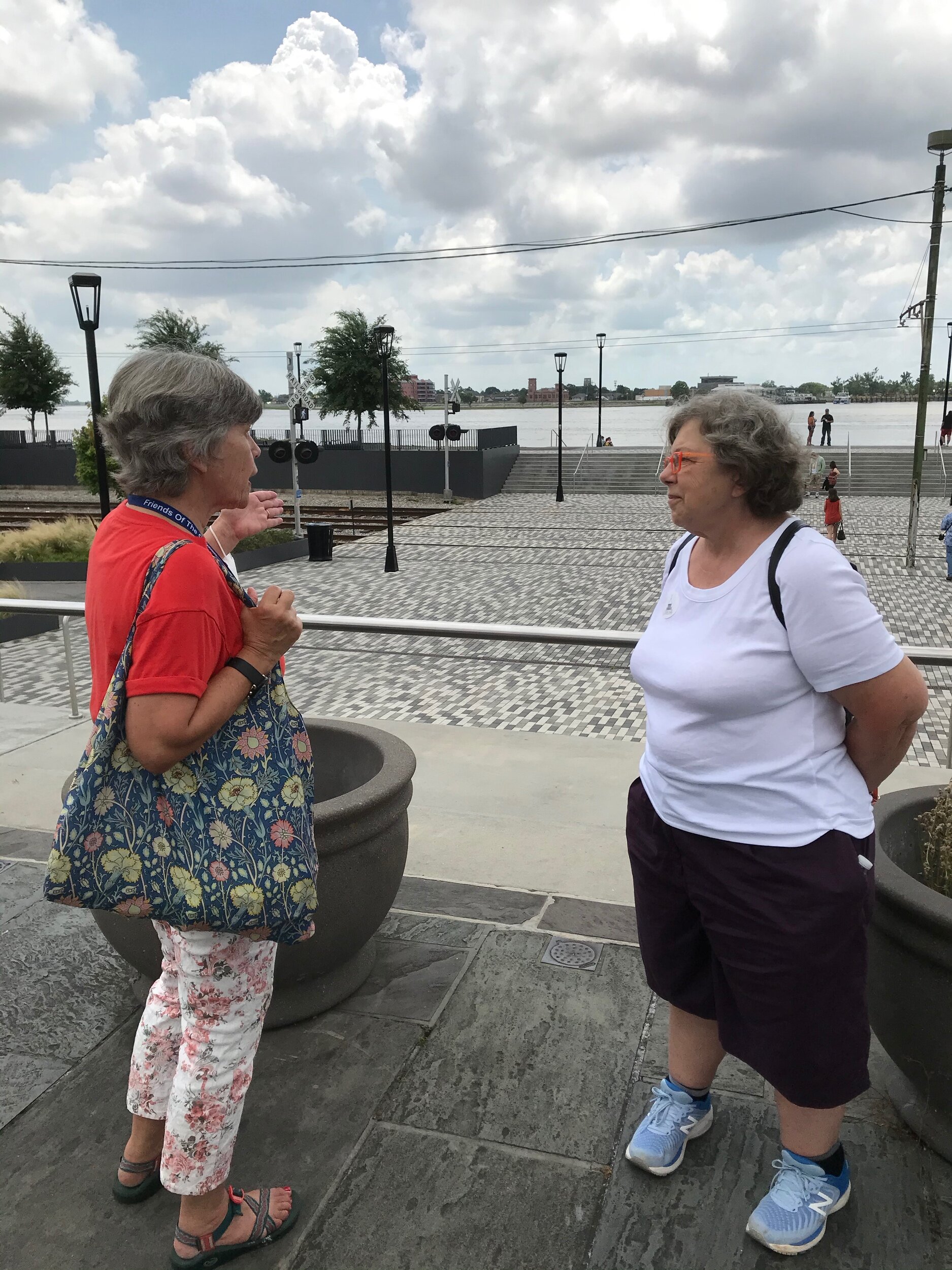
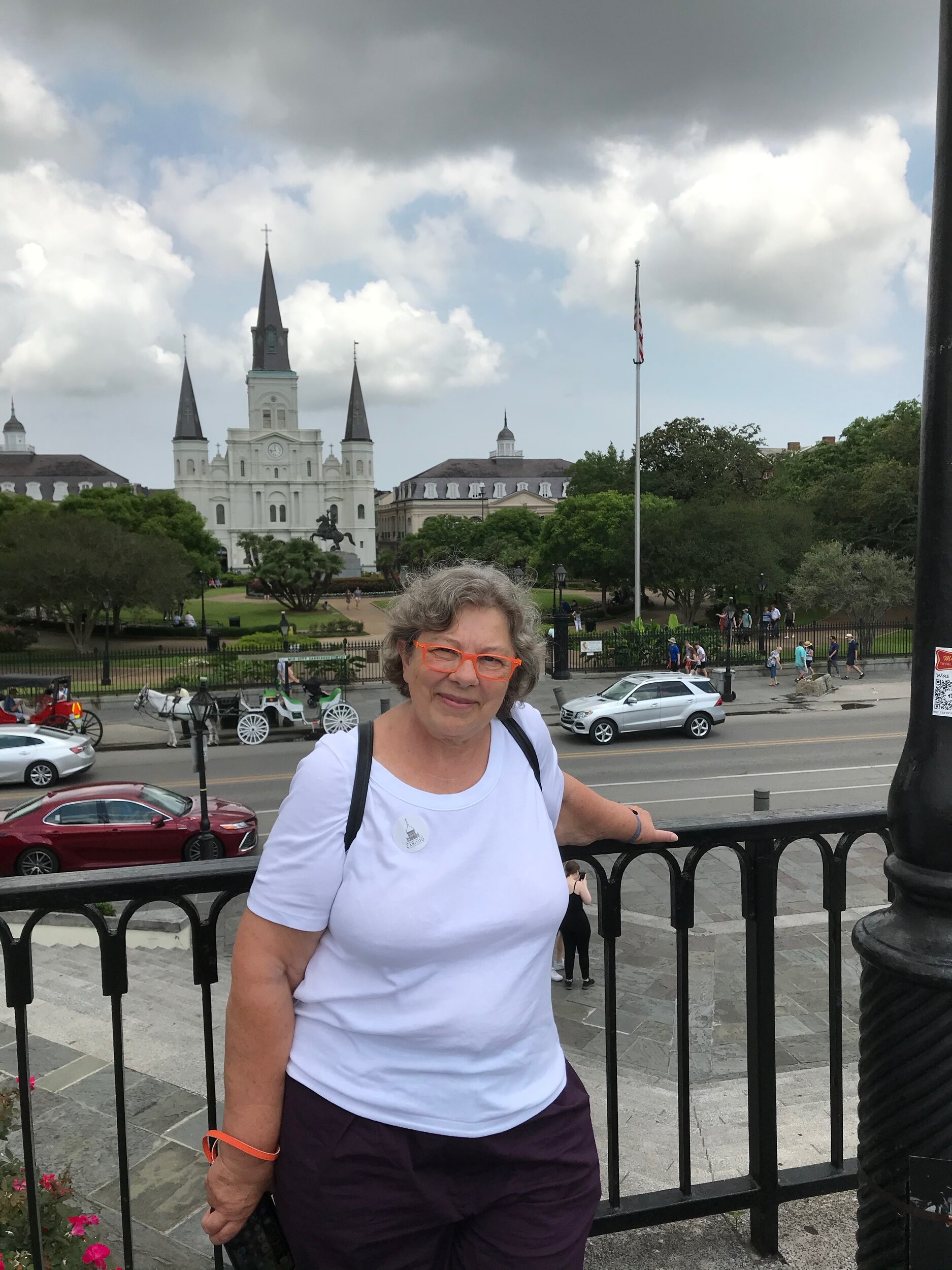







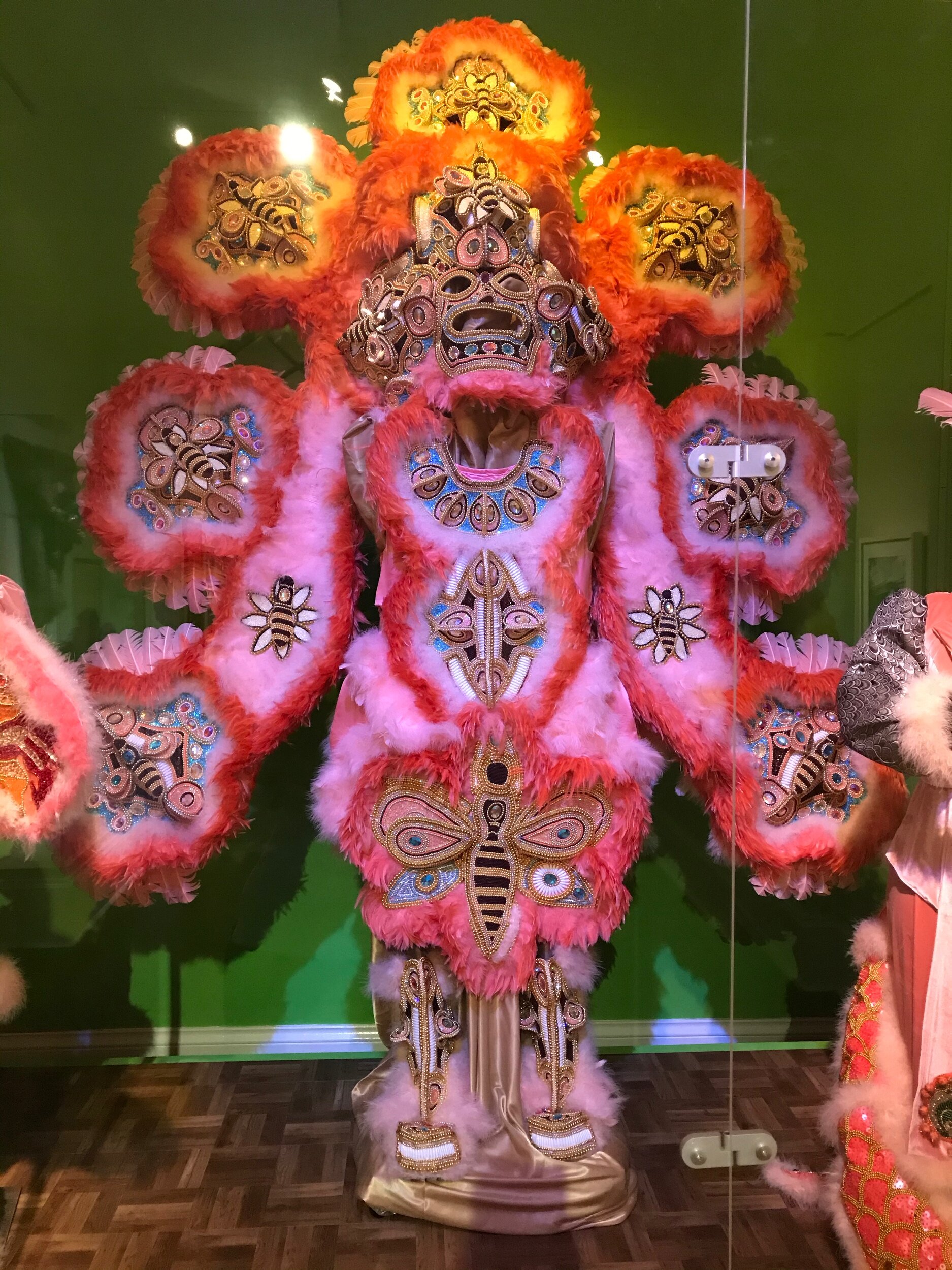








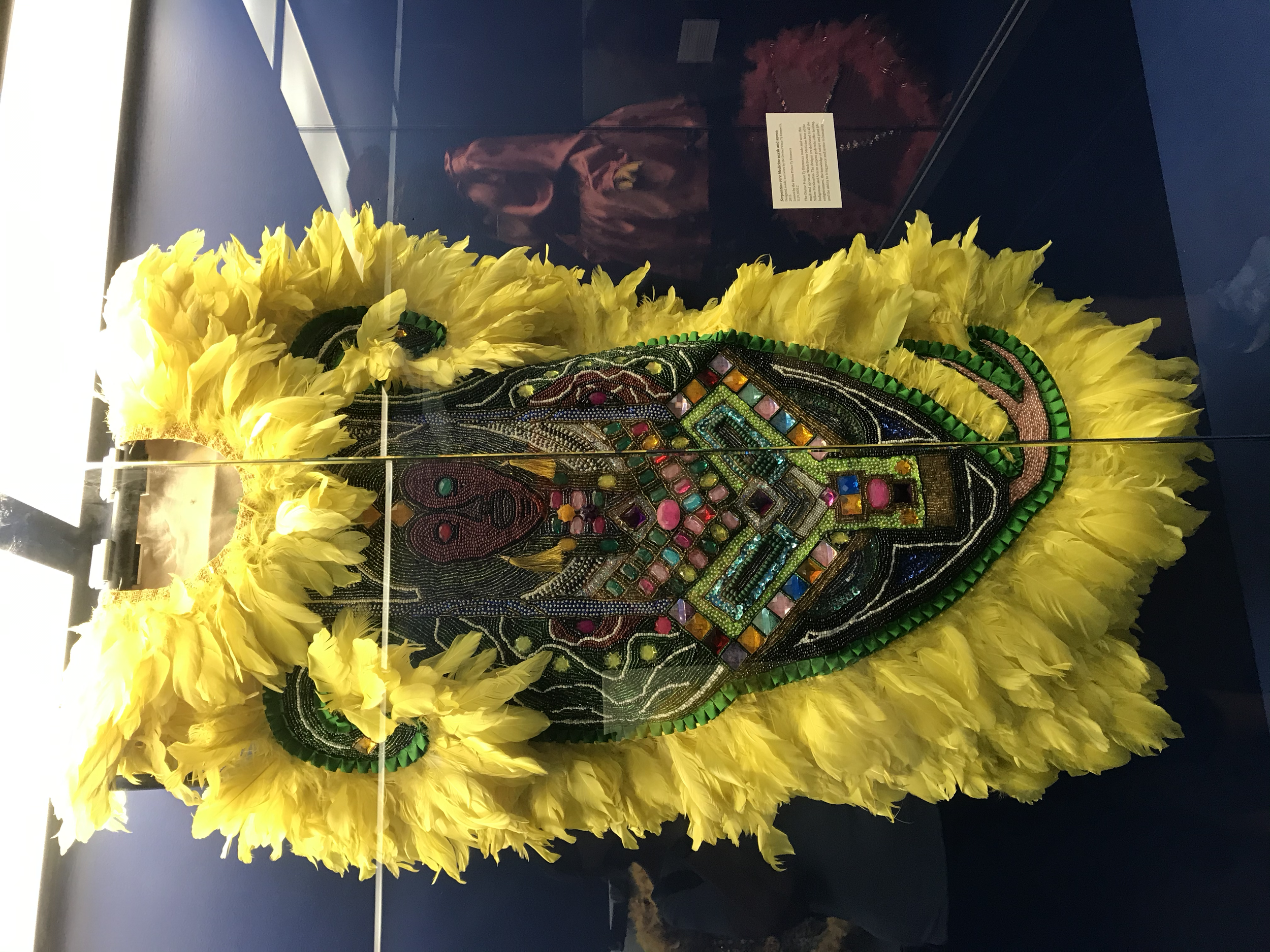

Photos of Jackson Square, The French Quarter and Old Town.
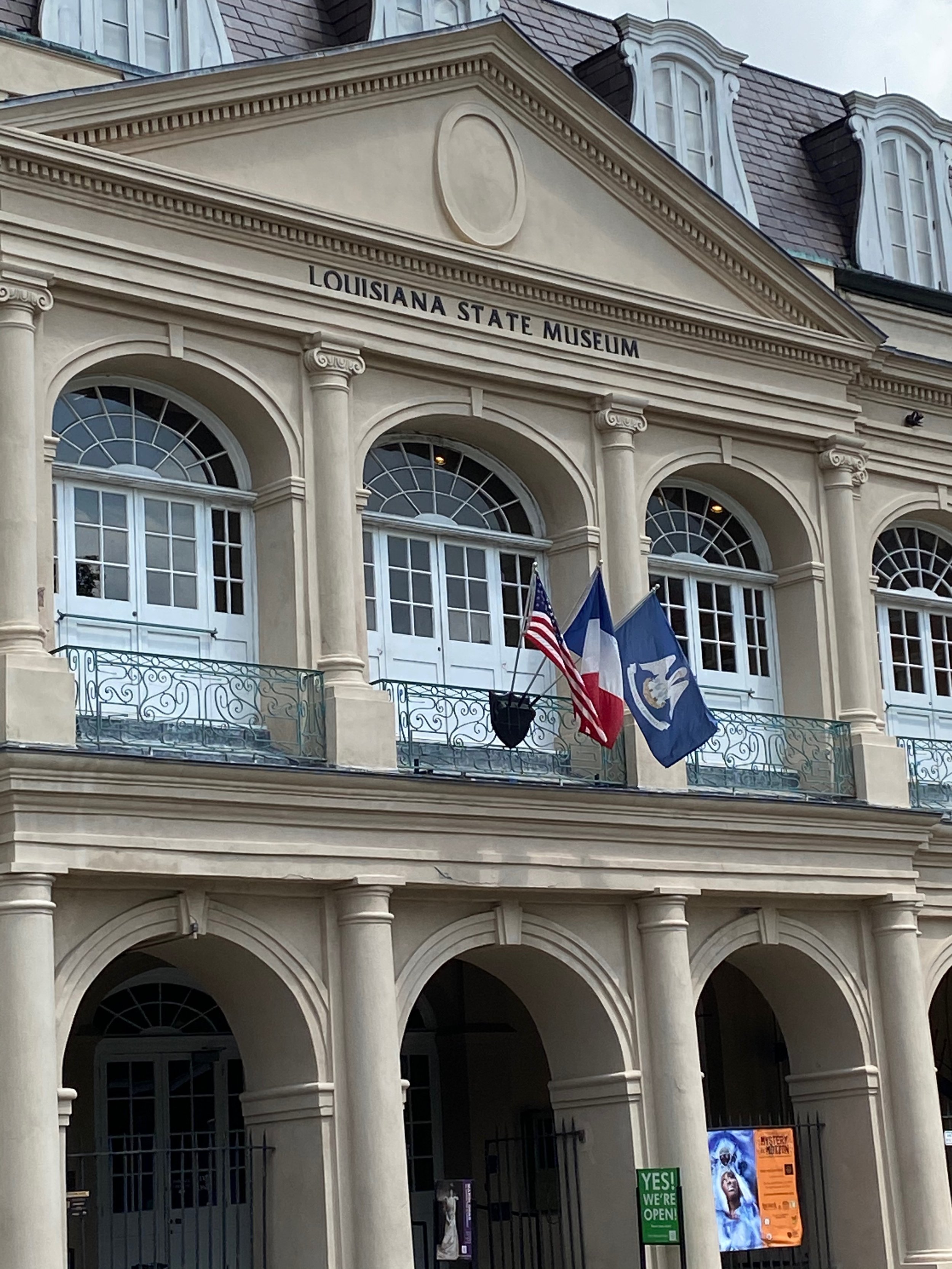
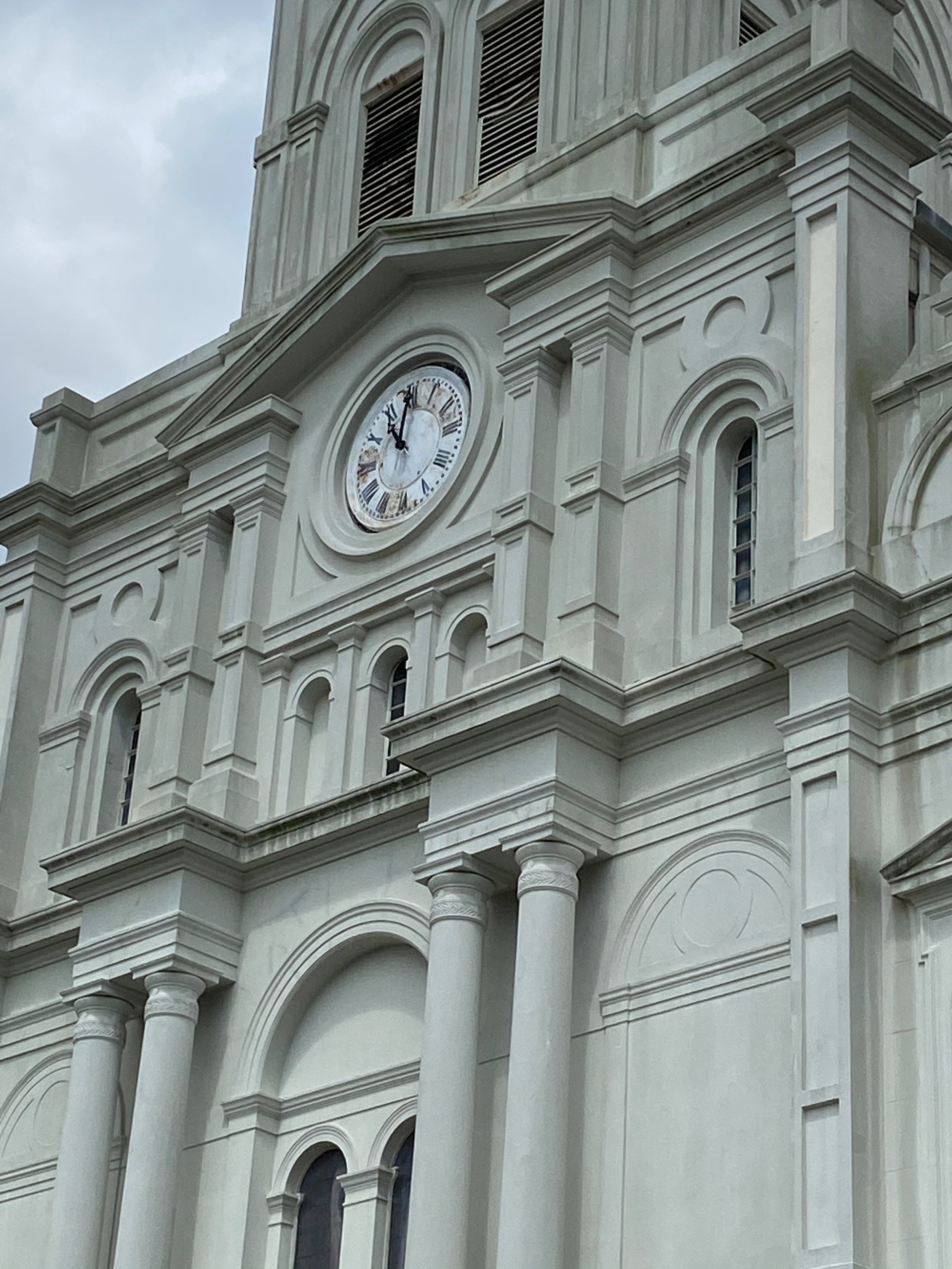
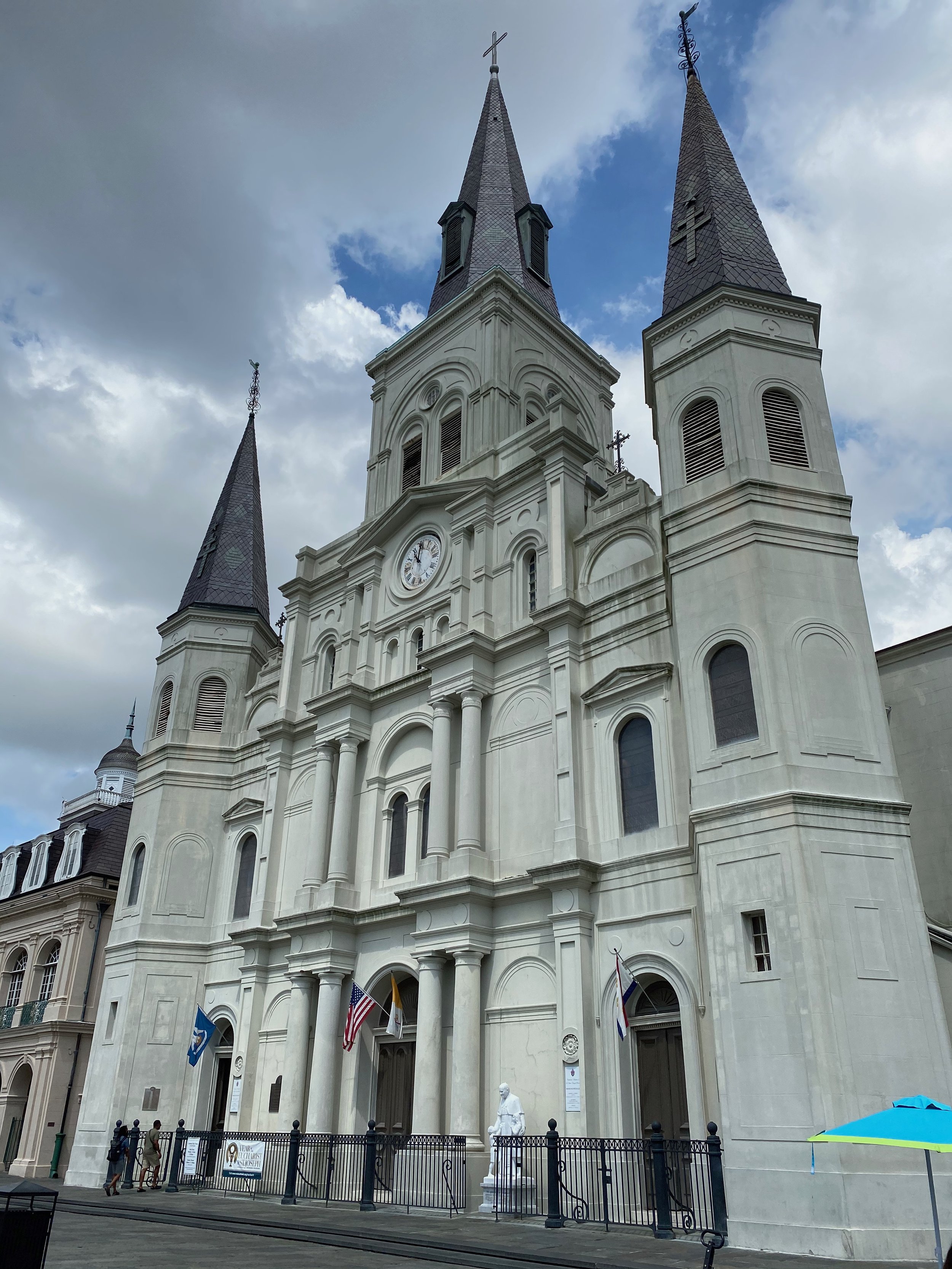
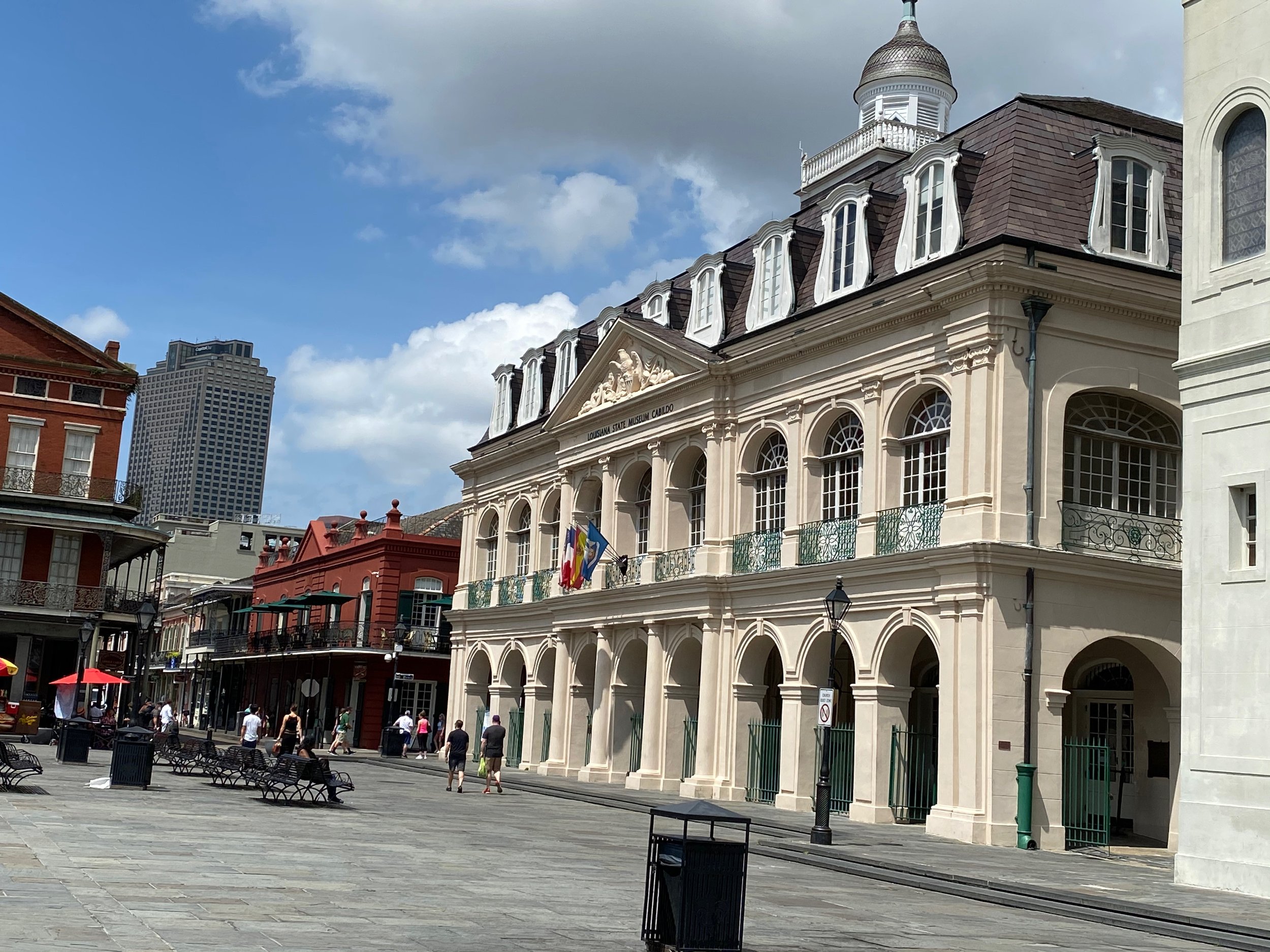
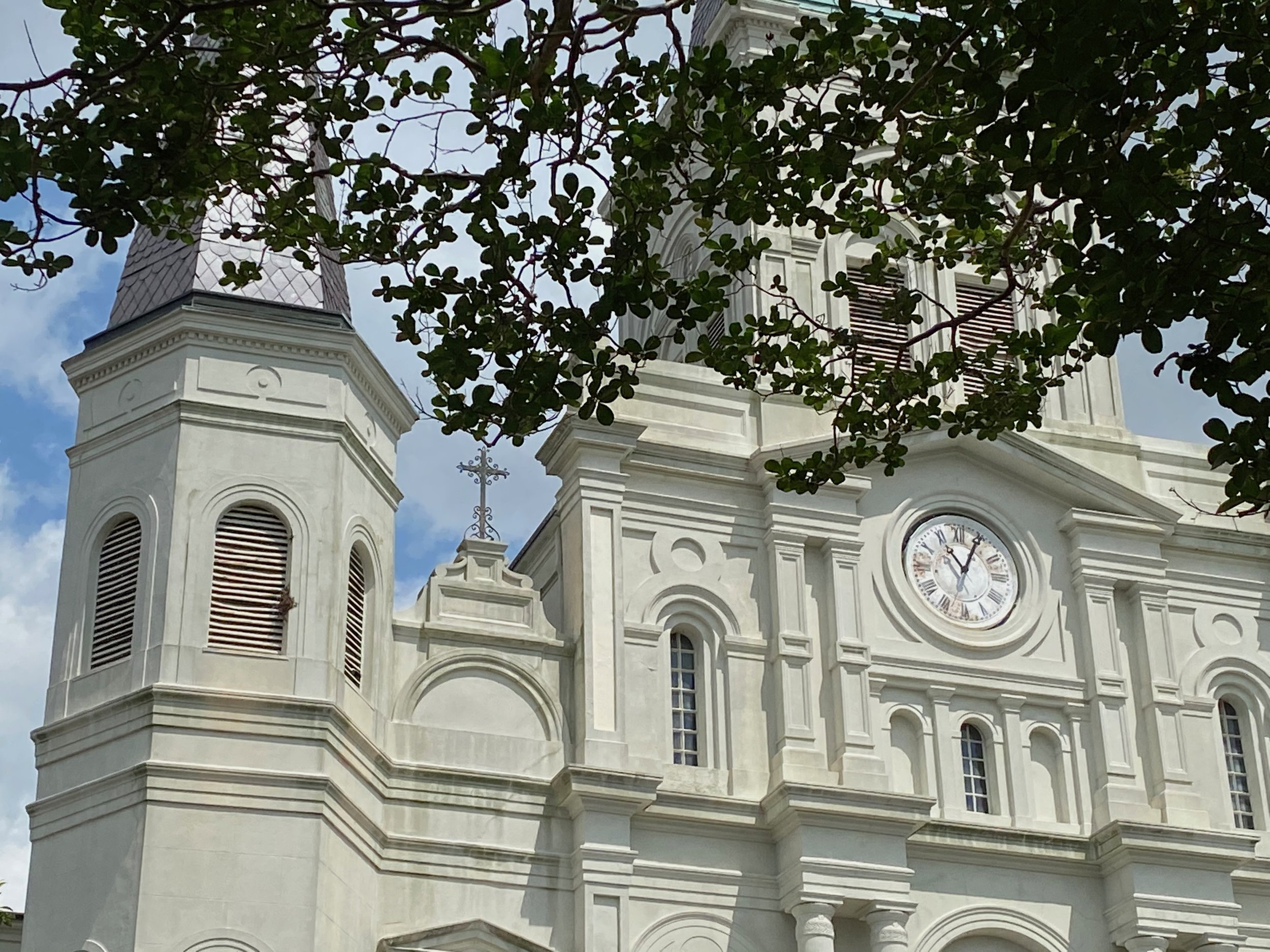
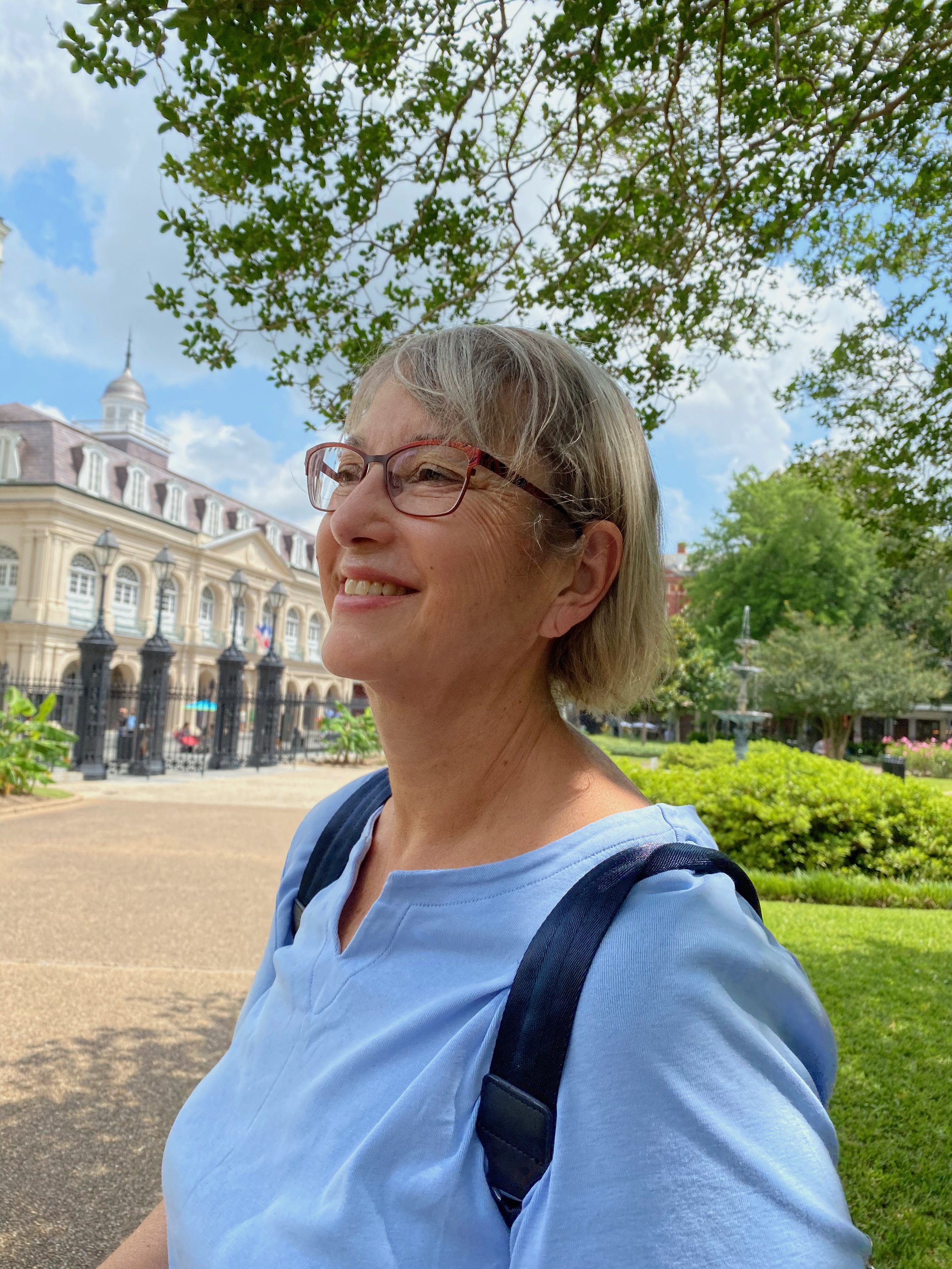
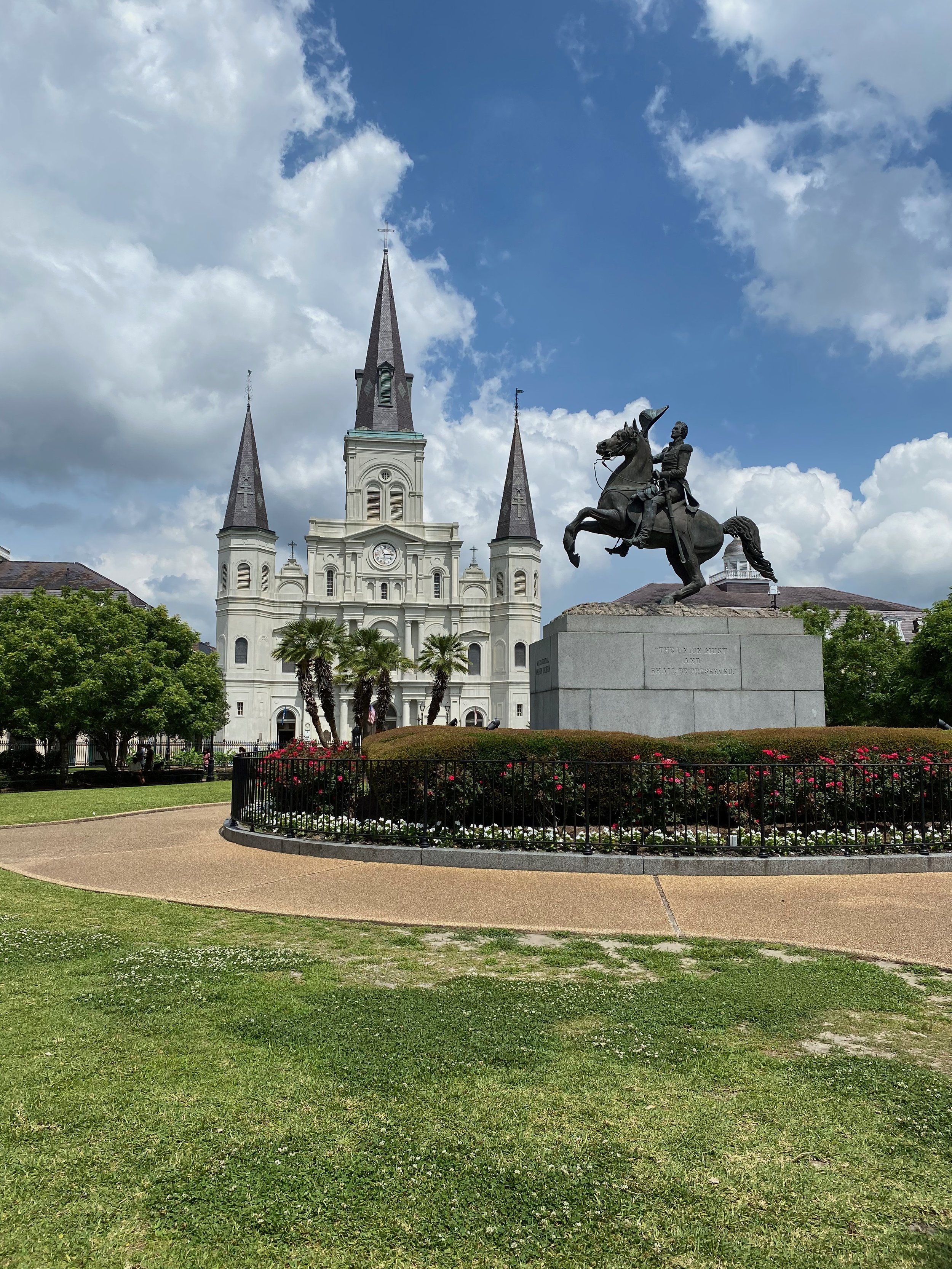
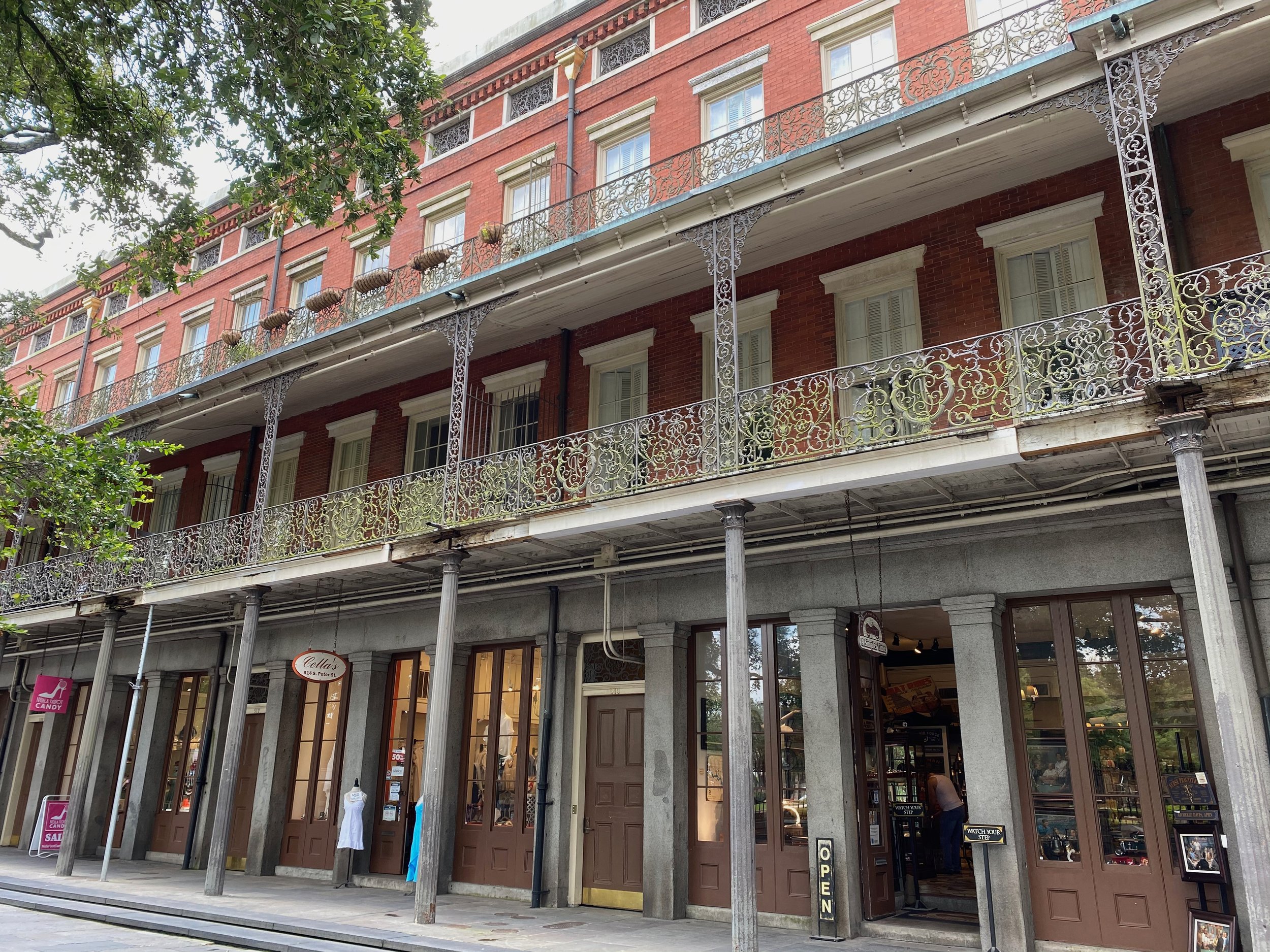
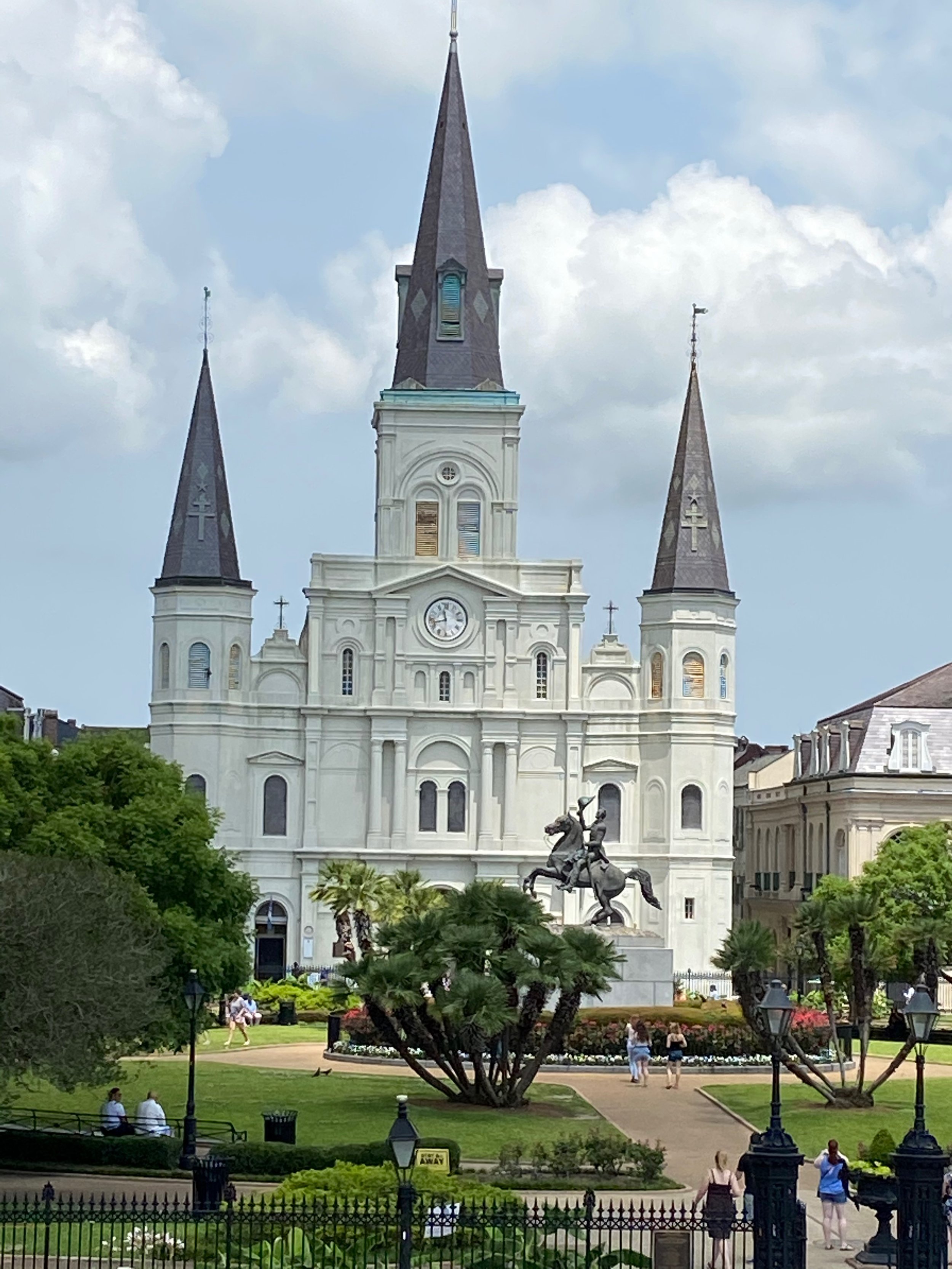
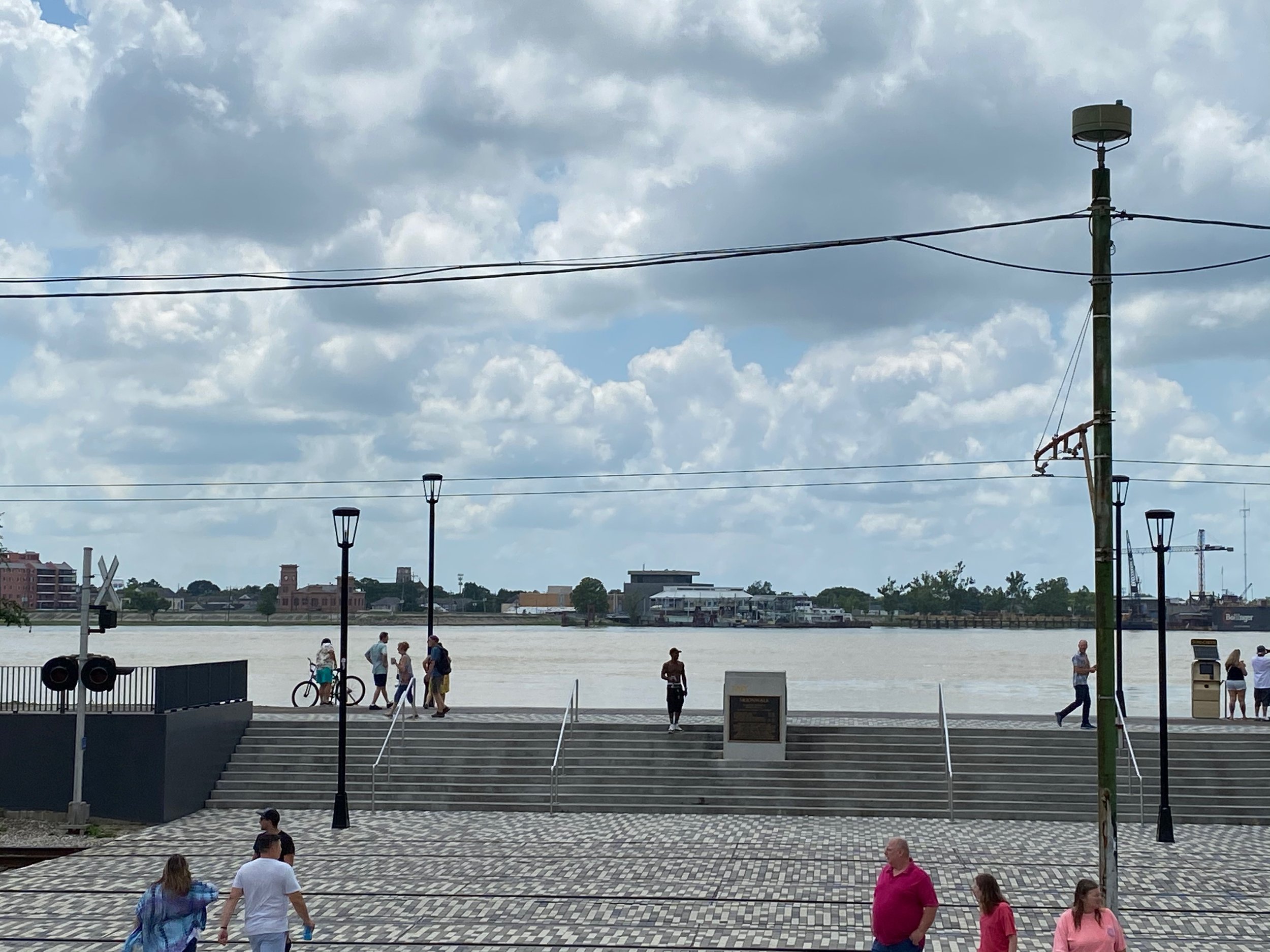
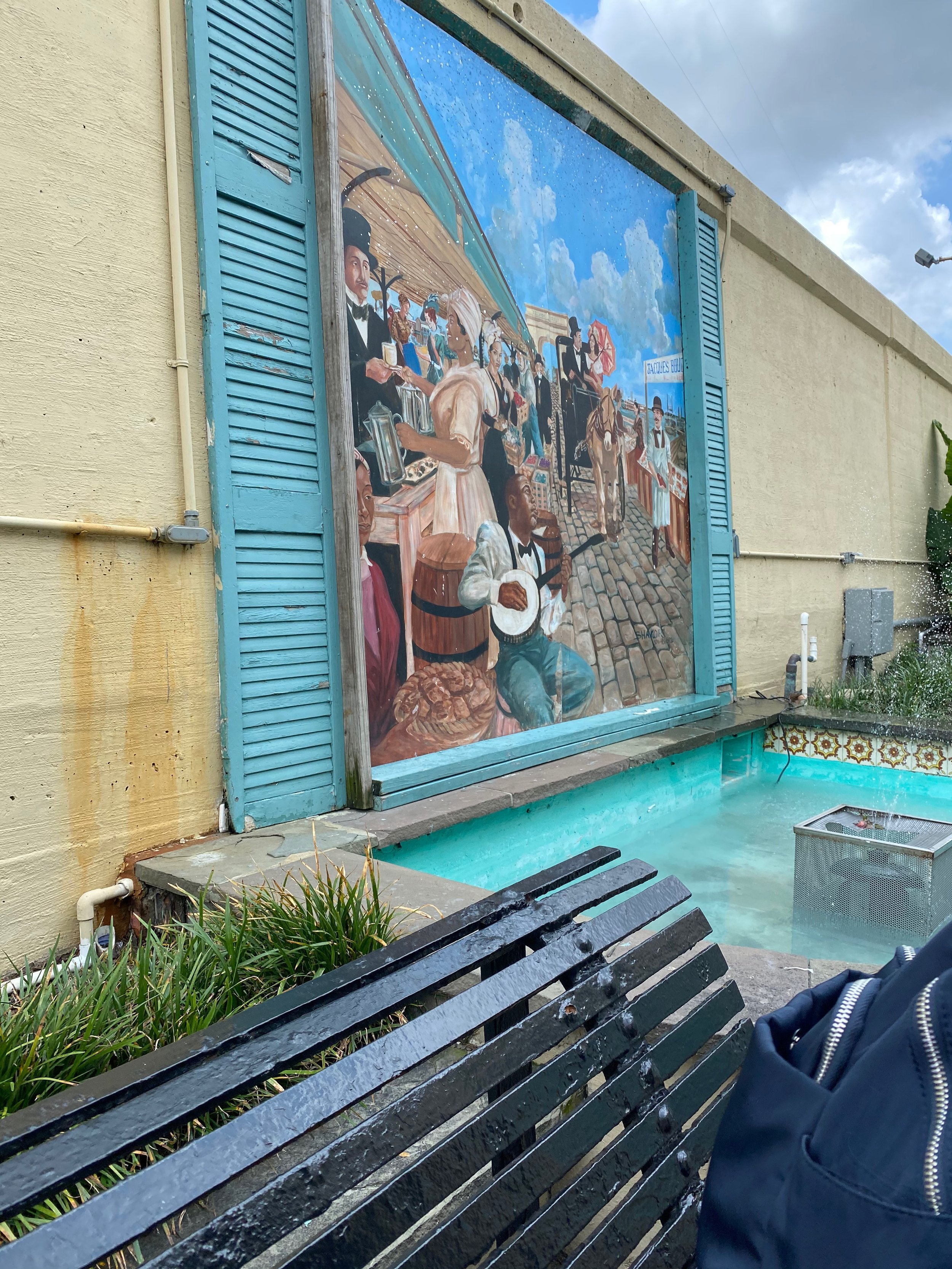
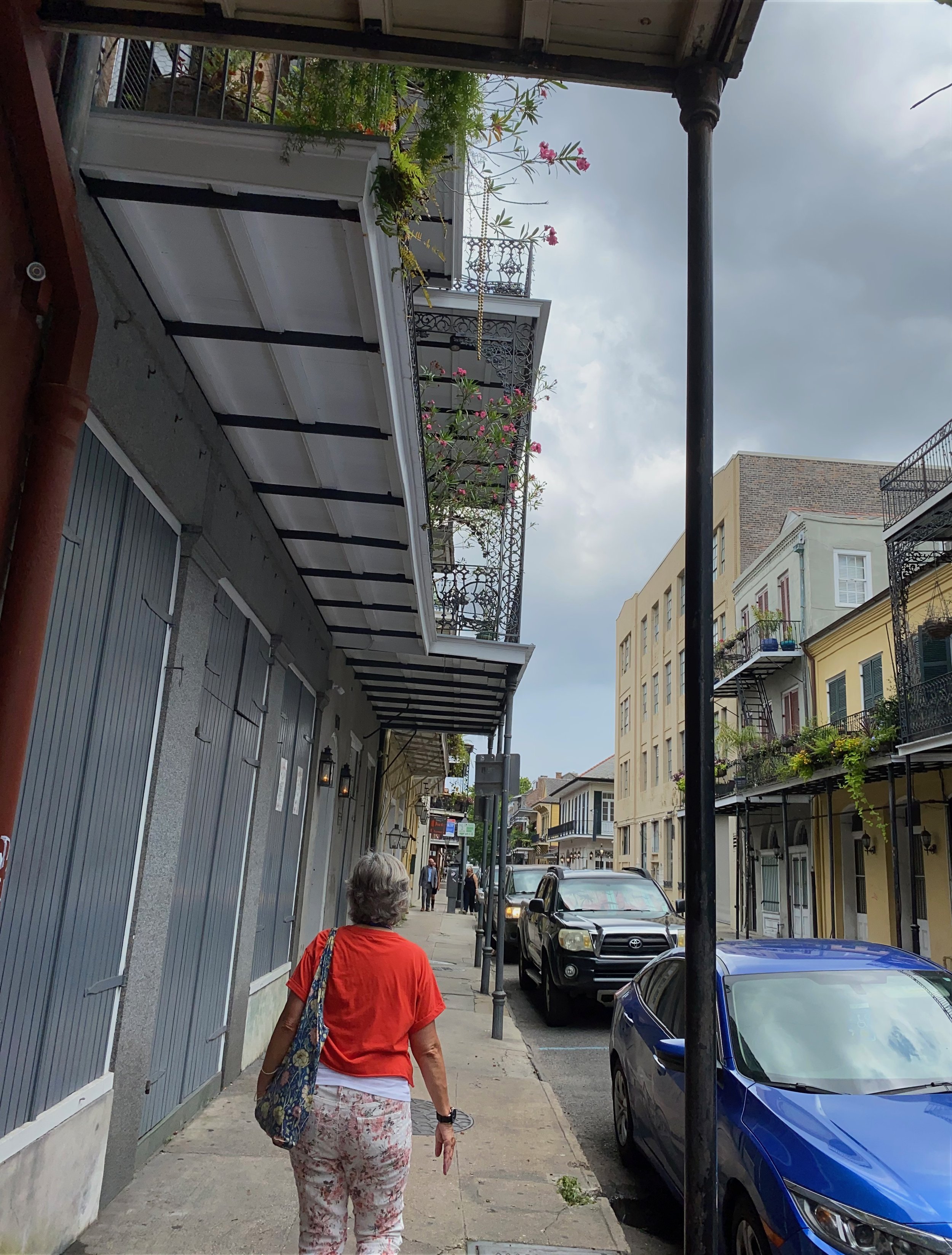
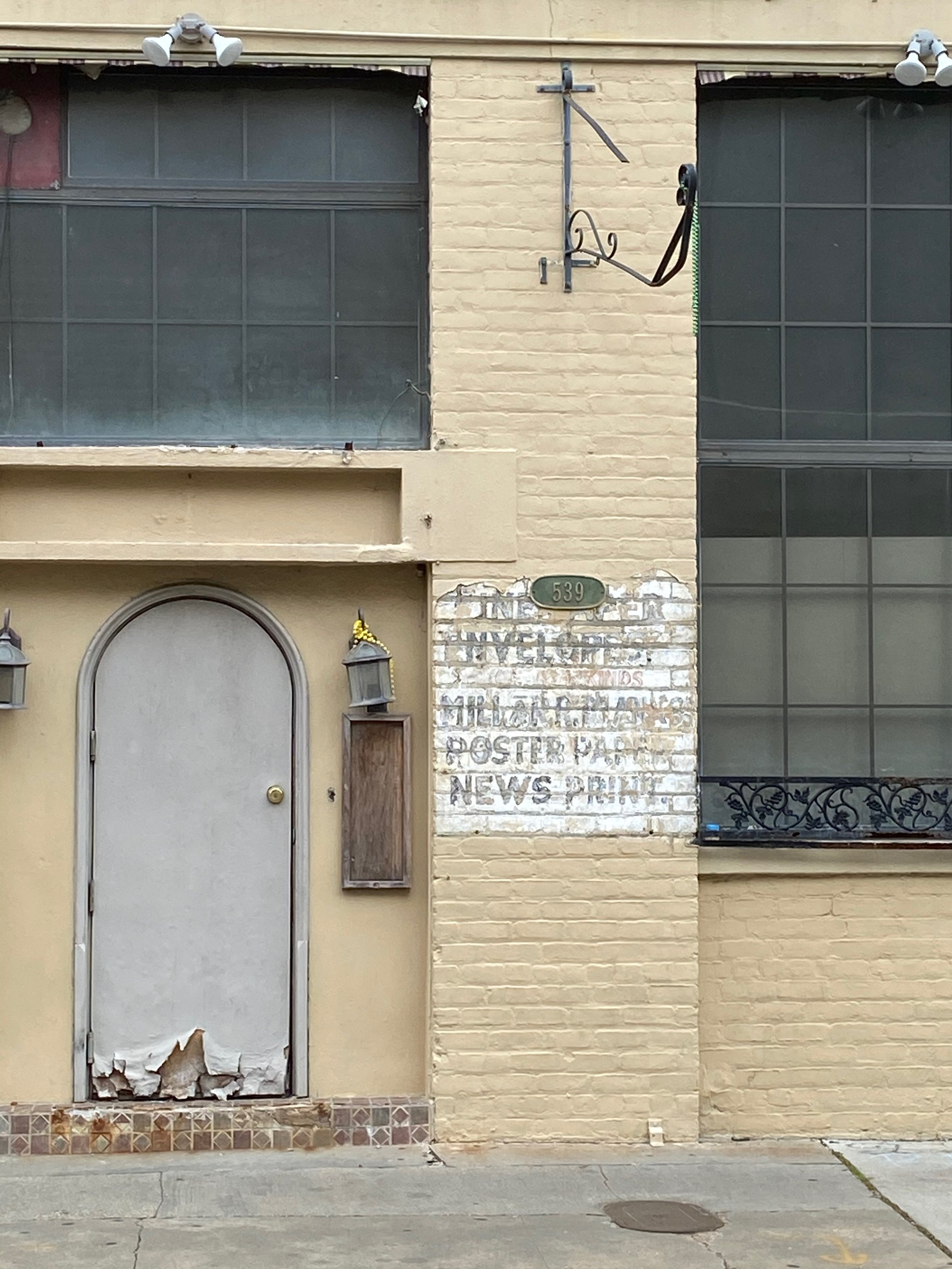
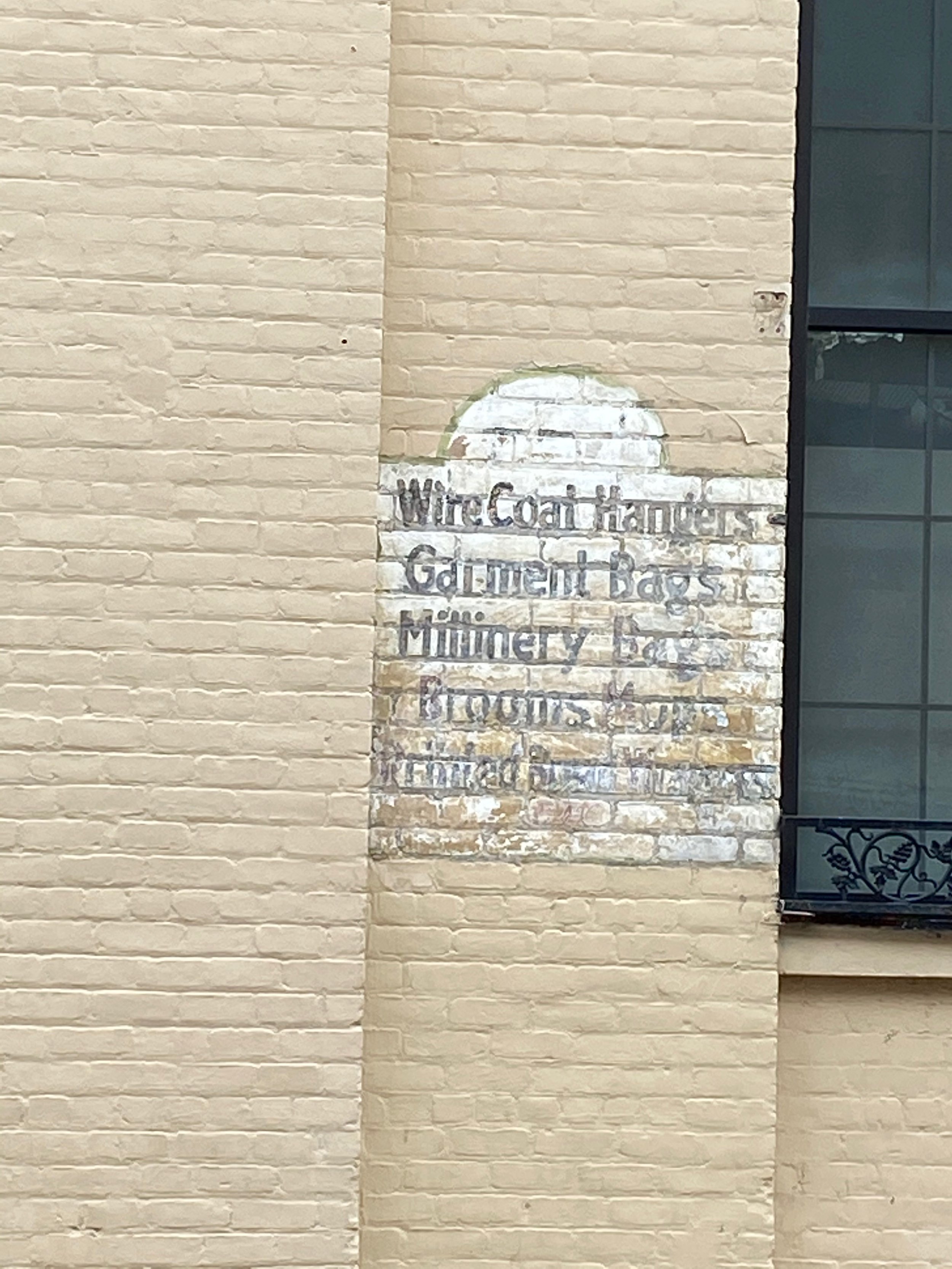
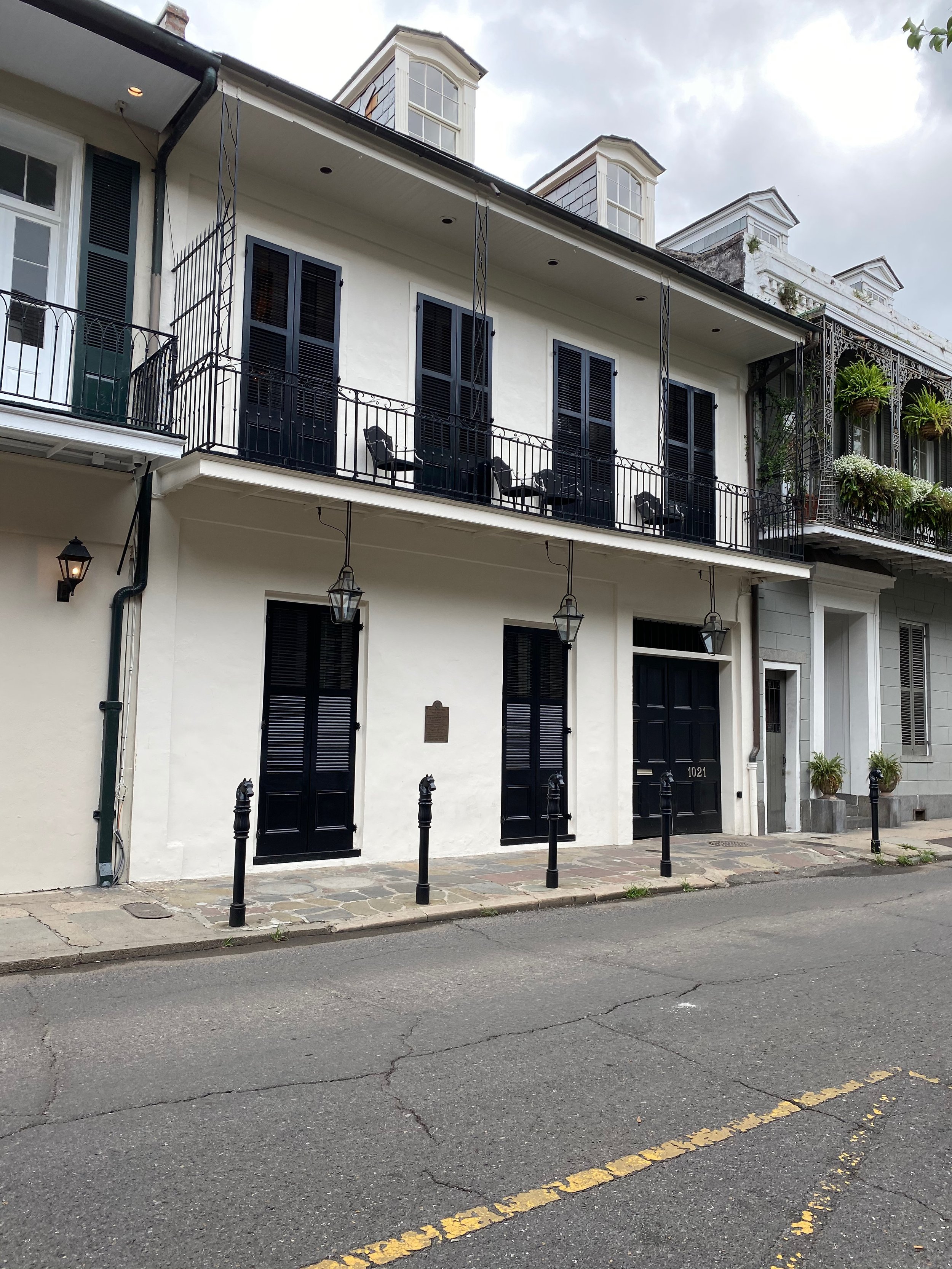
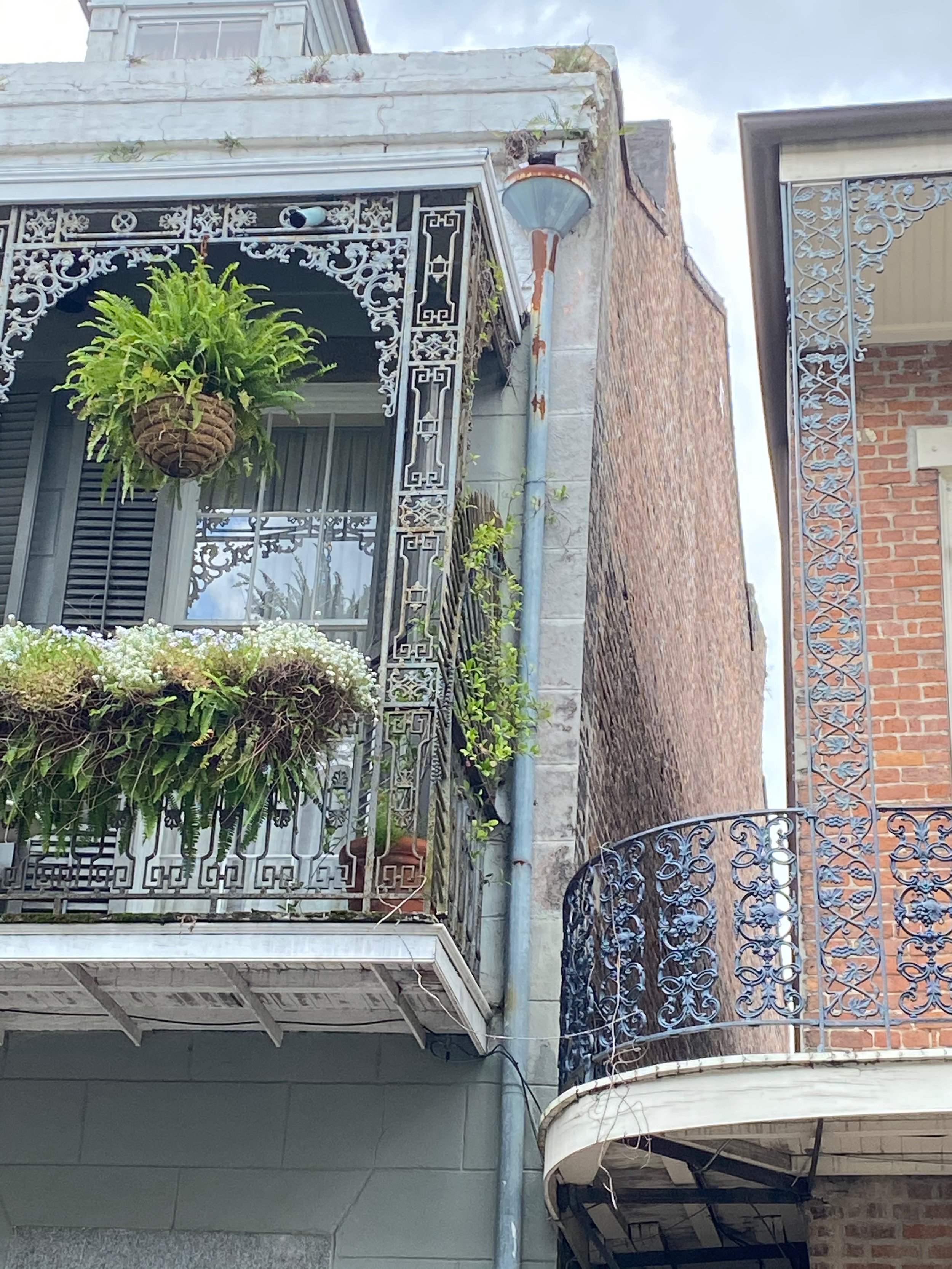
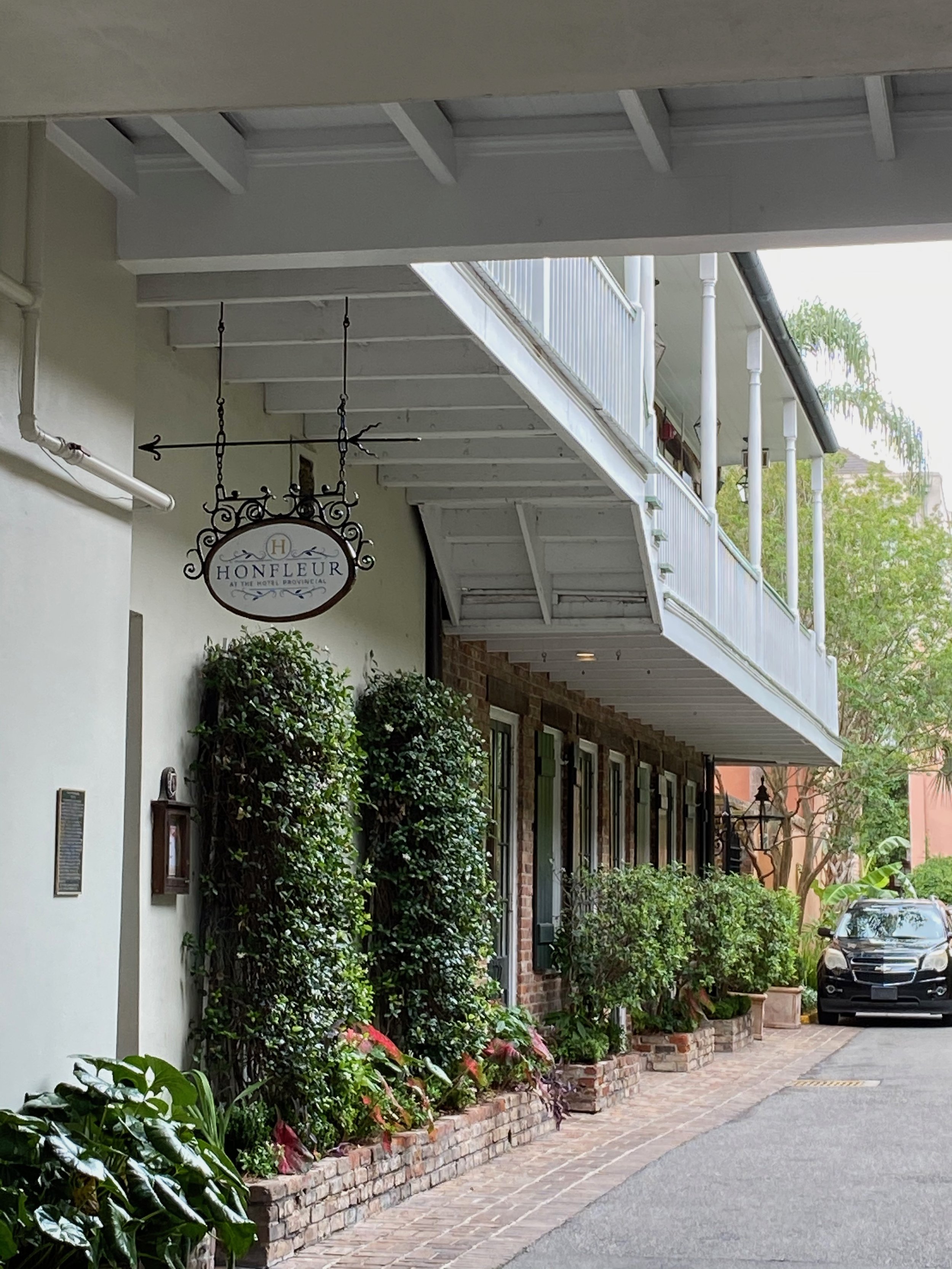
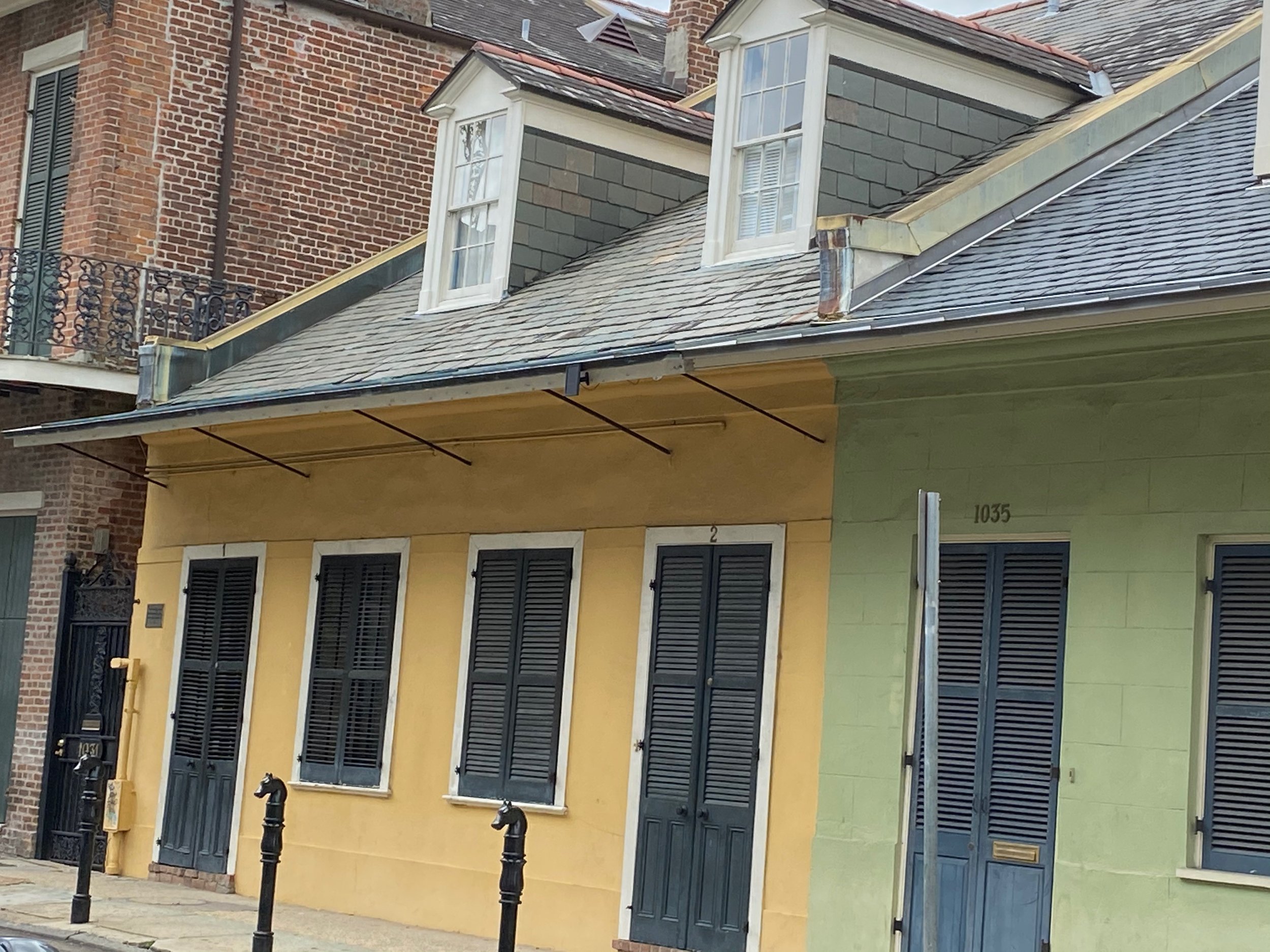
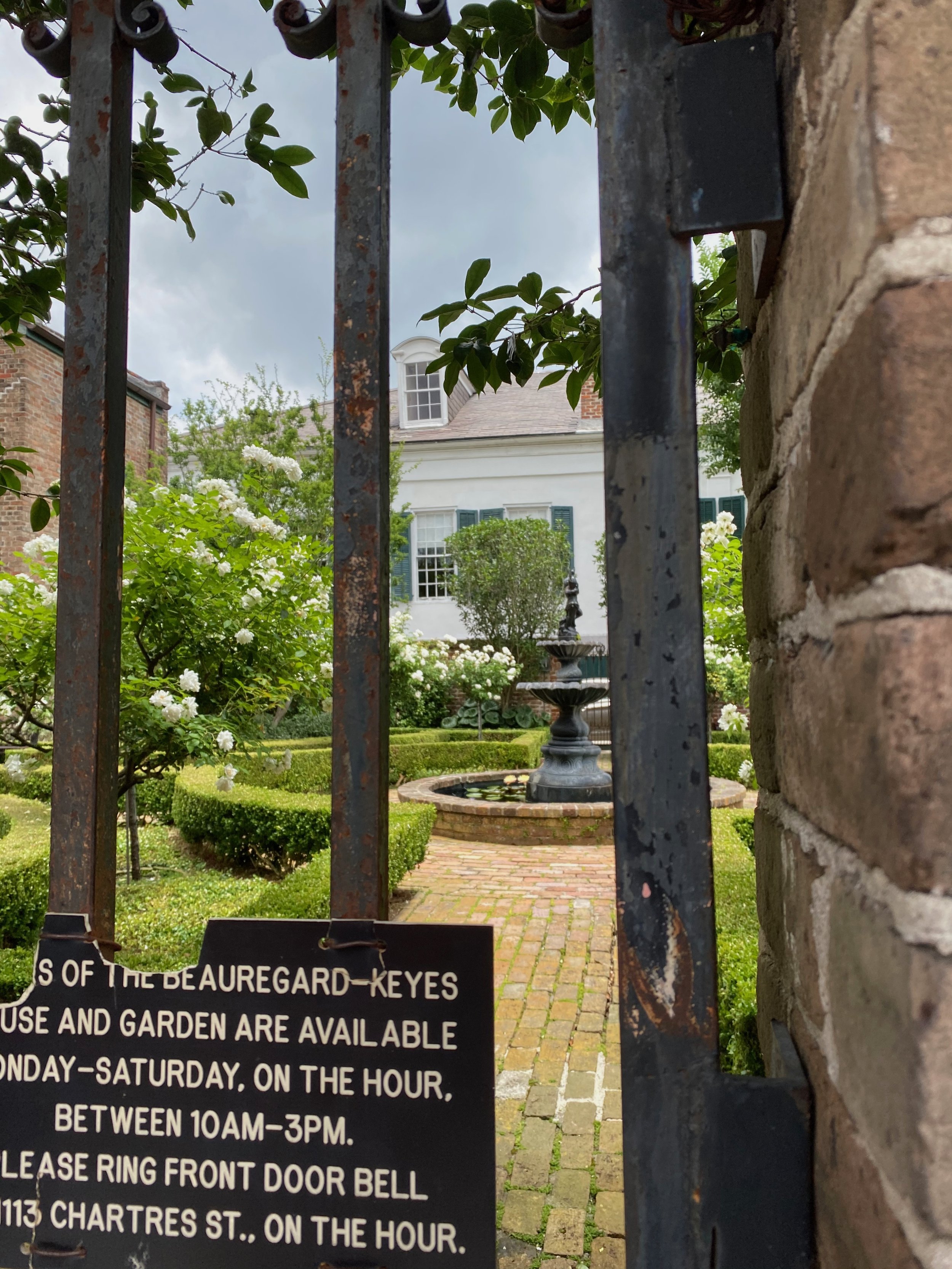
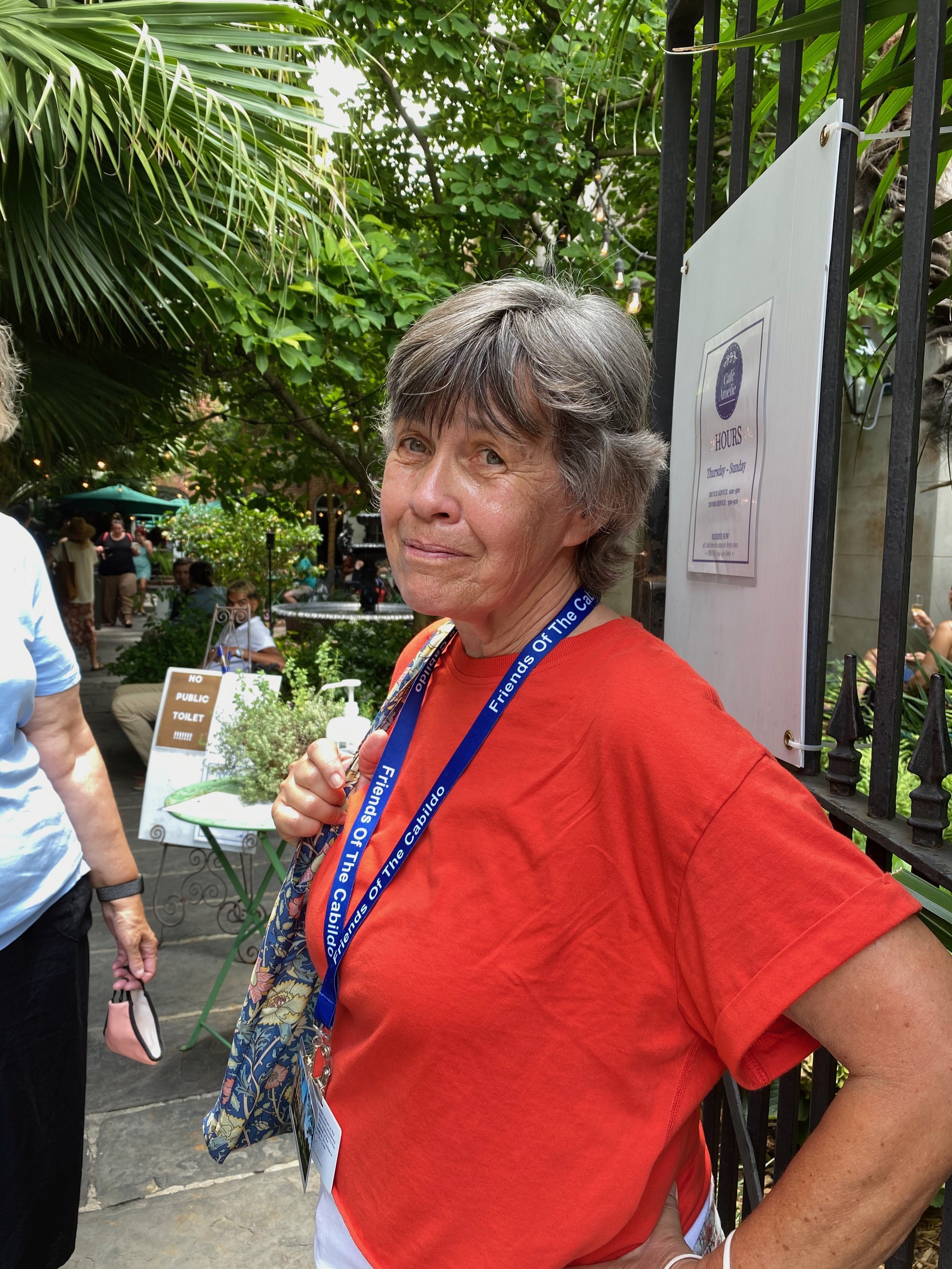
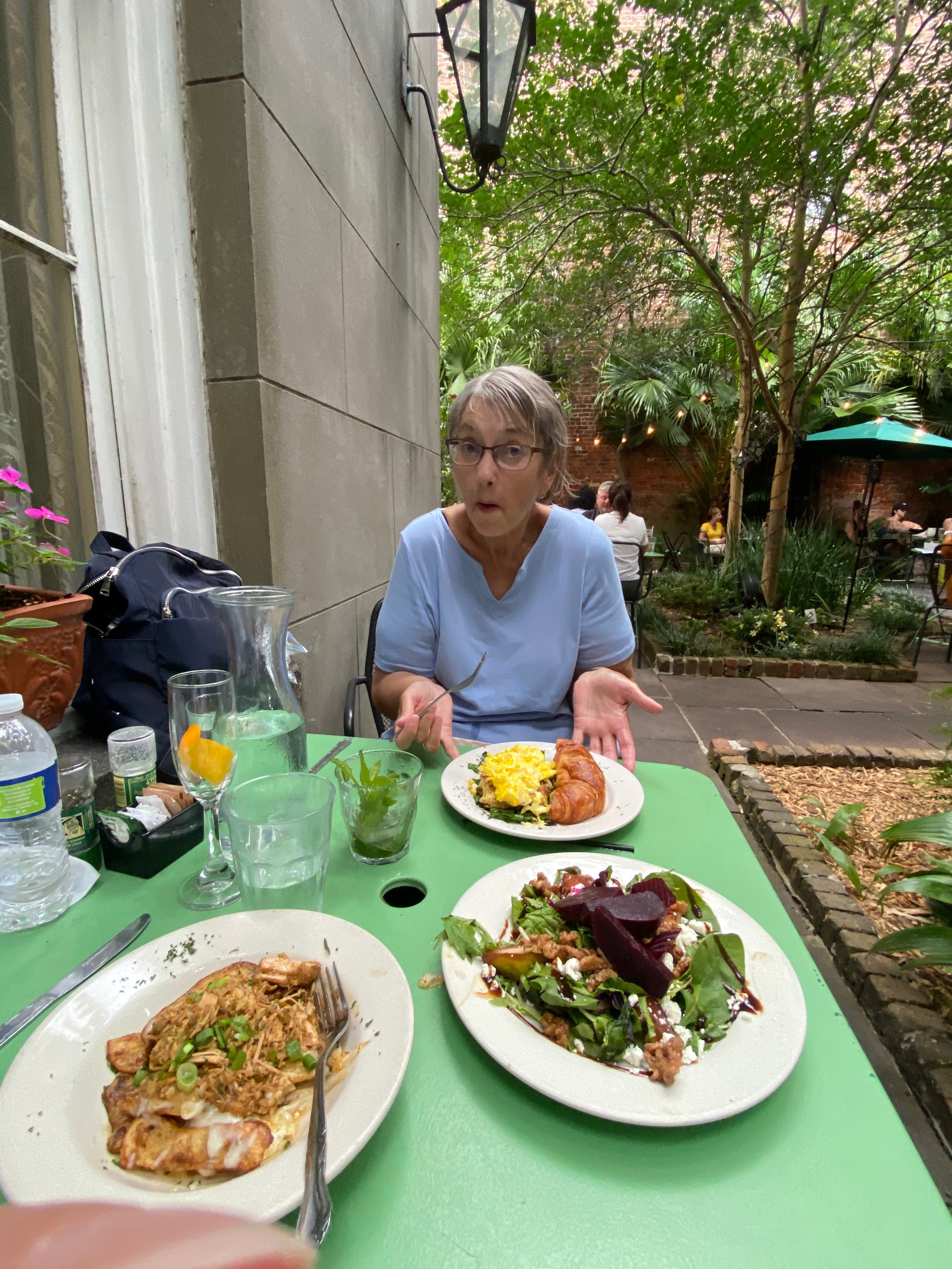

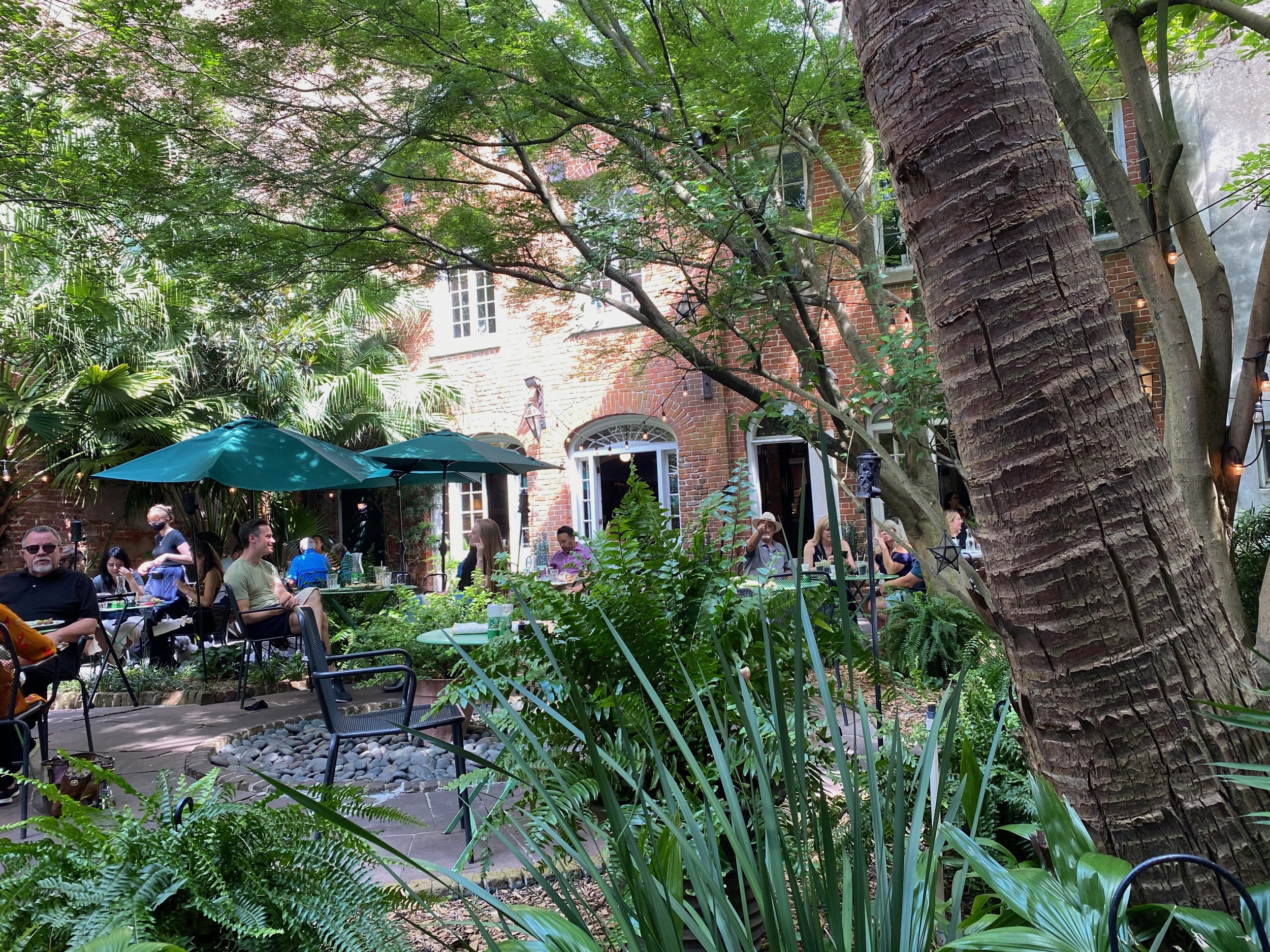

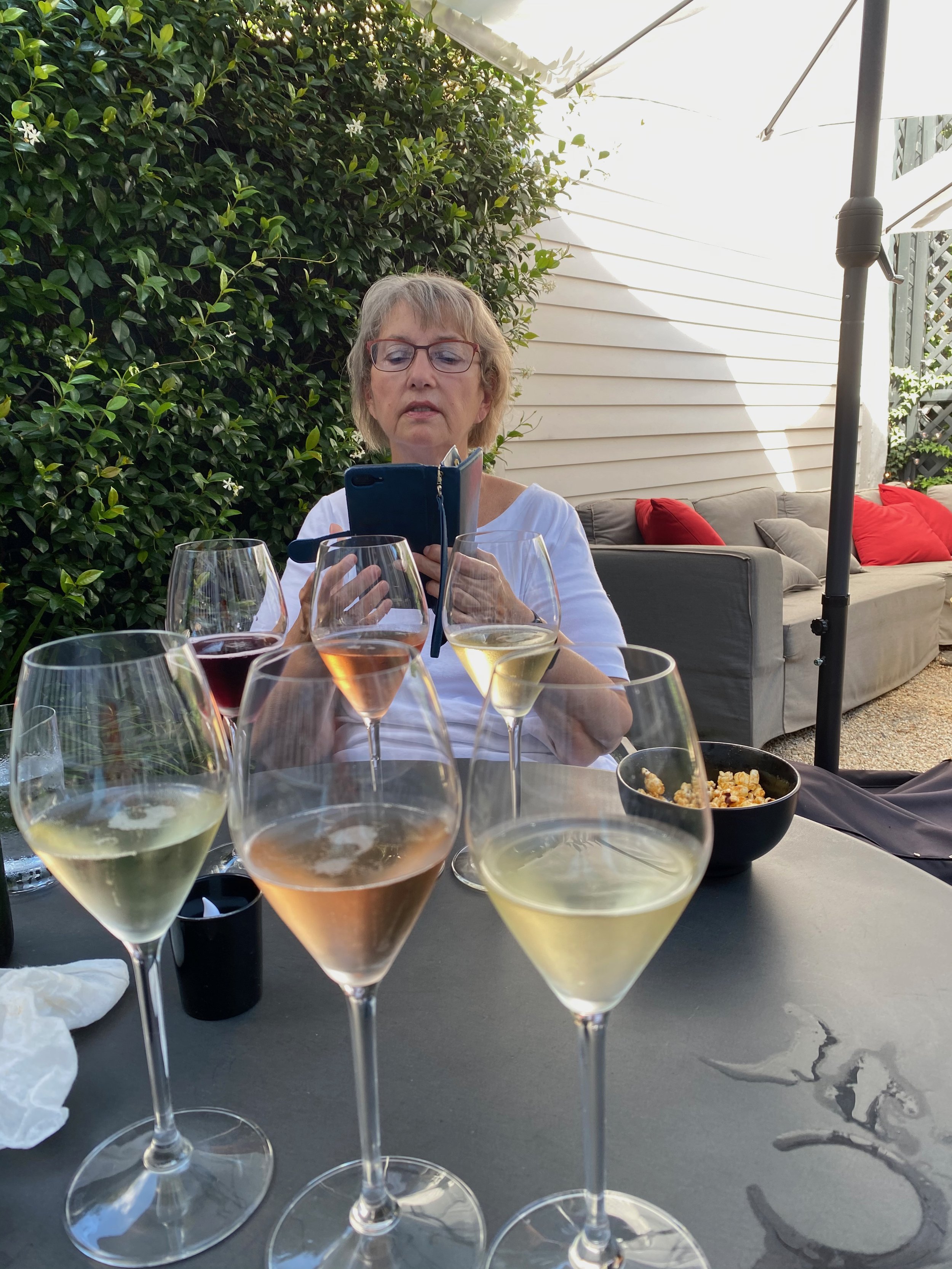
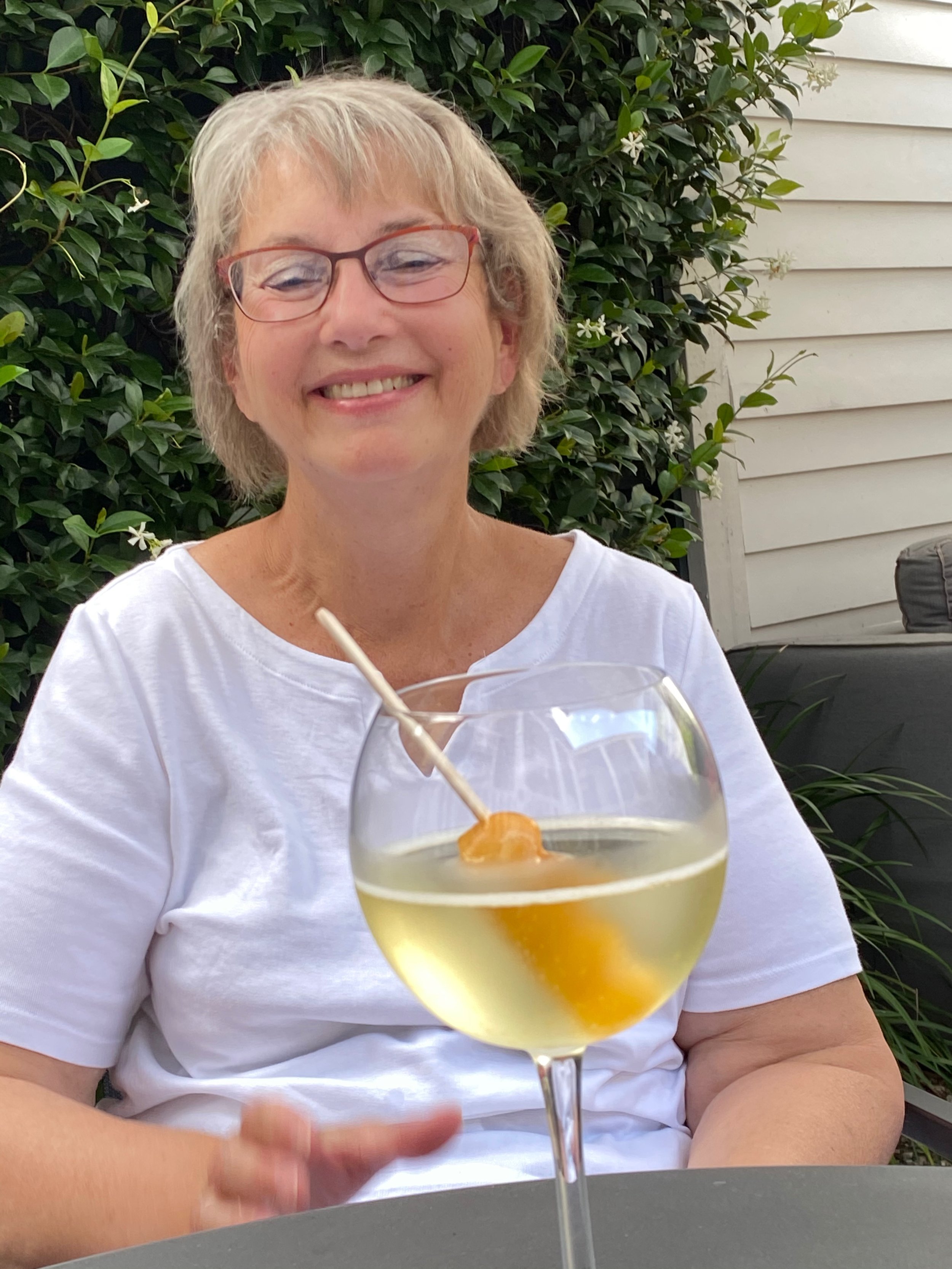
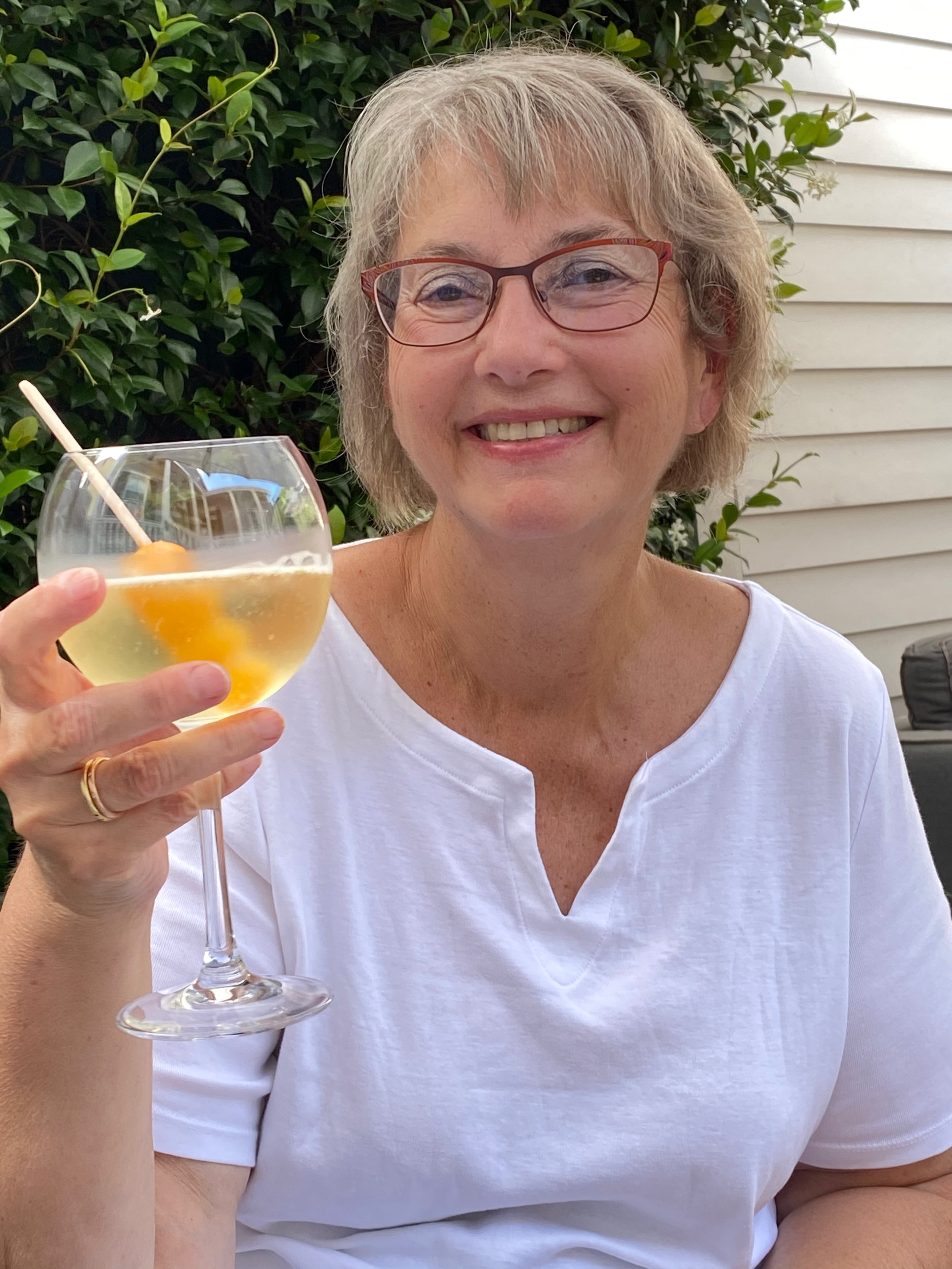
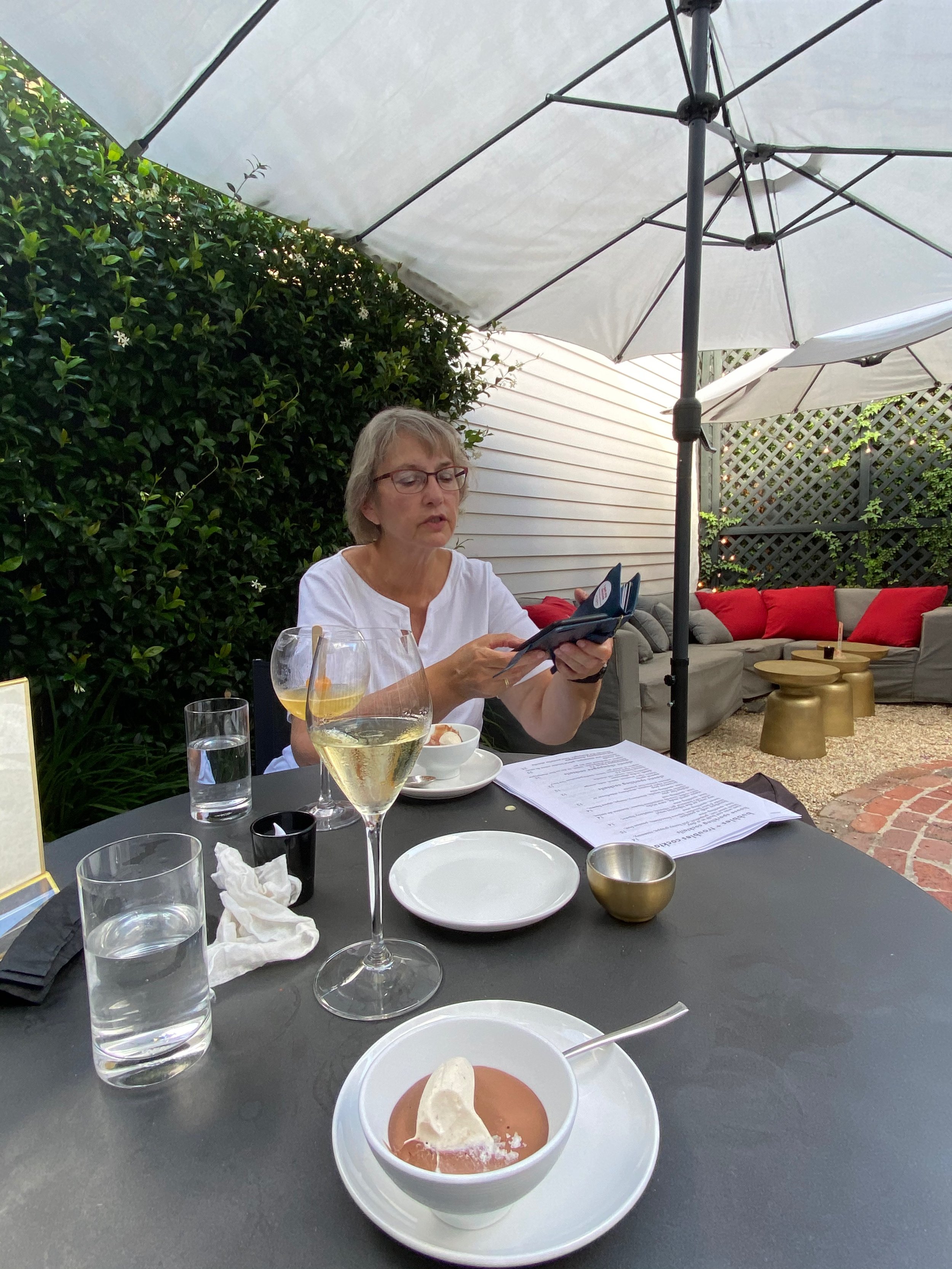
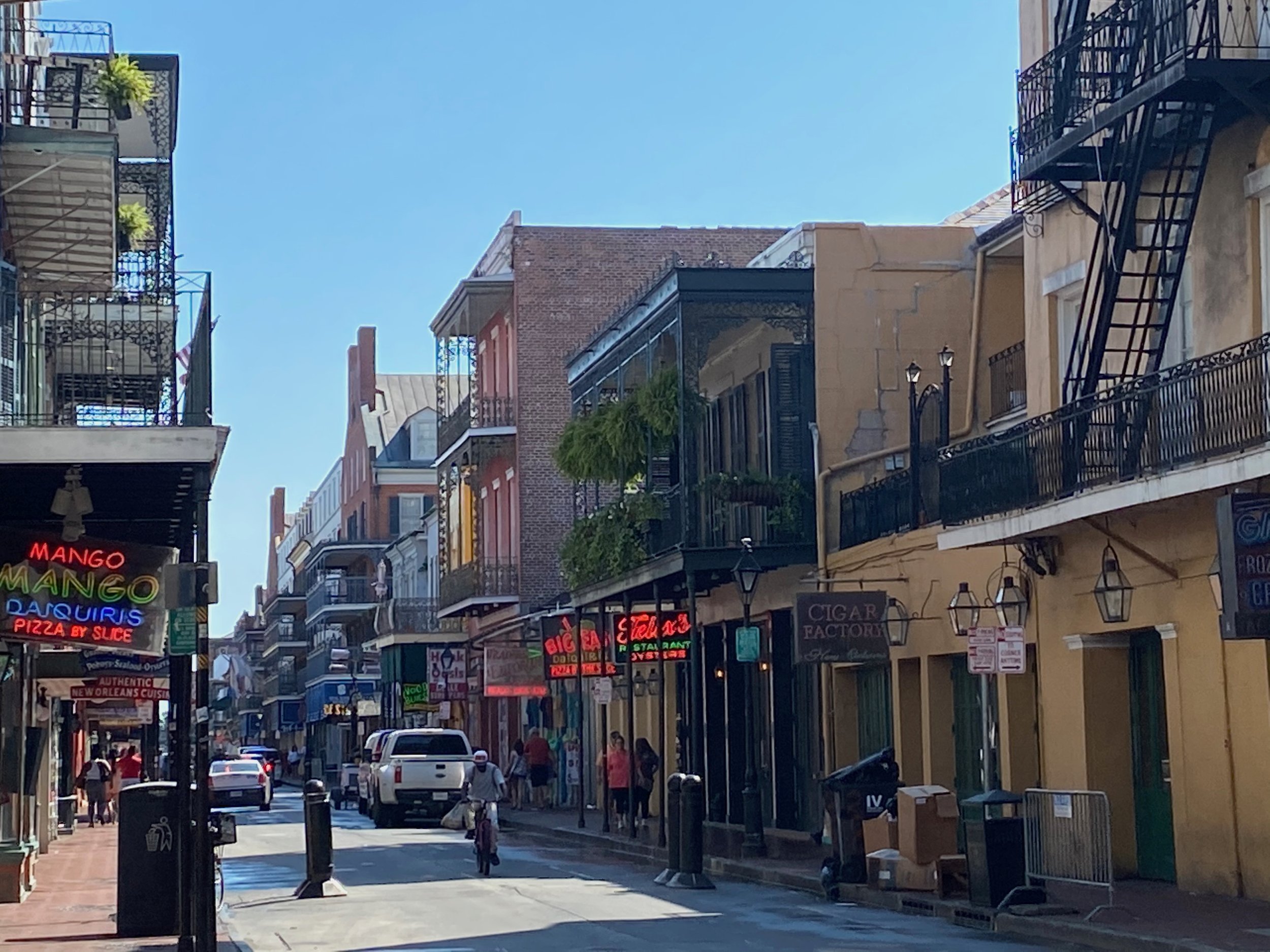
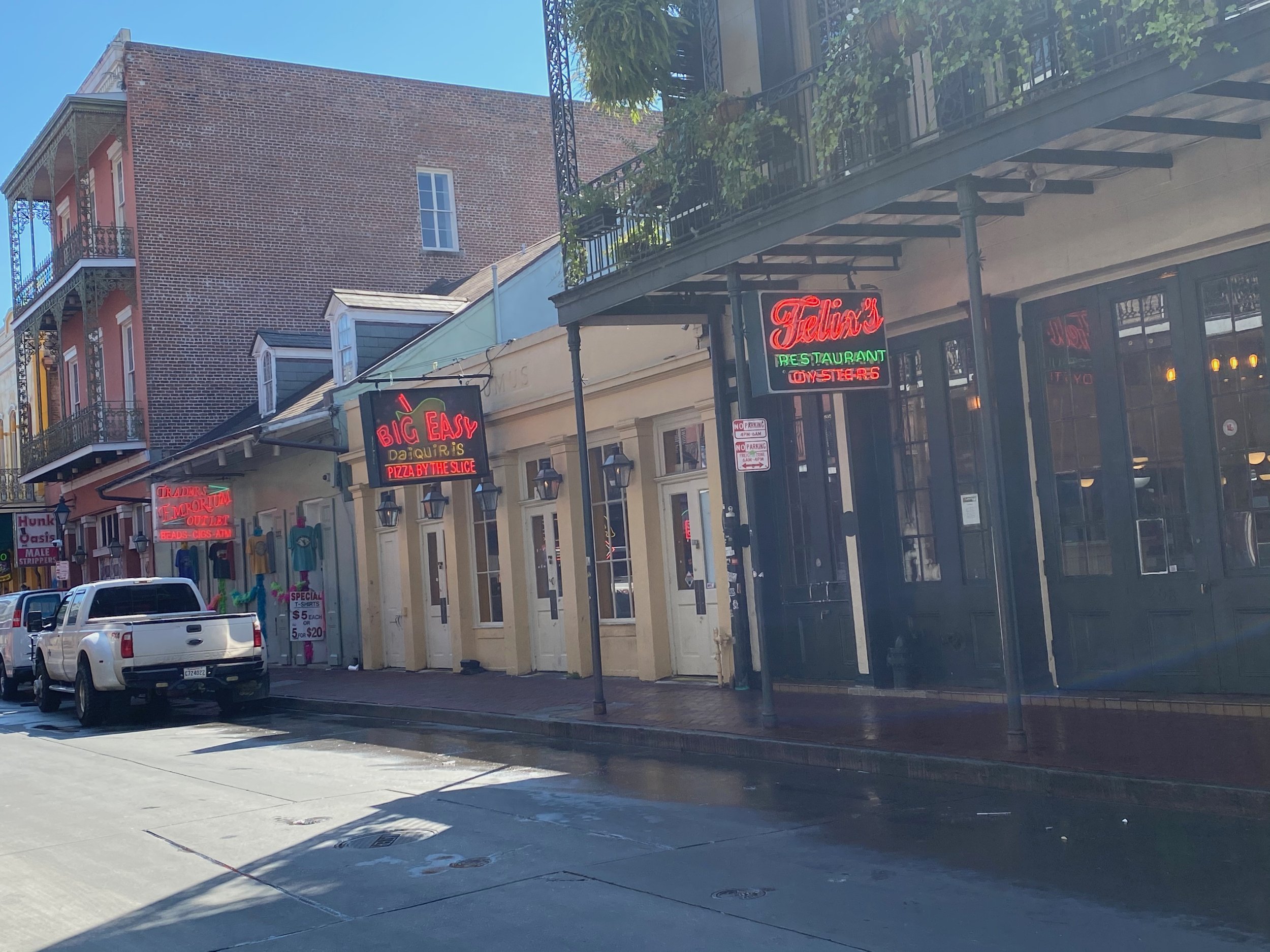
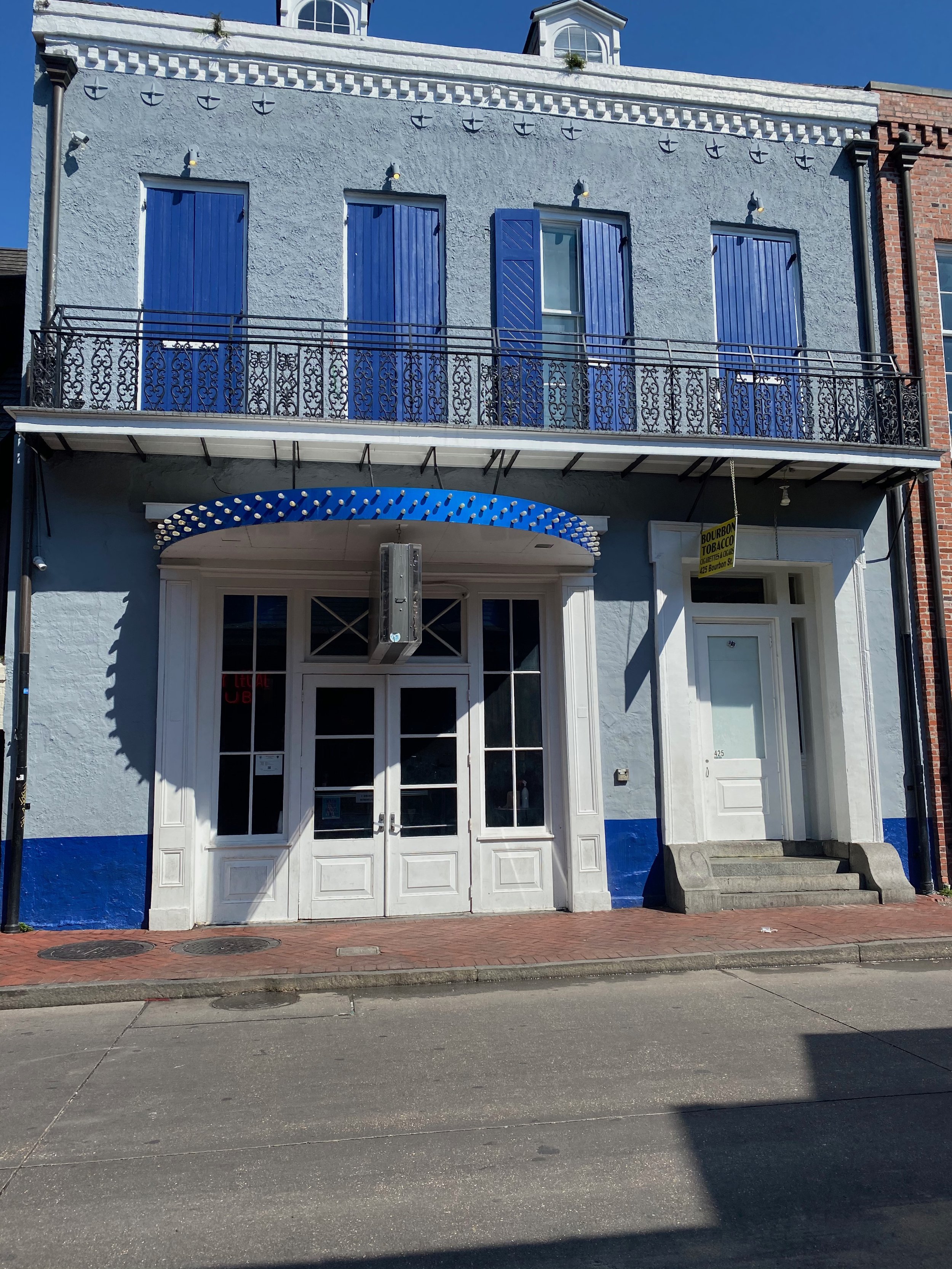
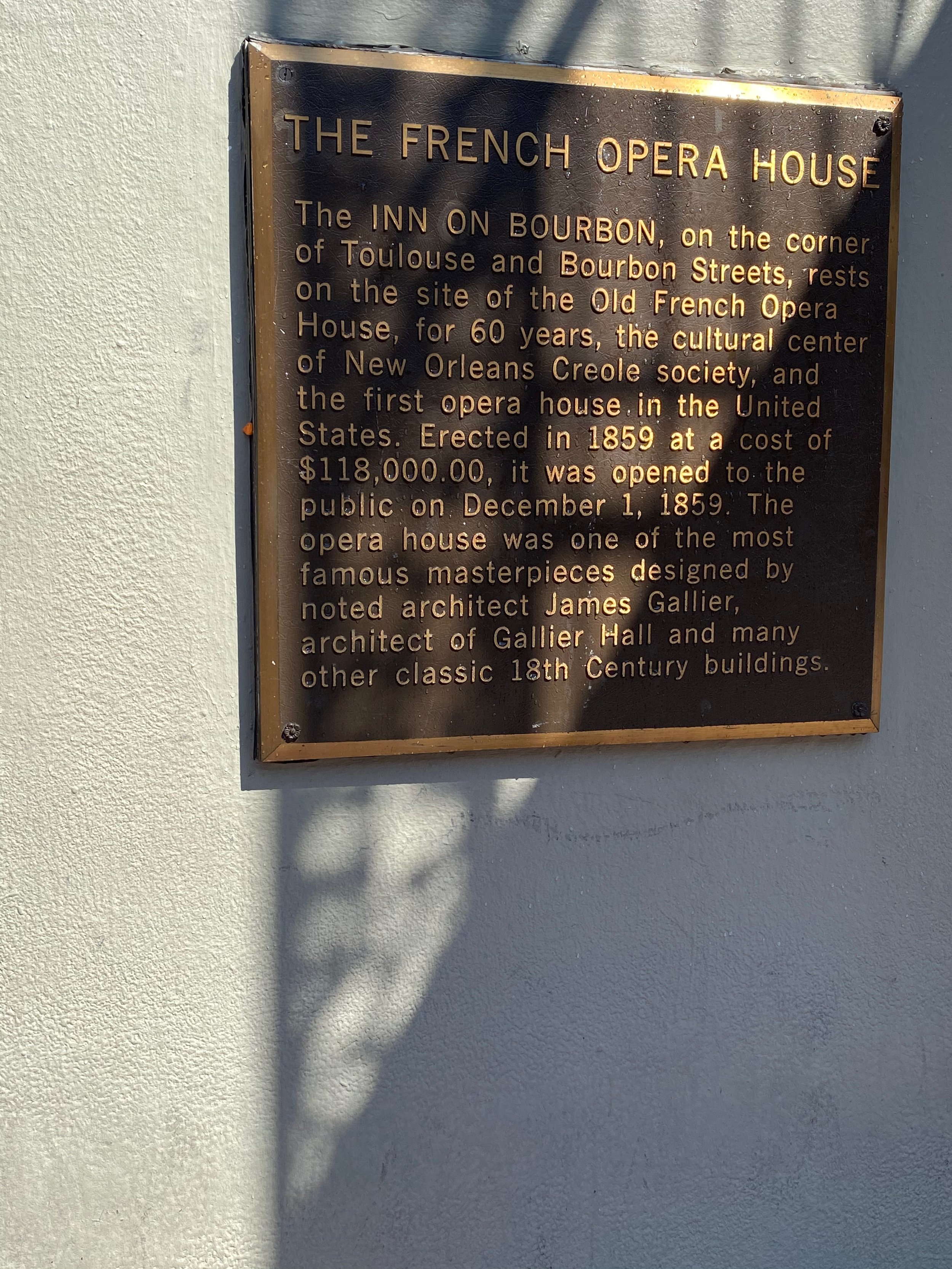
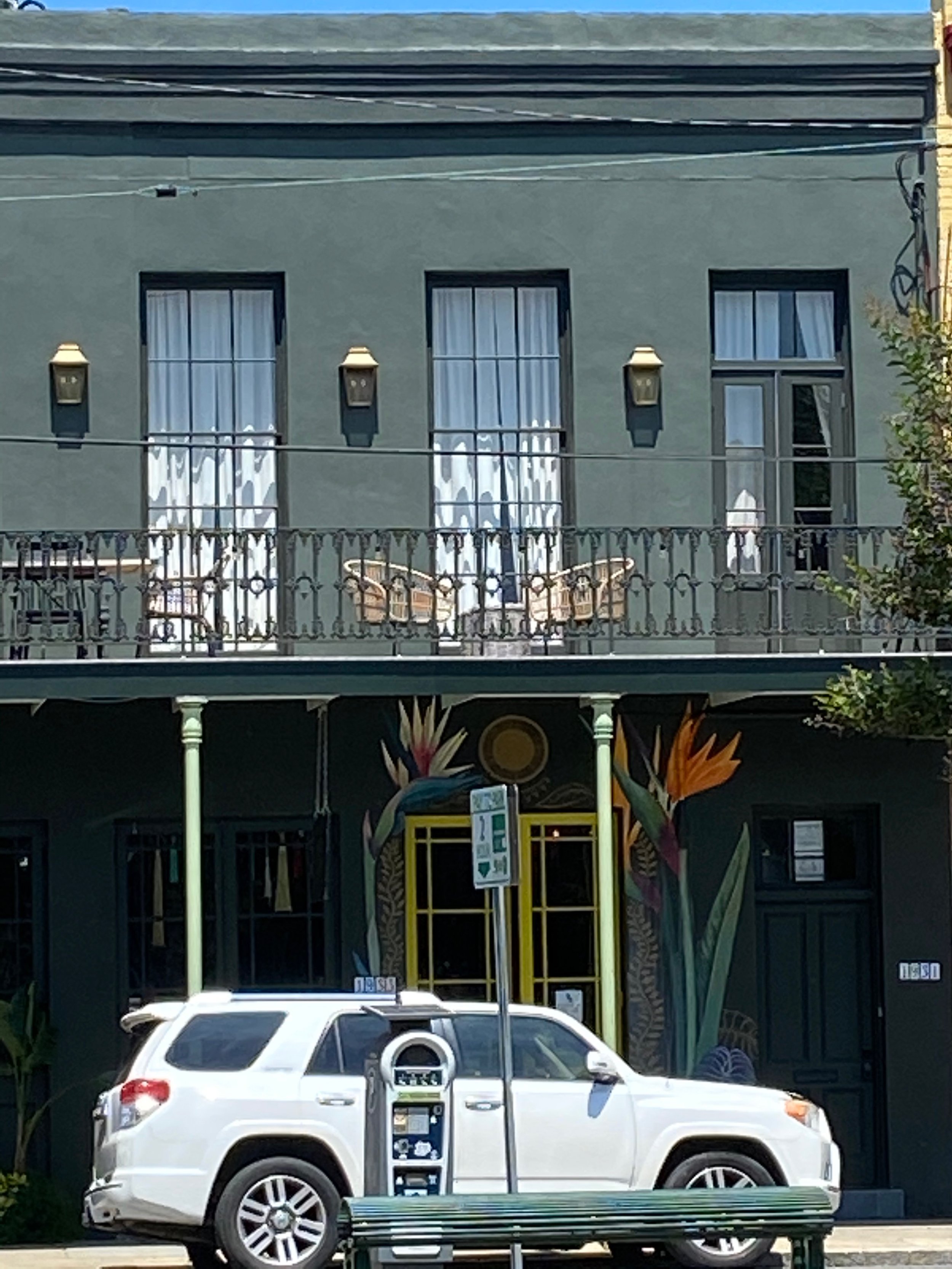
Photos of the Garden District and Magazine Street Shopping

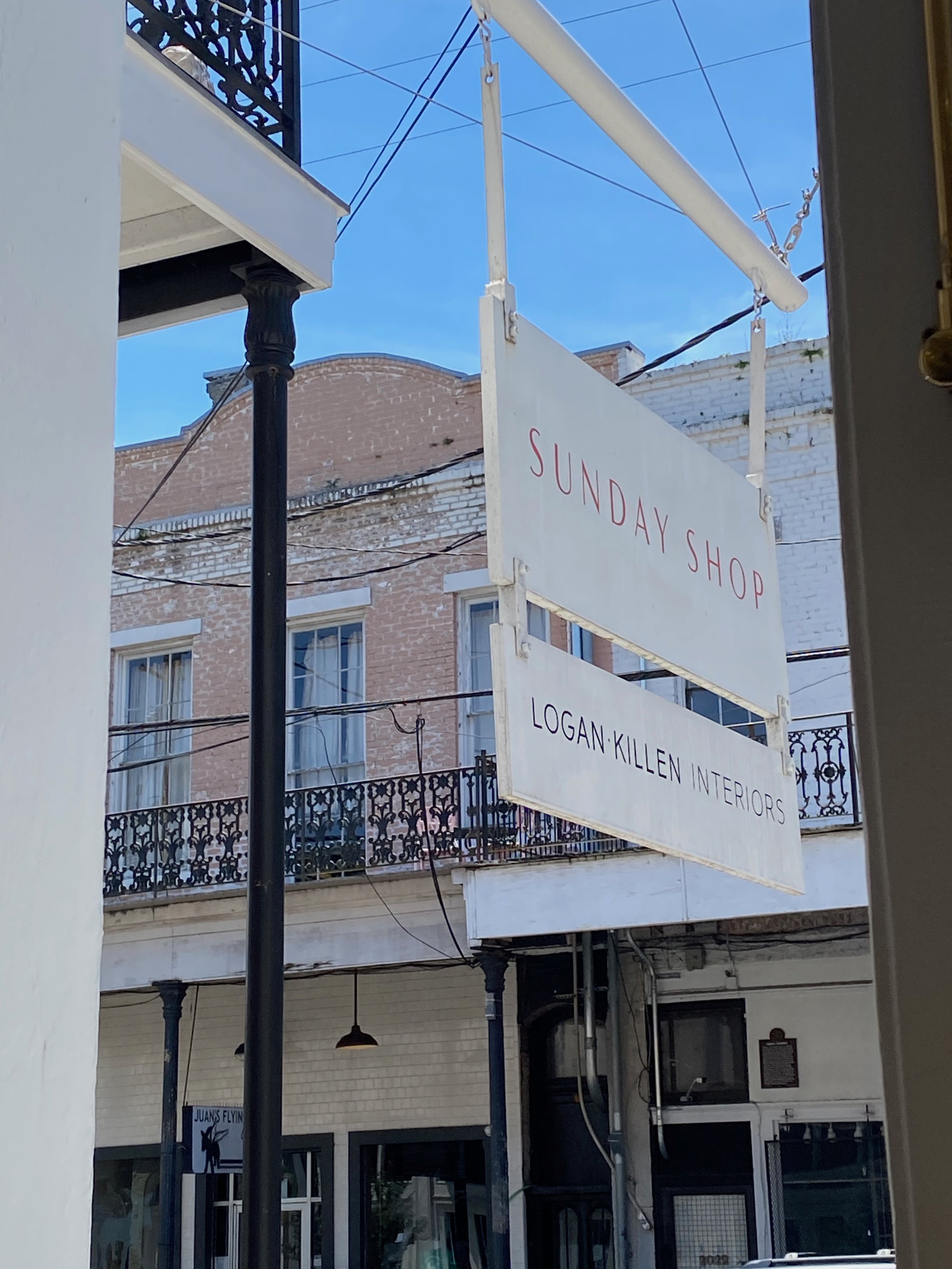

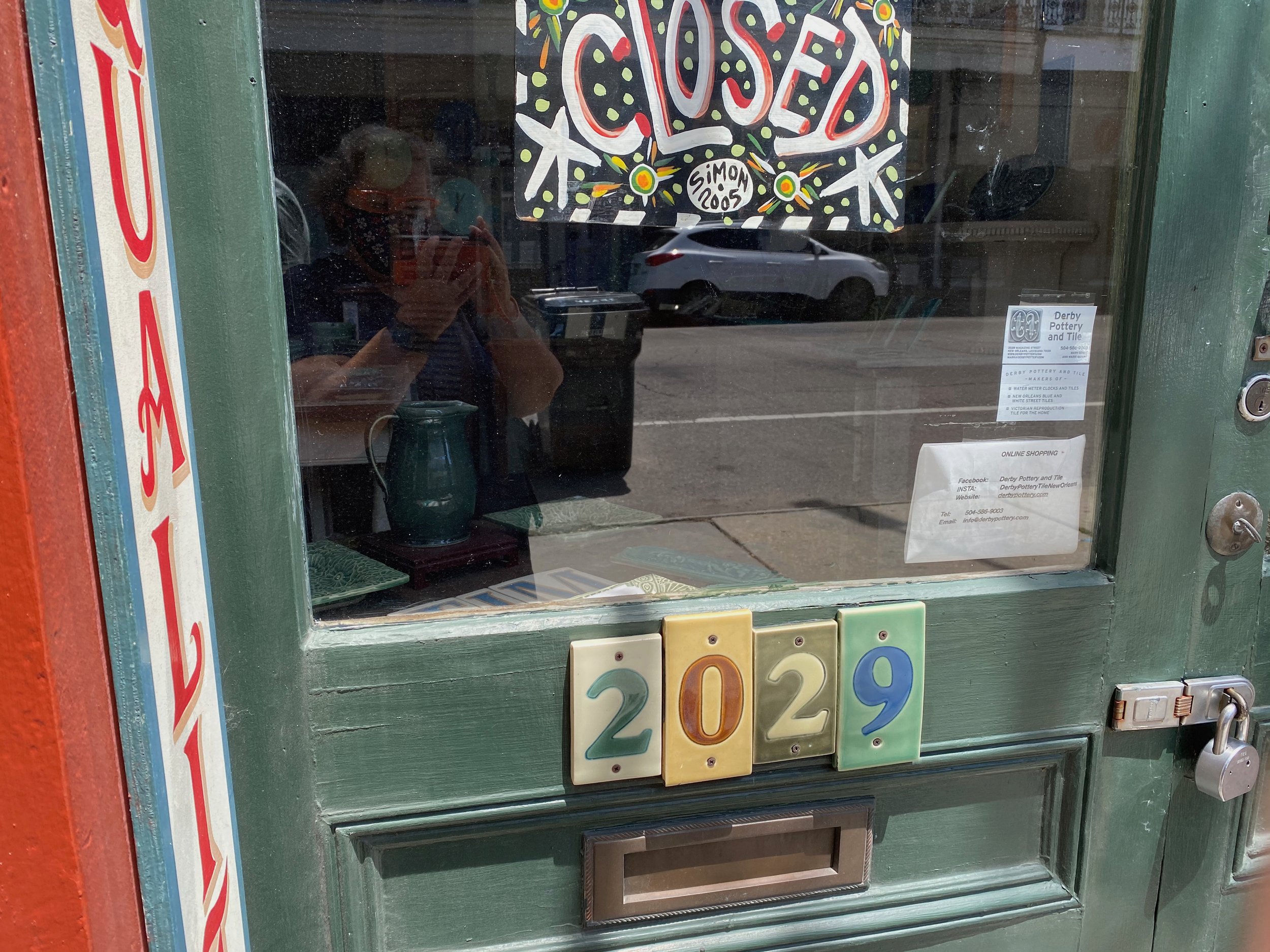
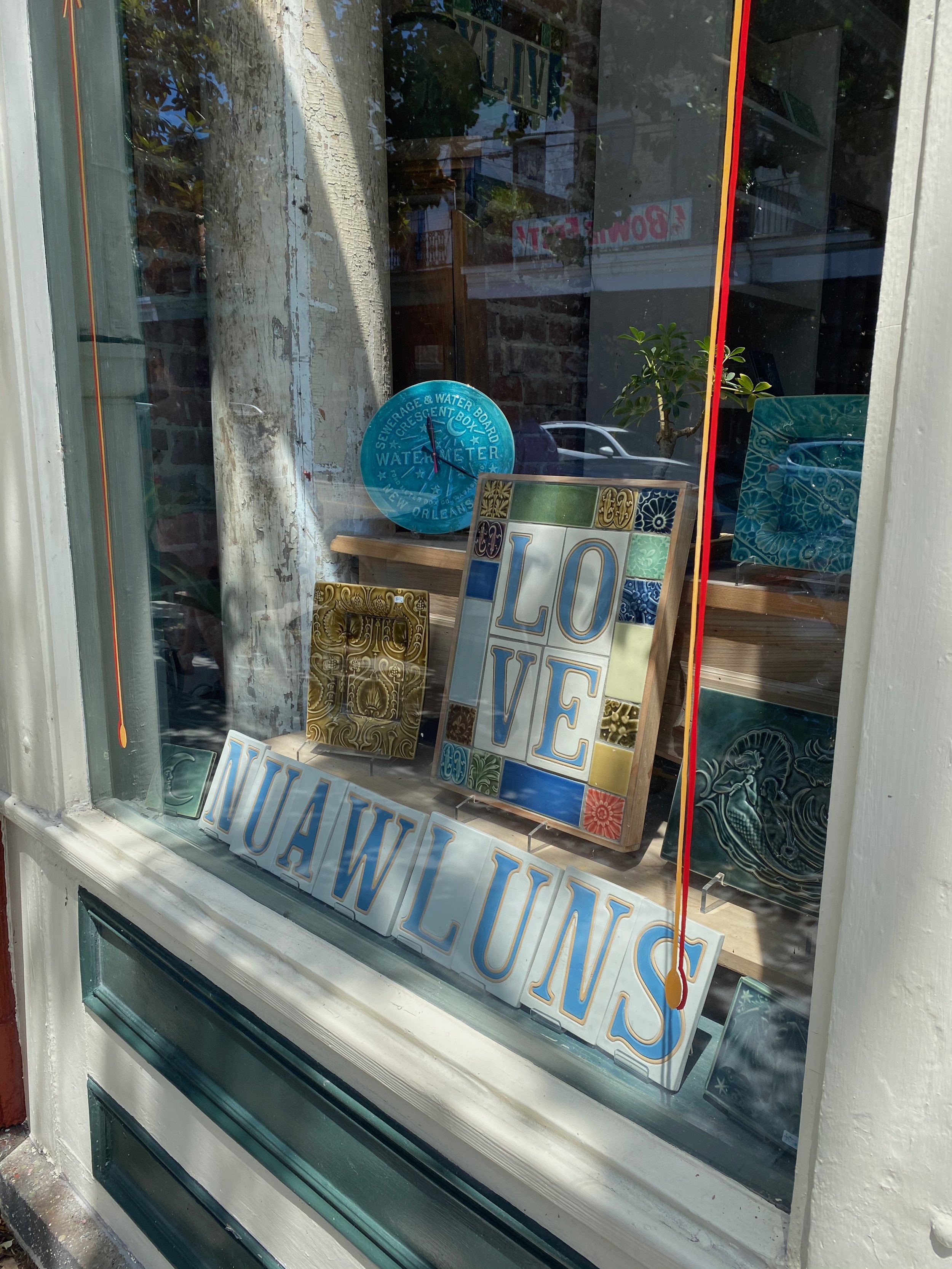
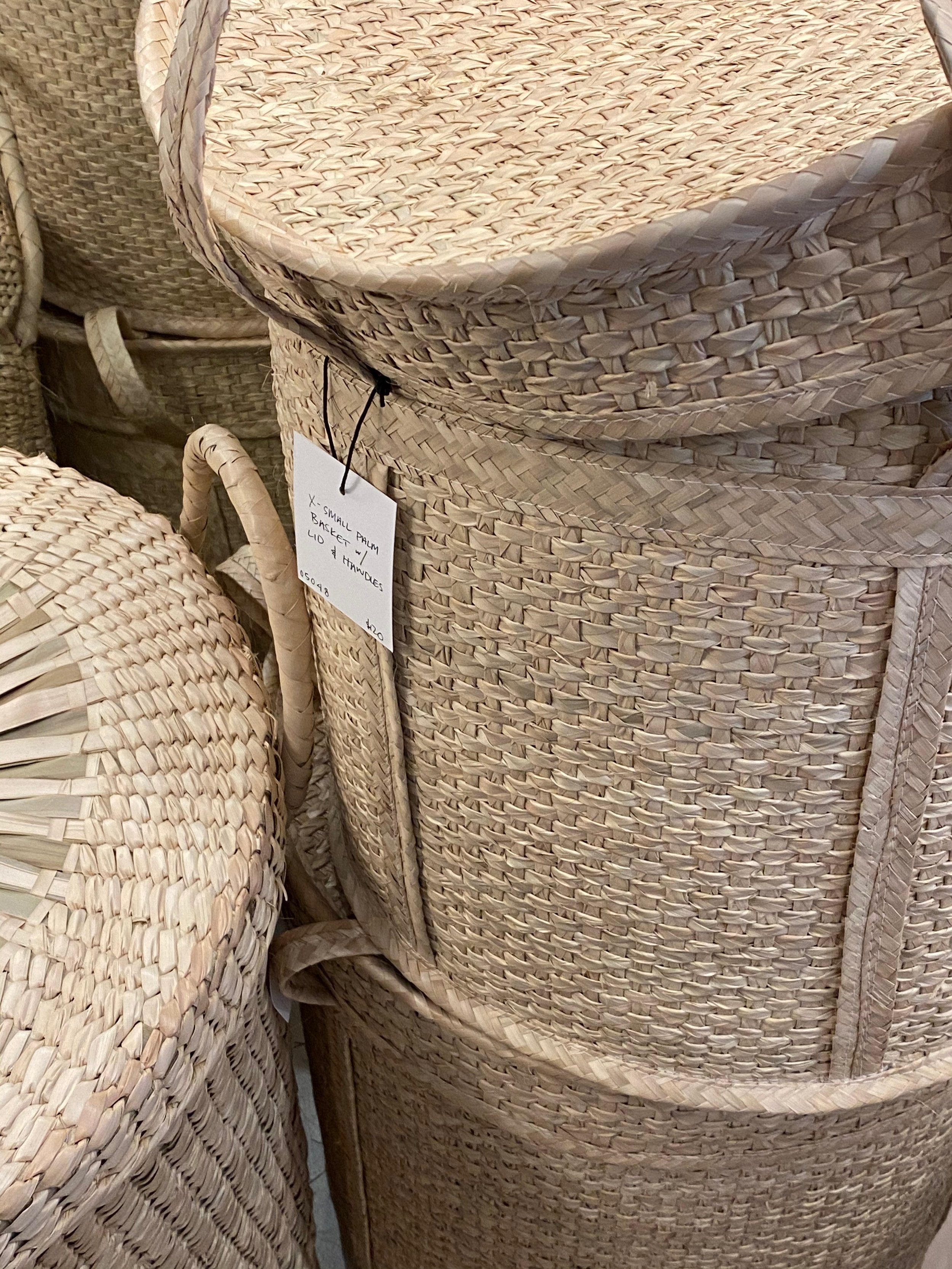
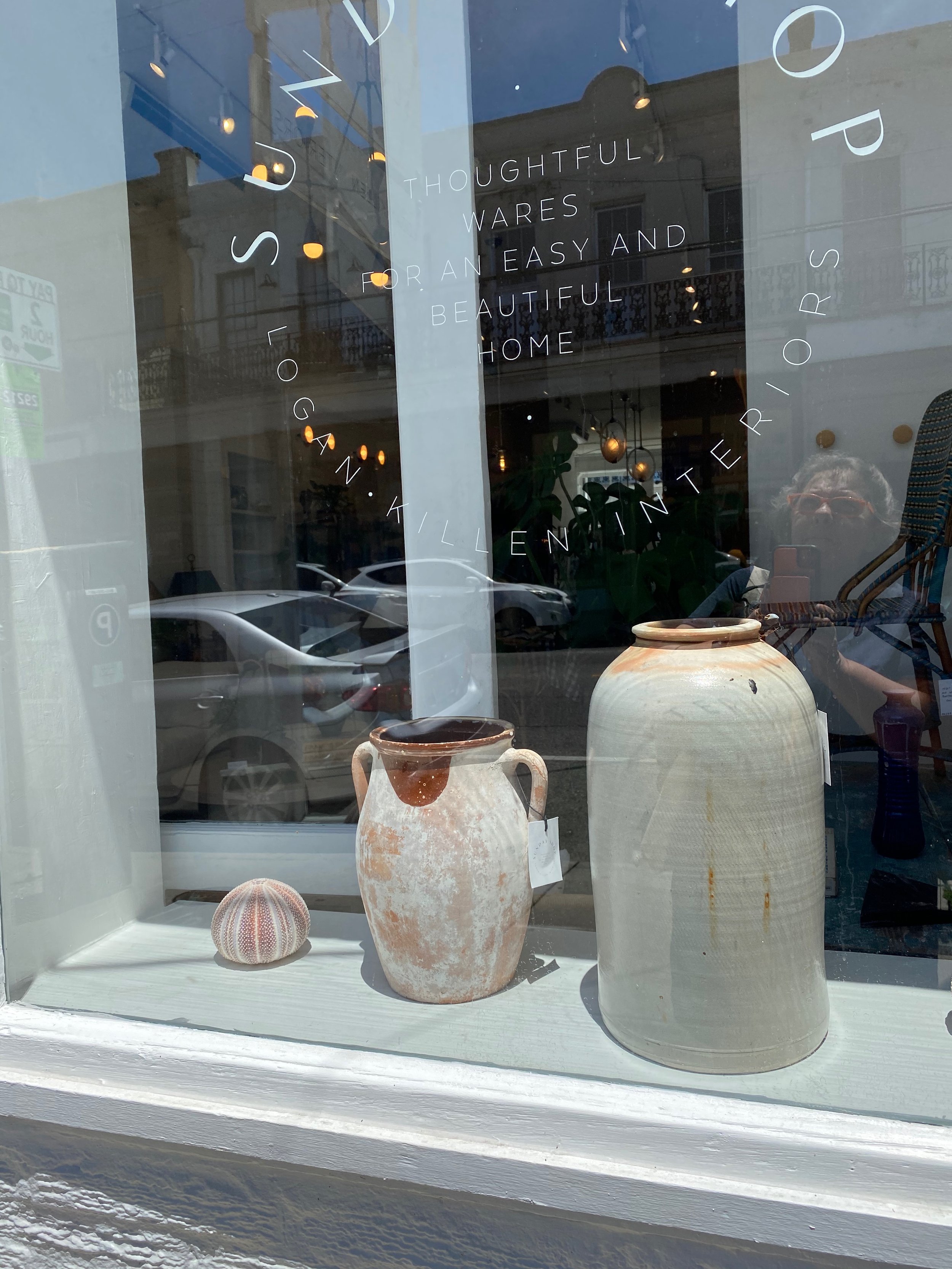
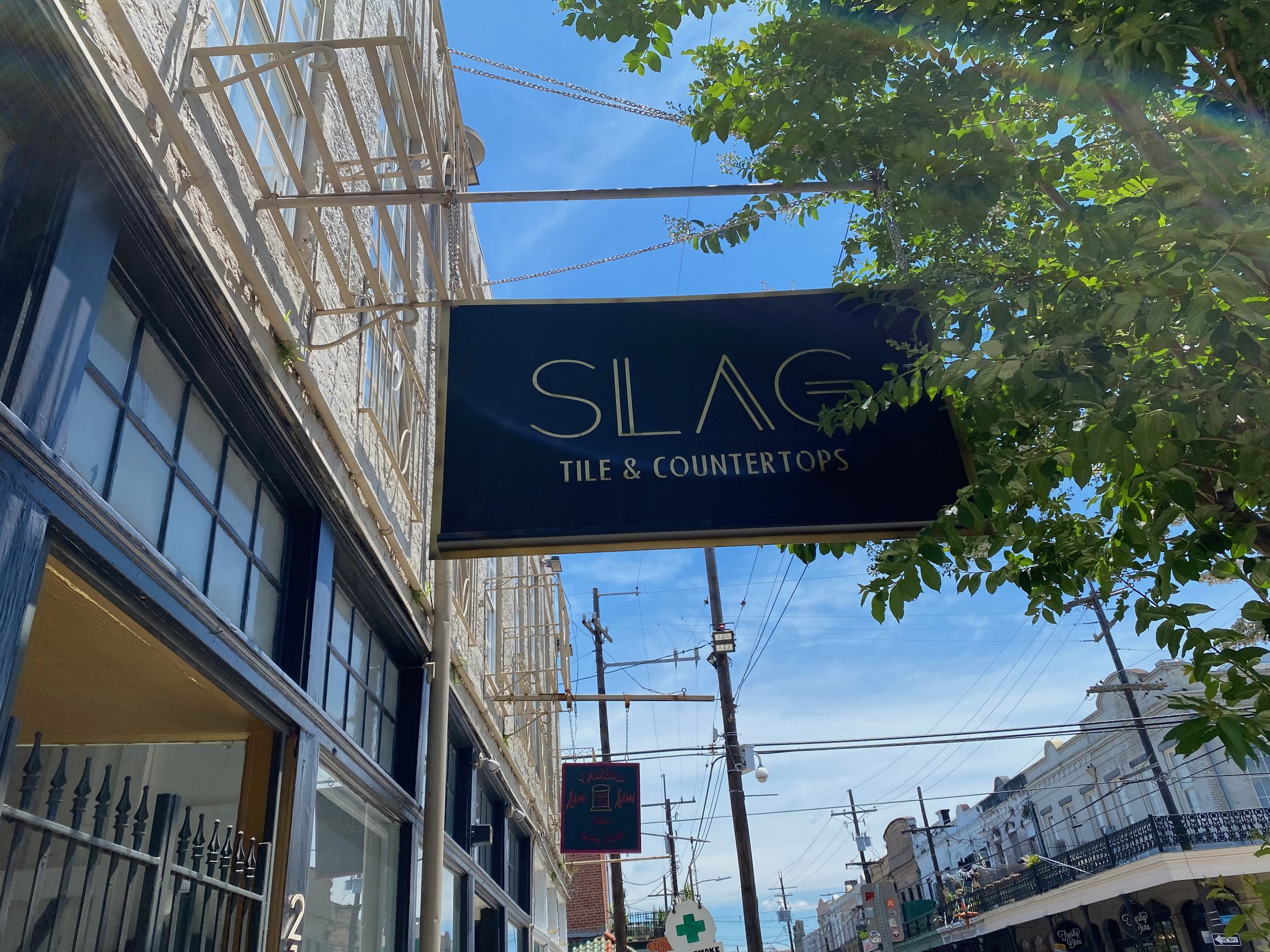
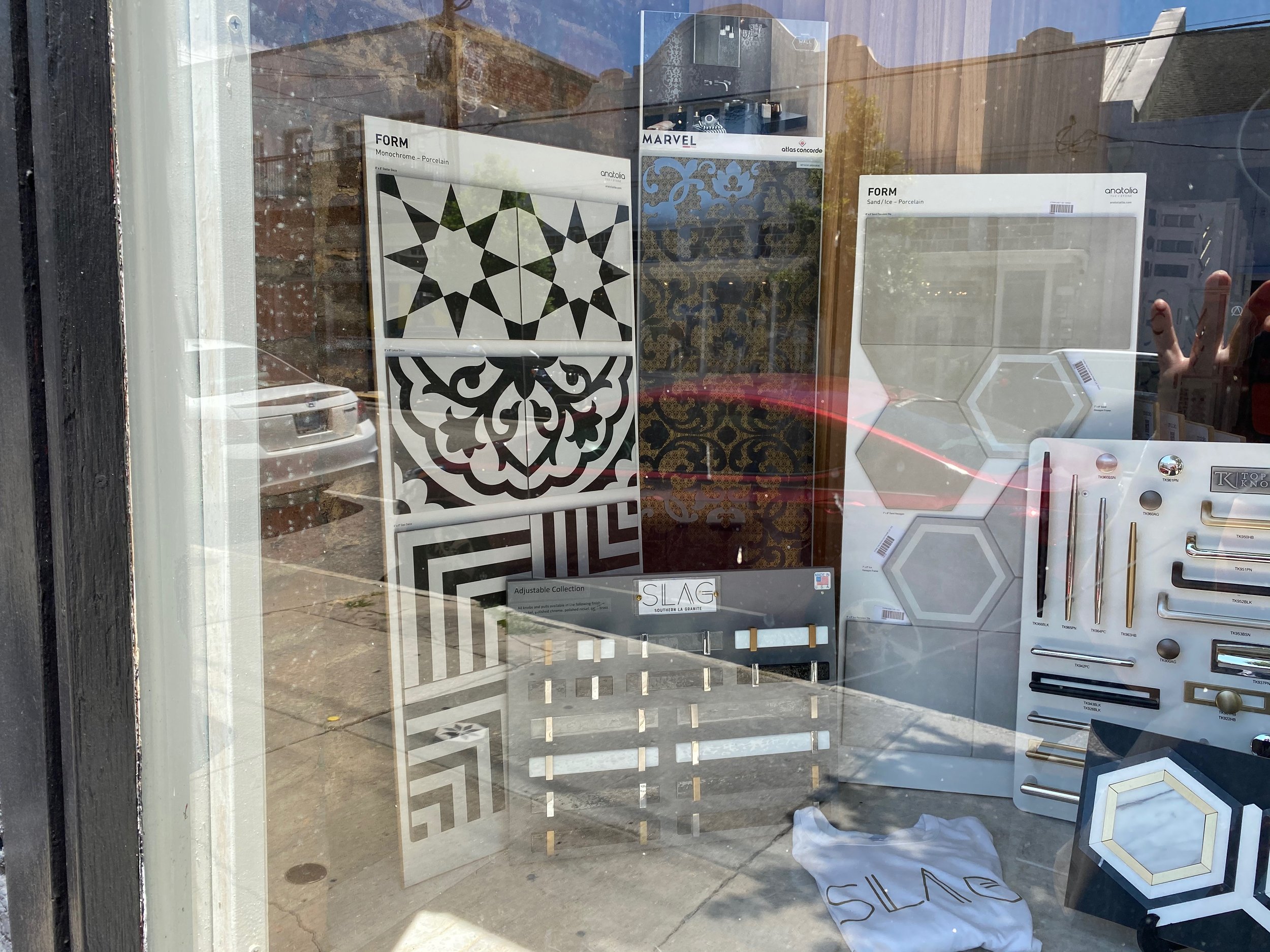

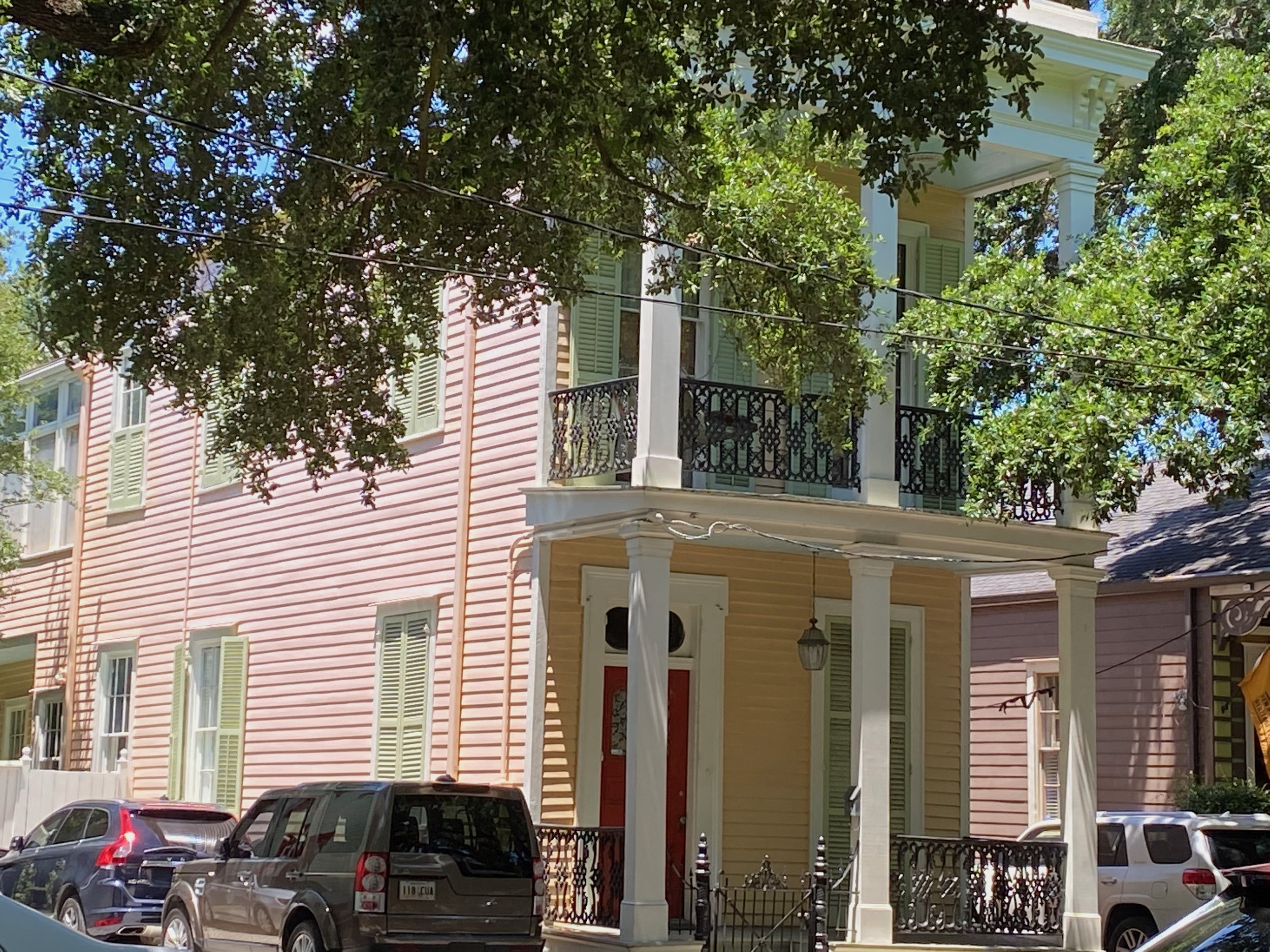
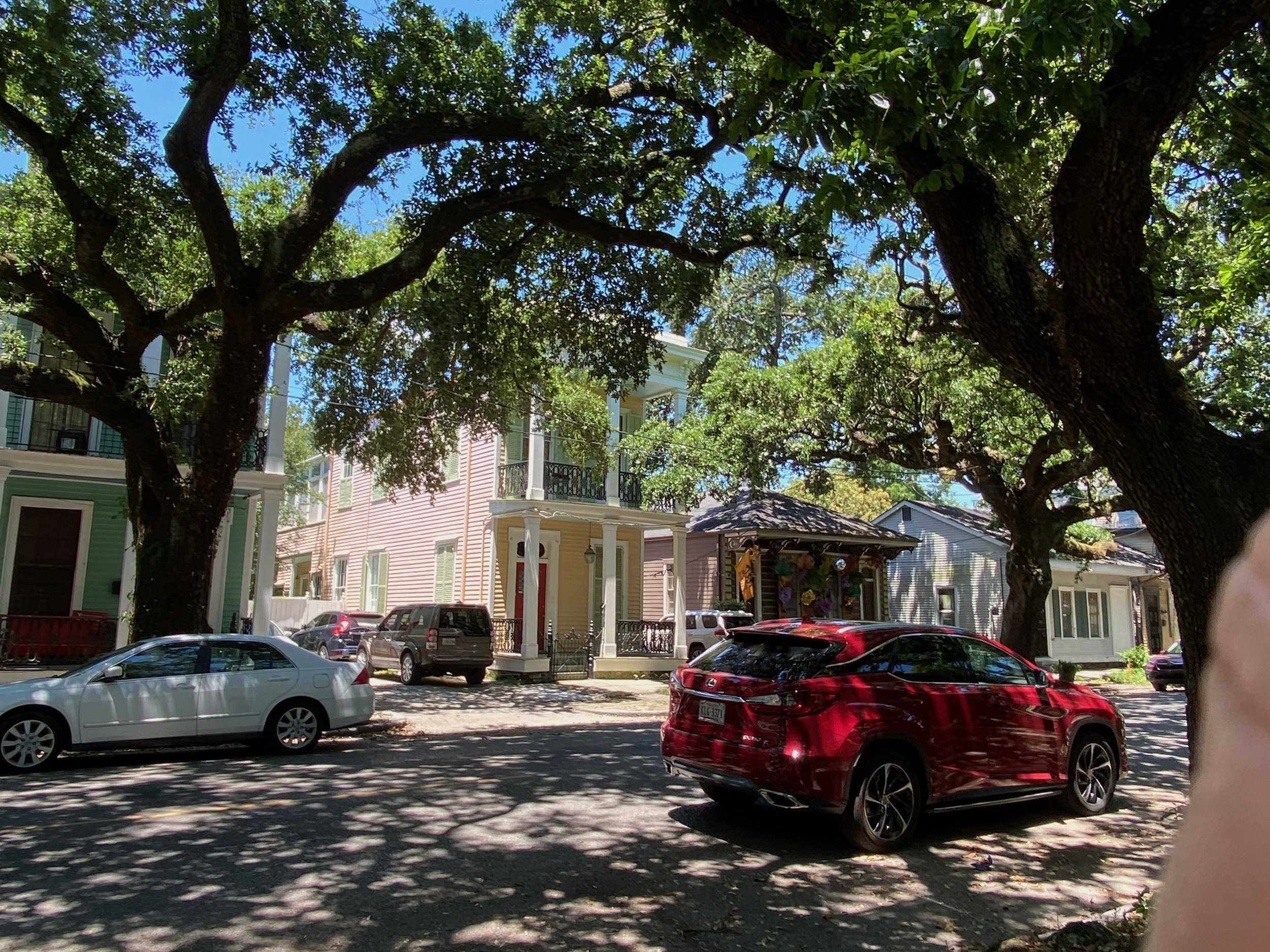
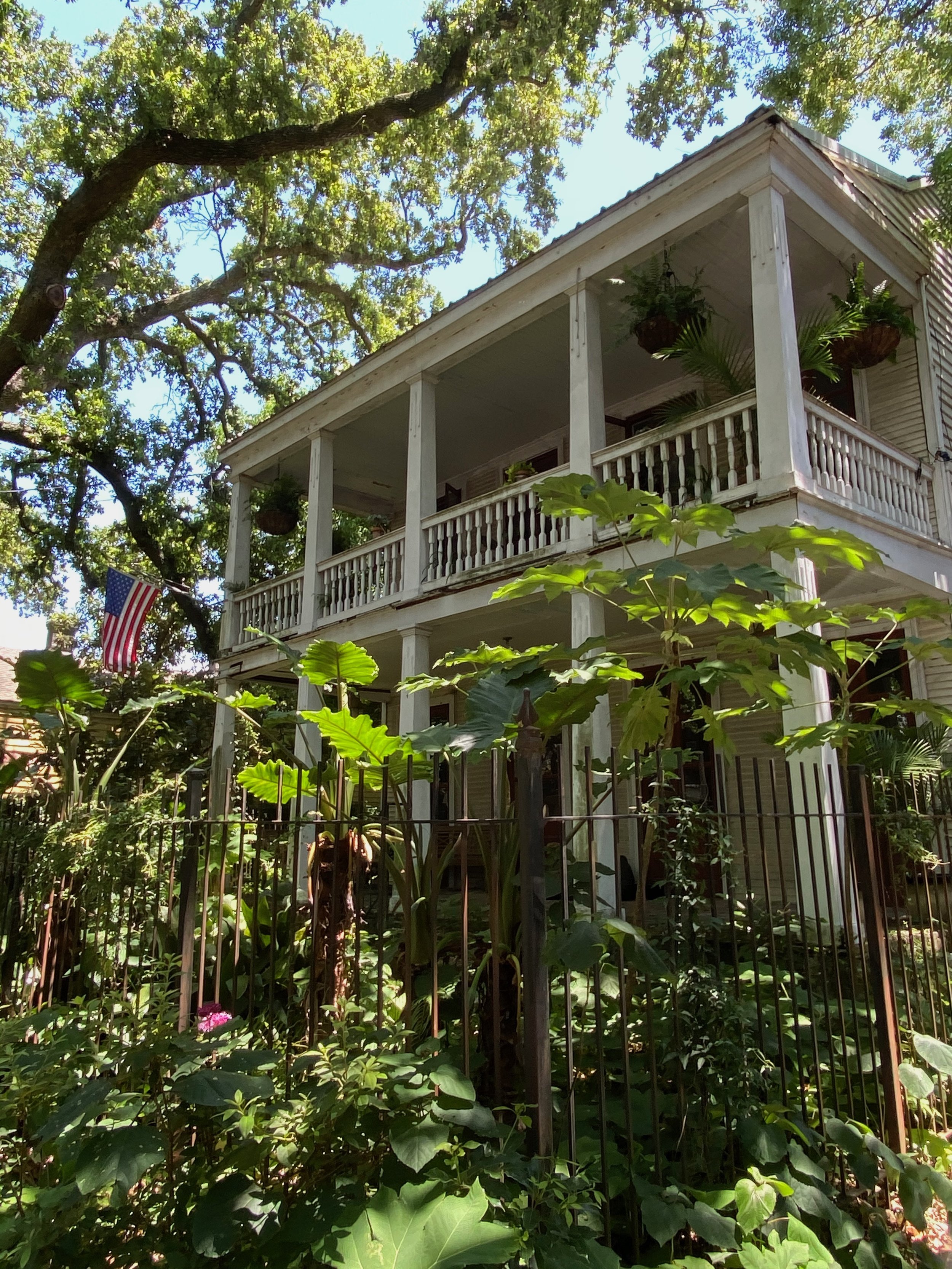
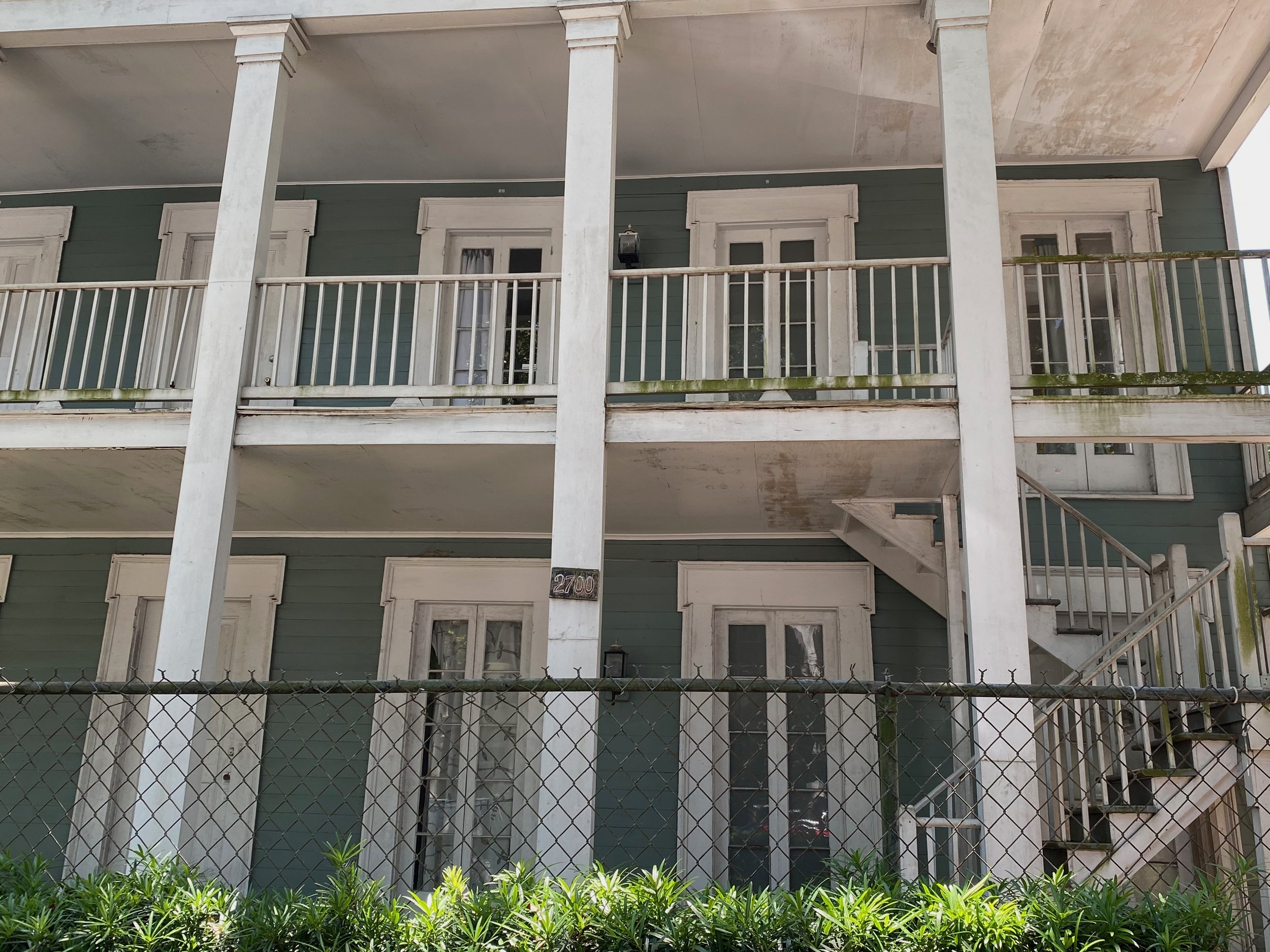
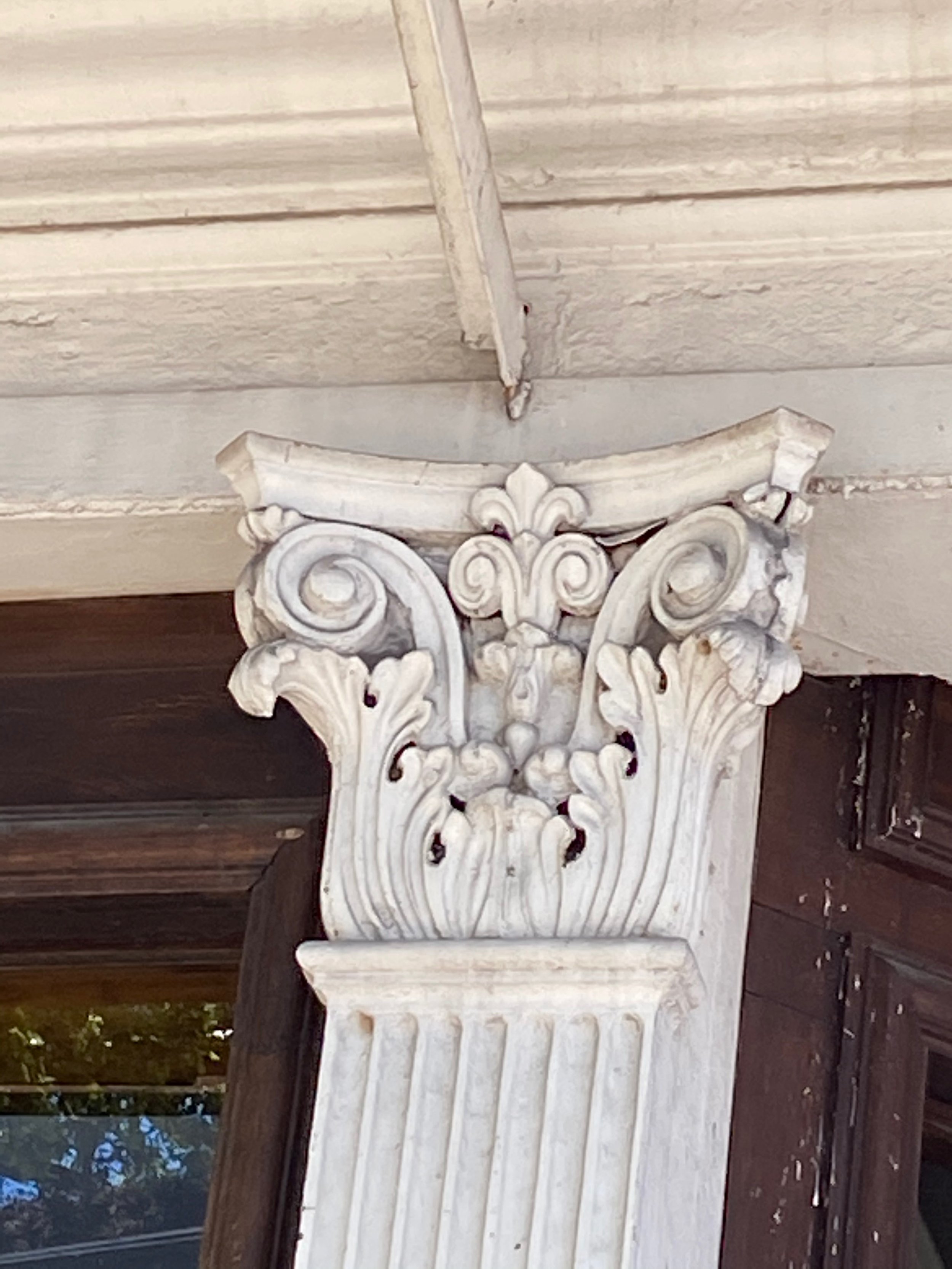
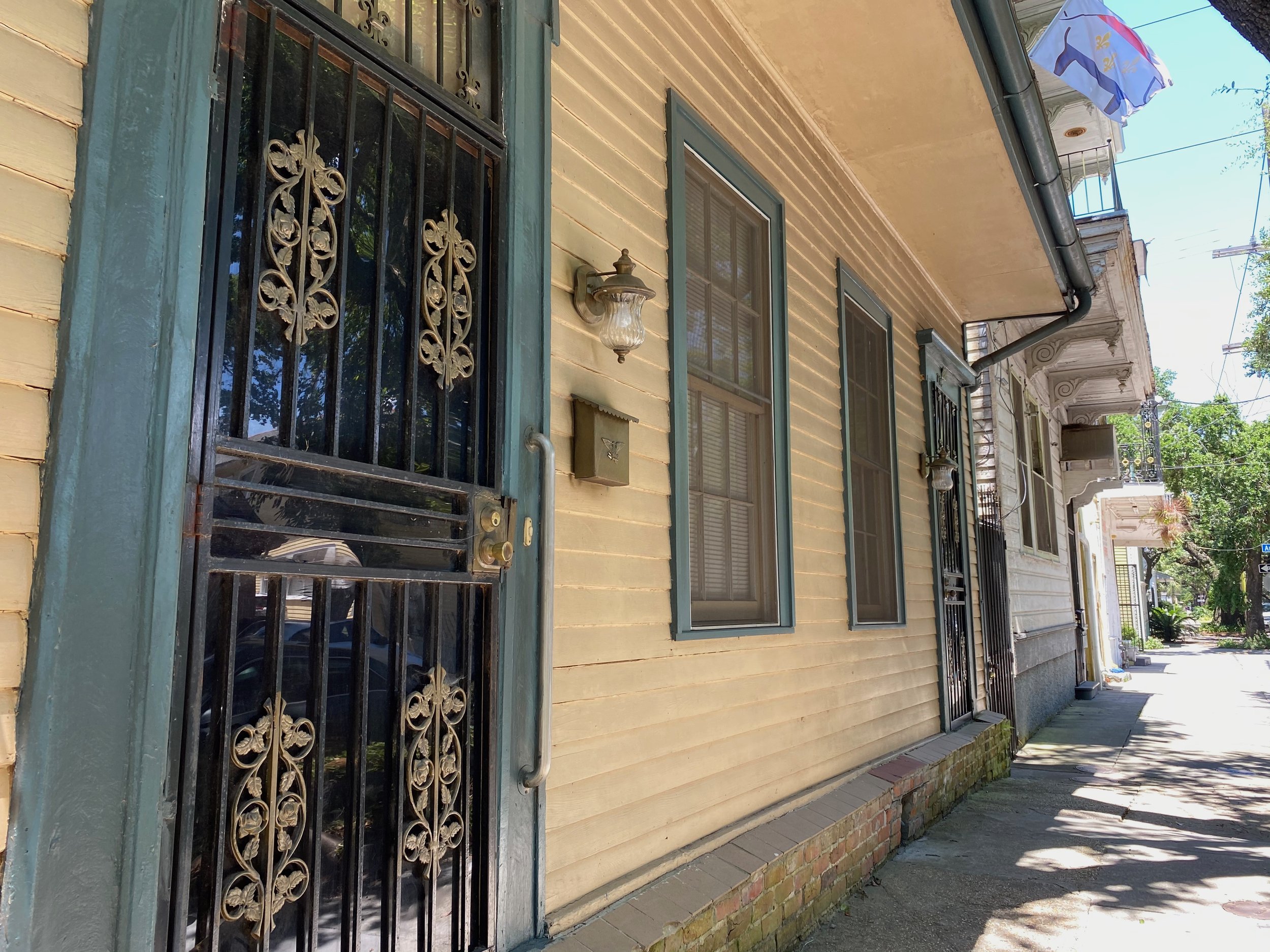
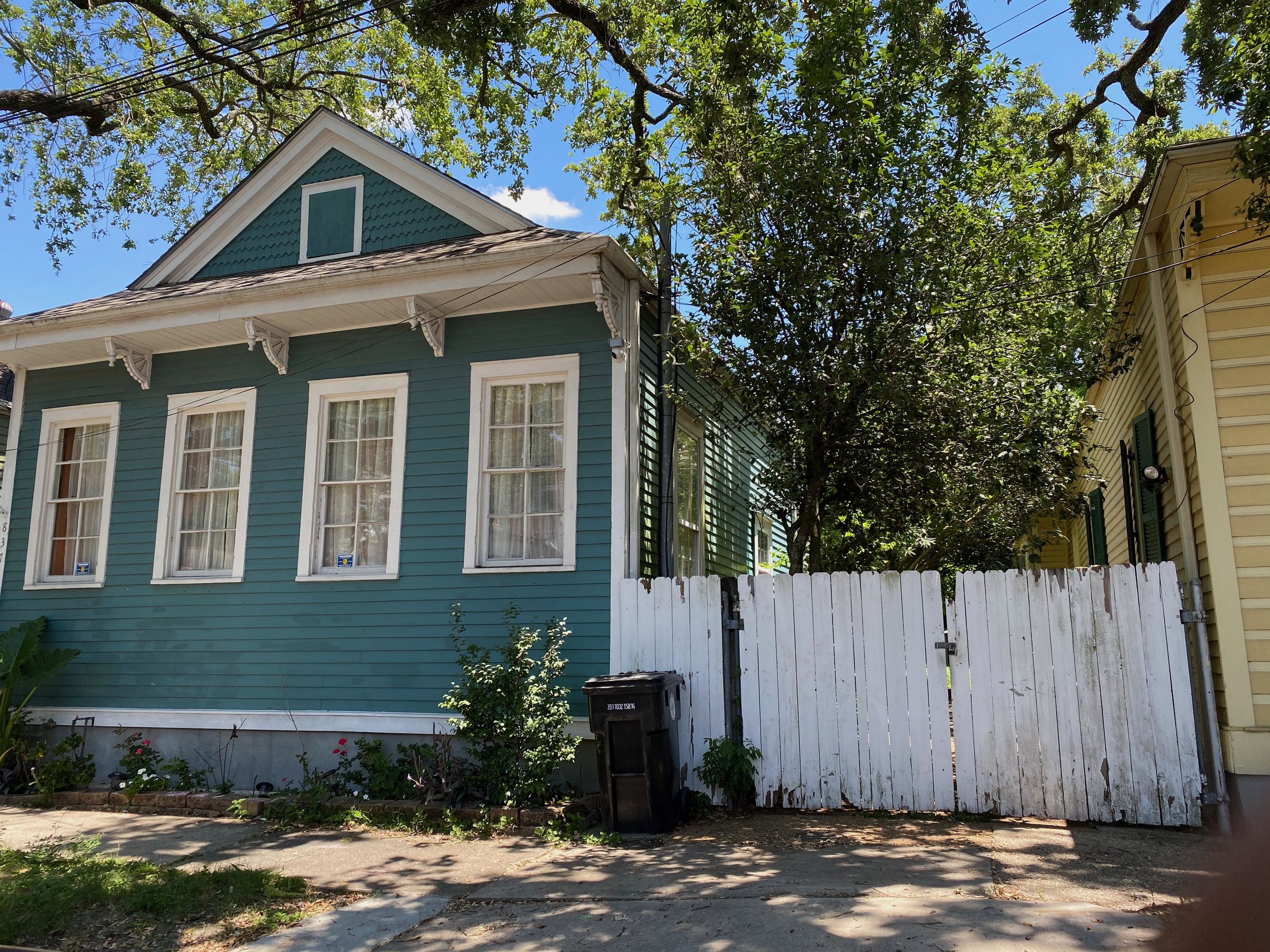

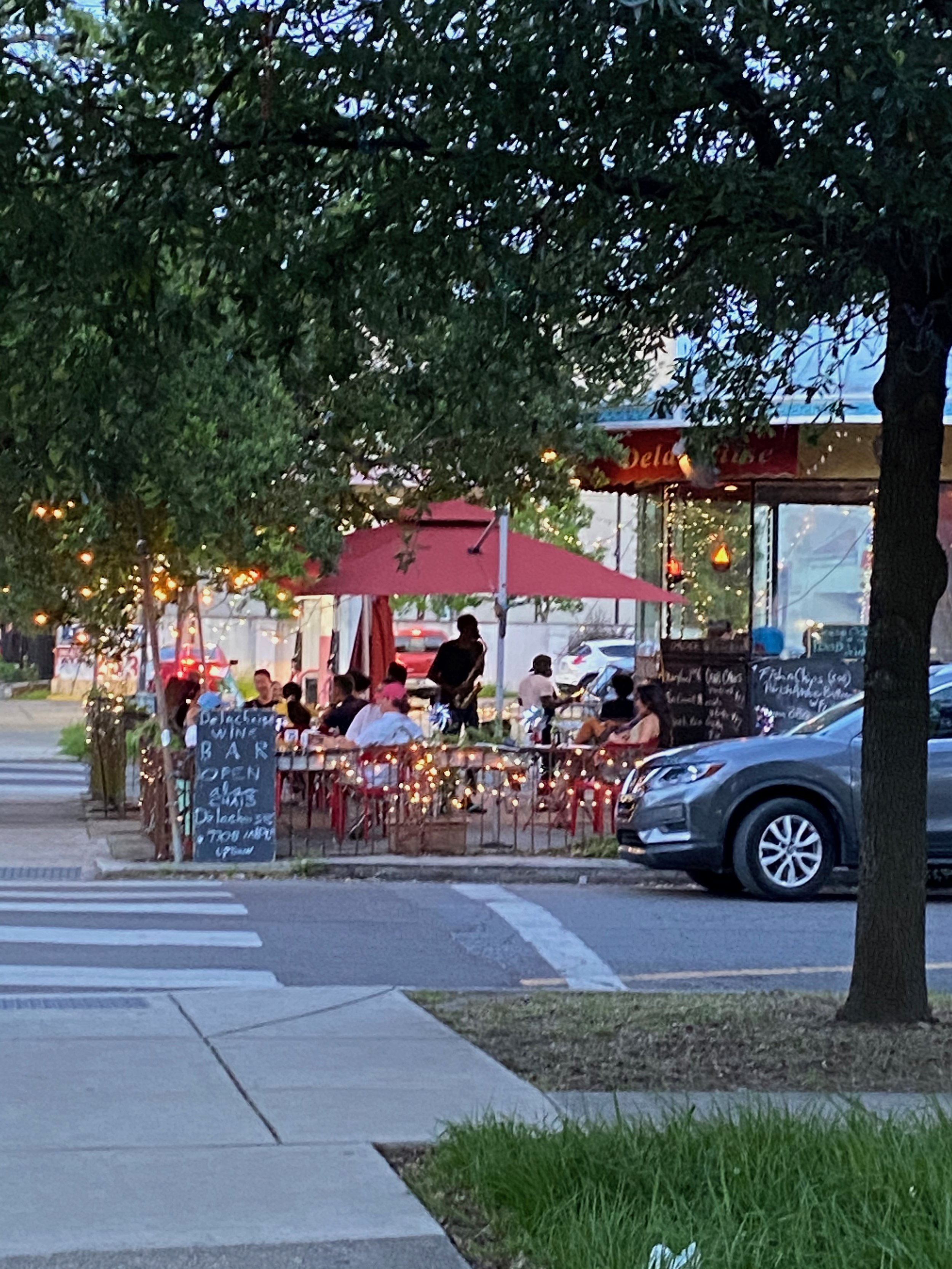
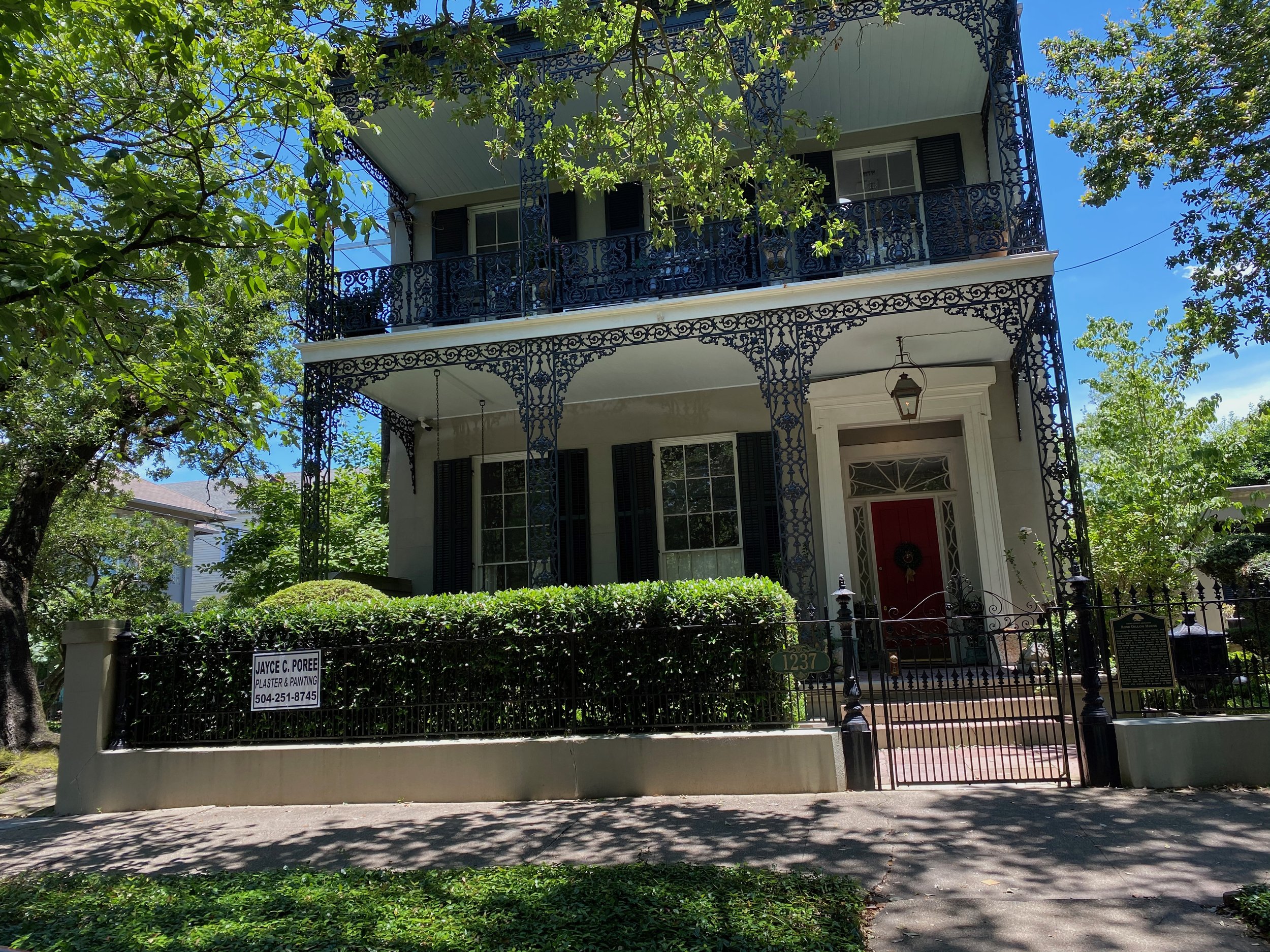
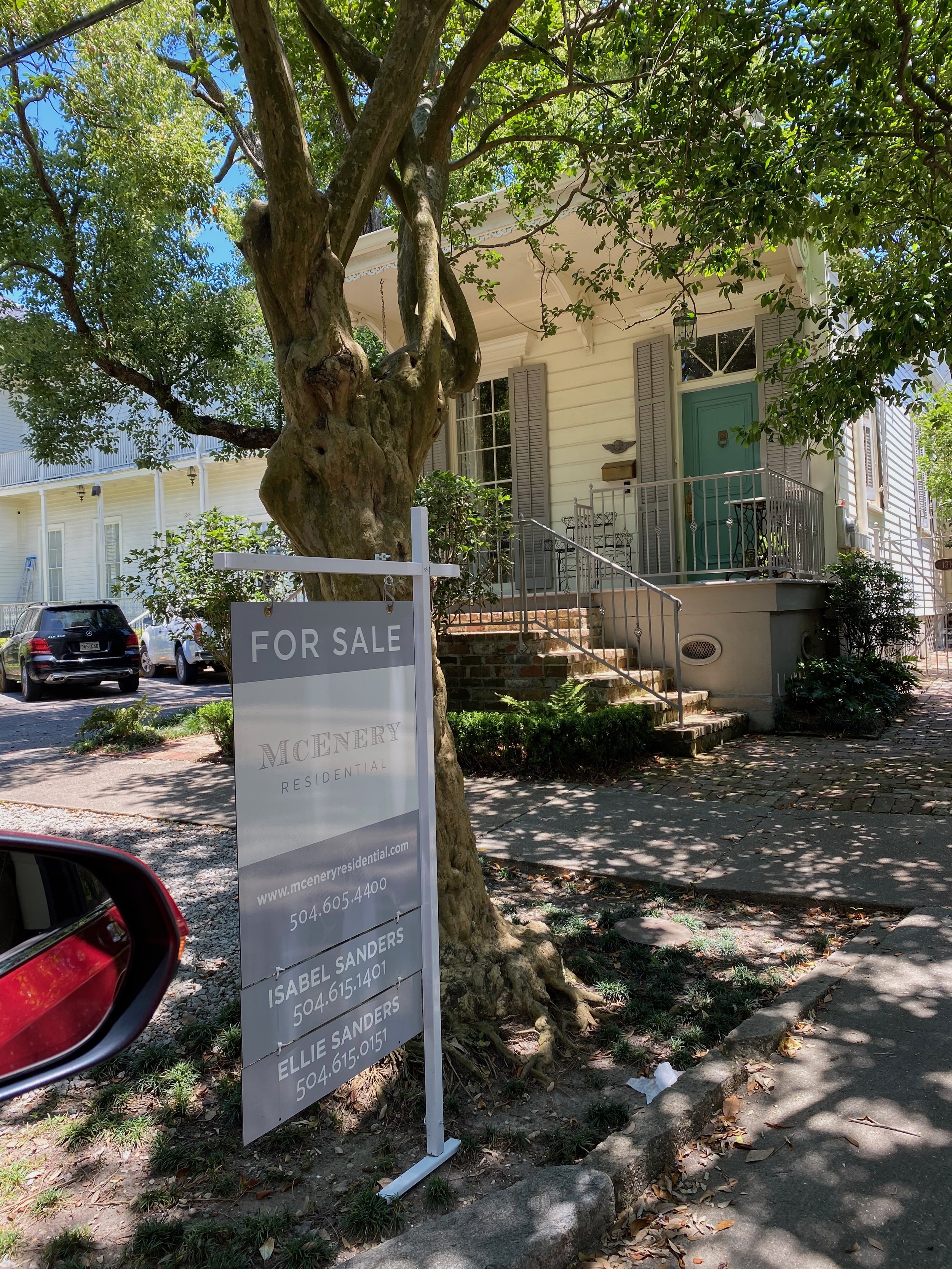
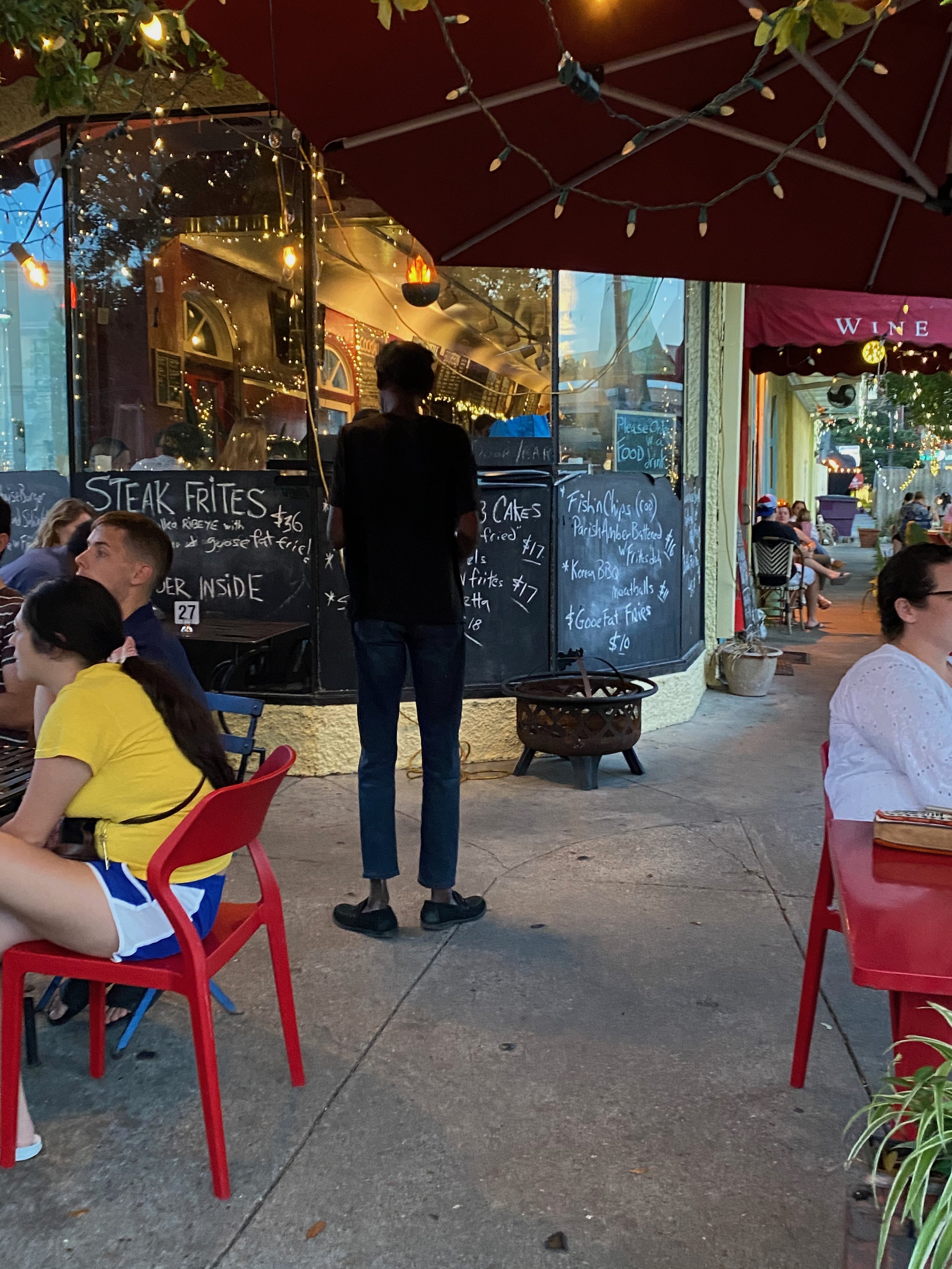
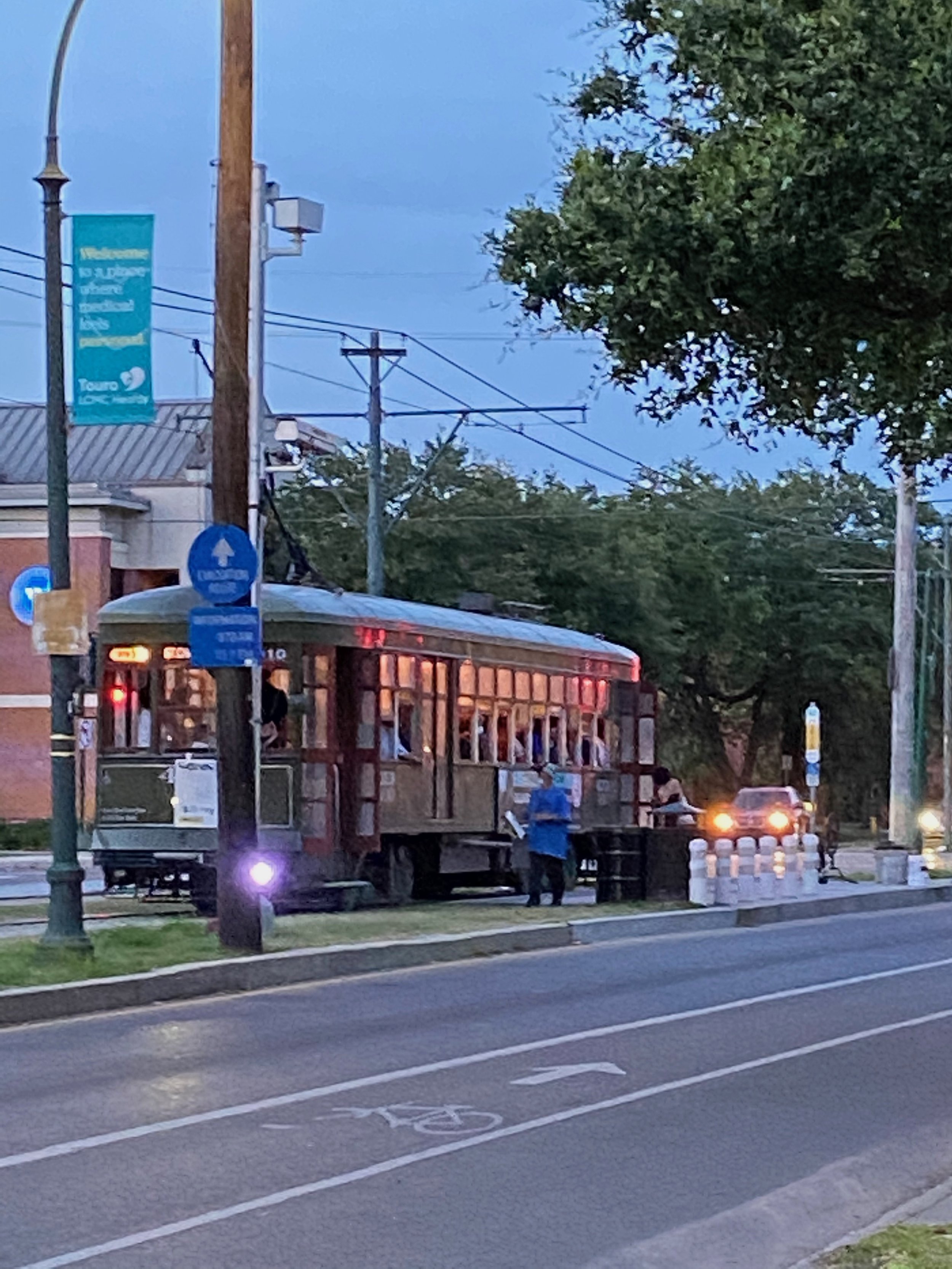
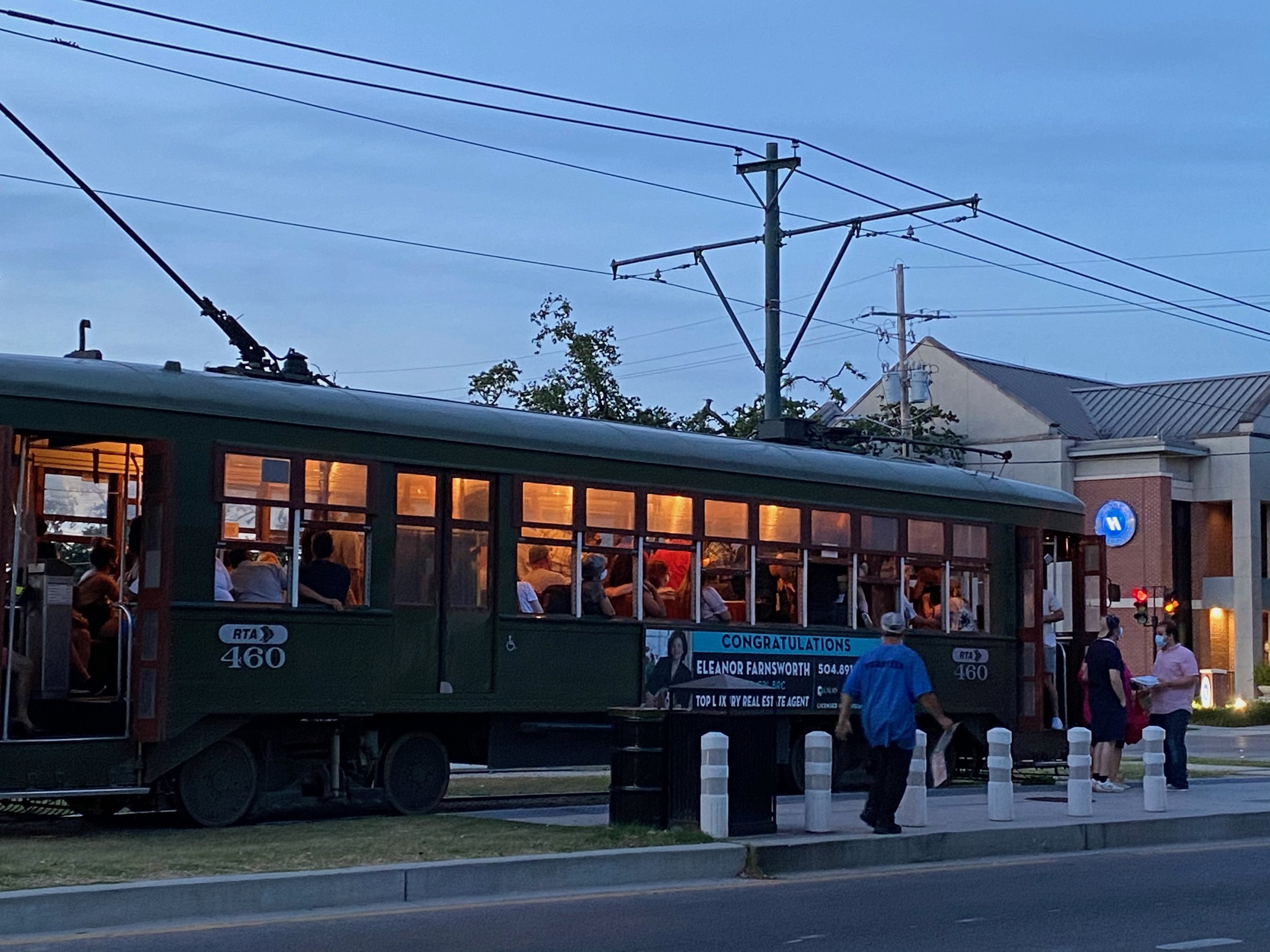
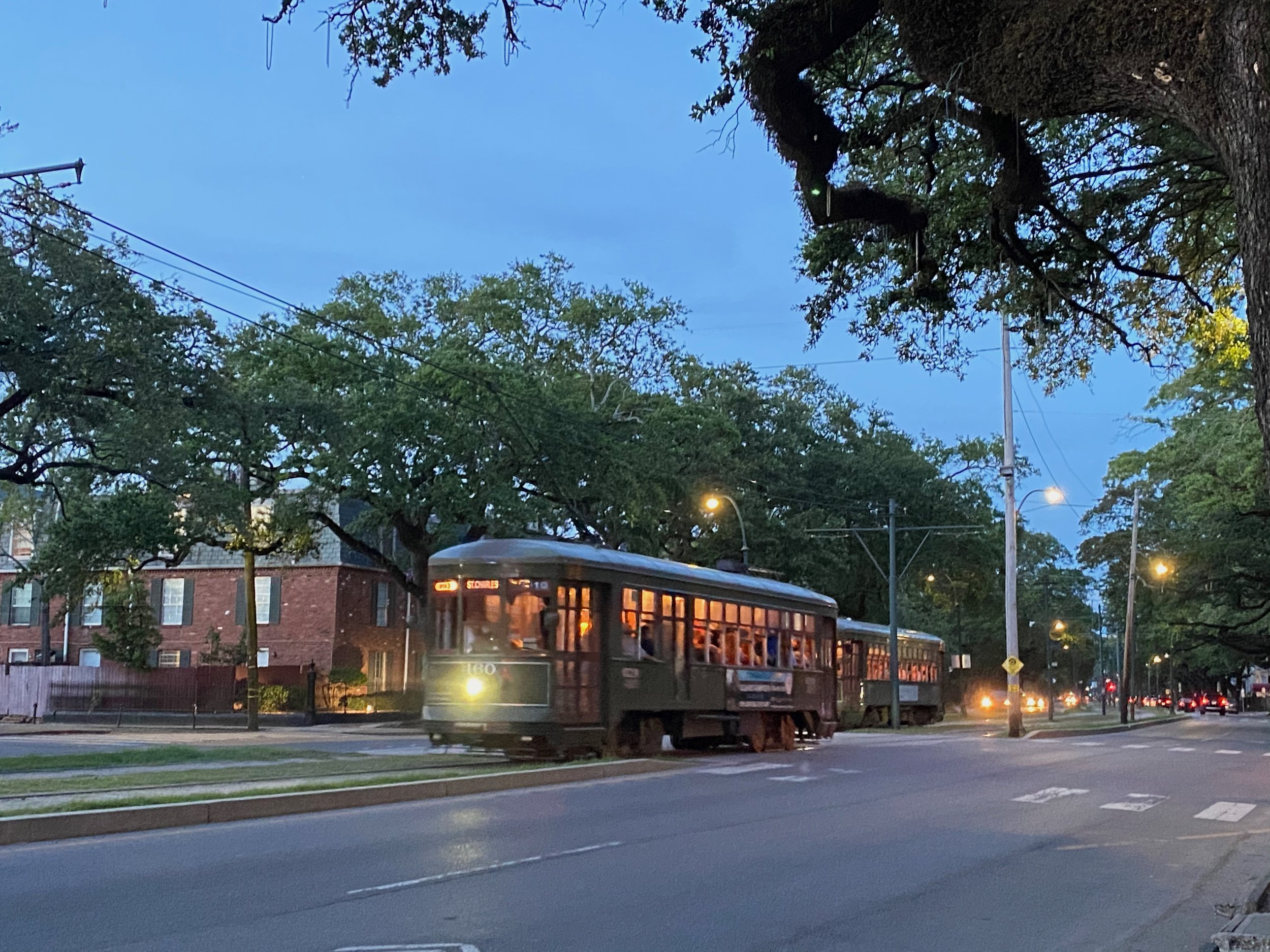

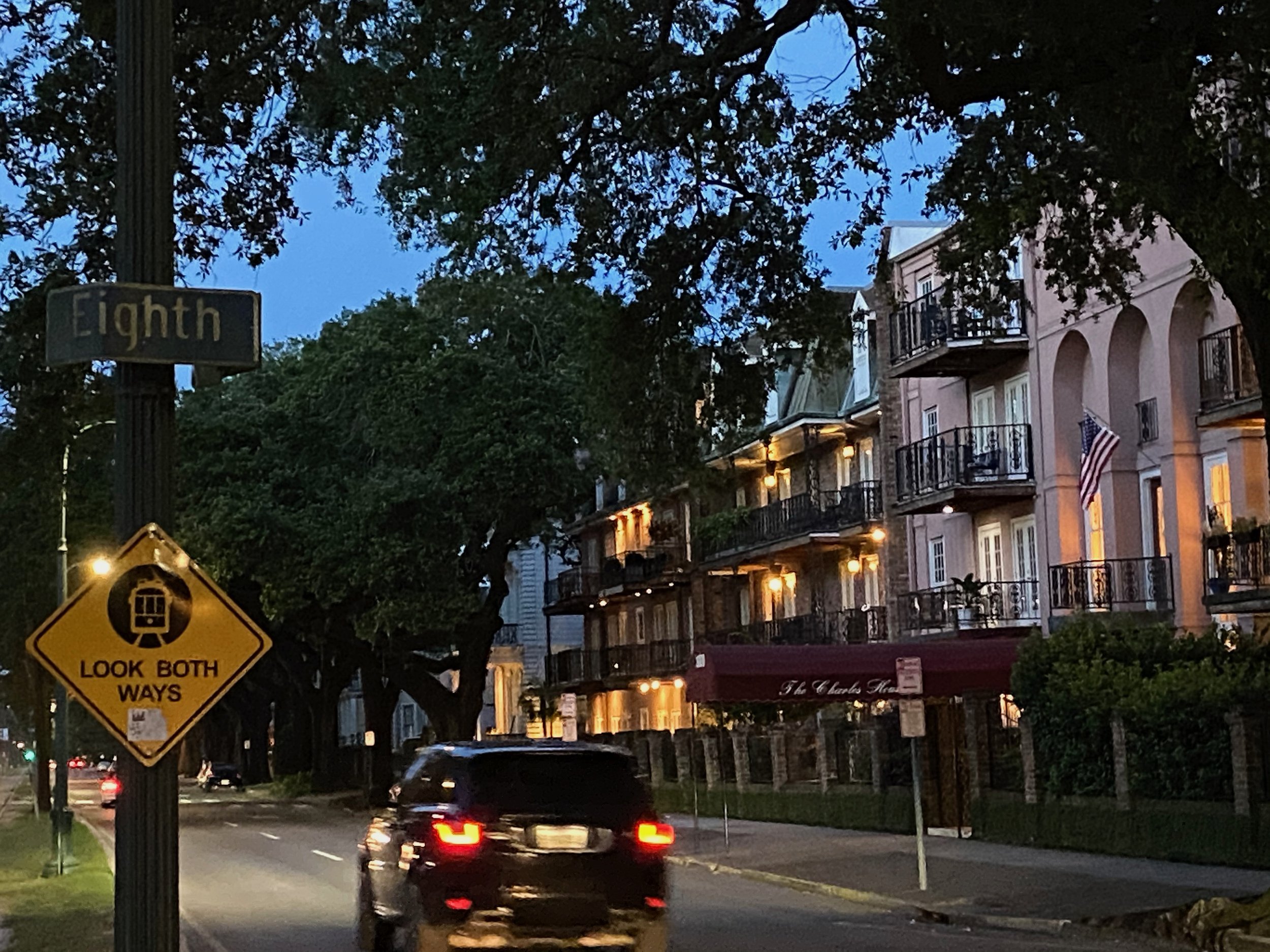
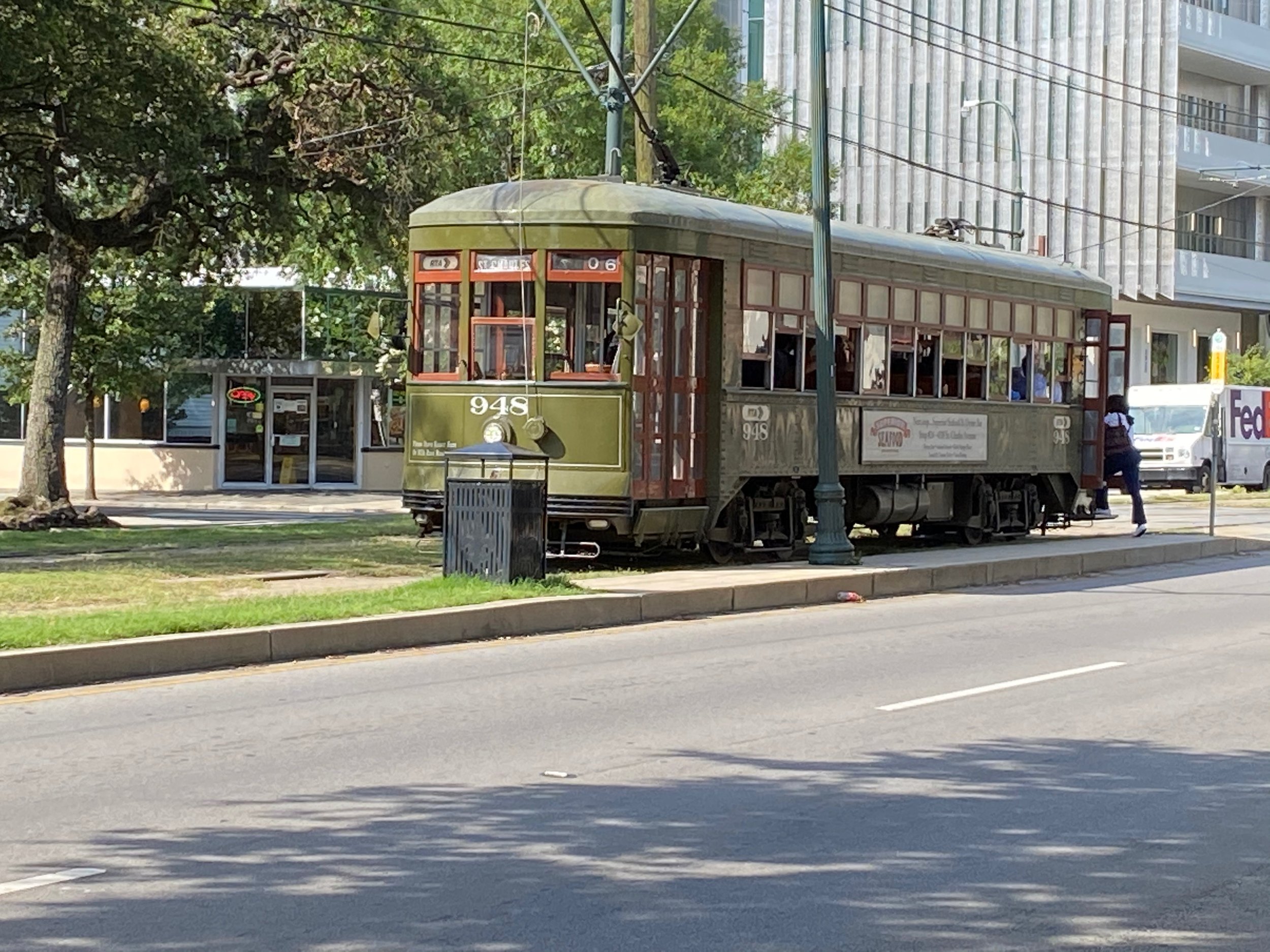
Photos from the tour of the Treme District
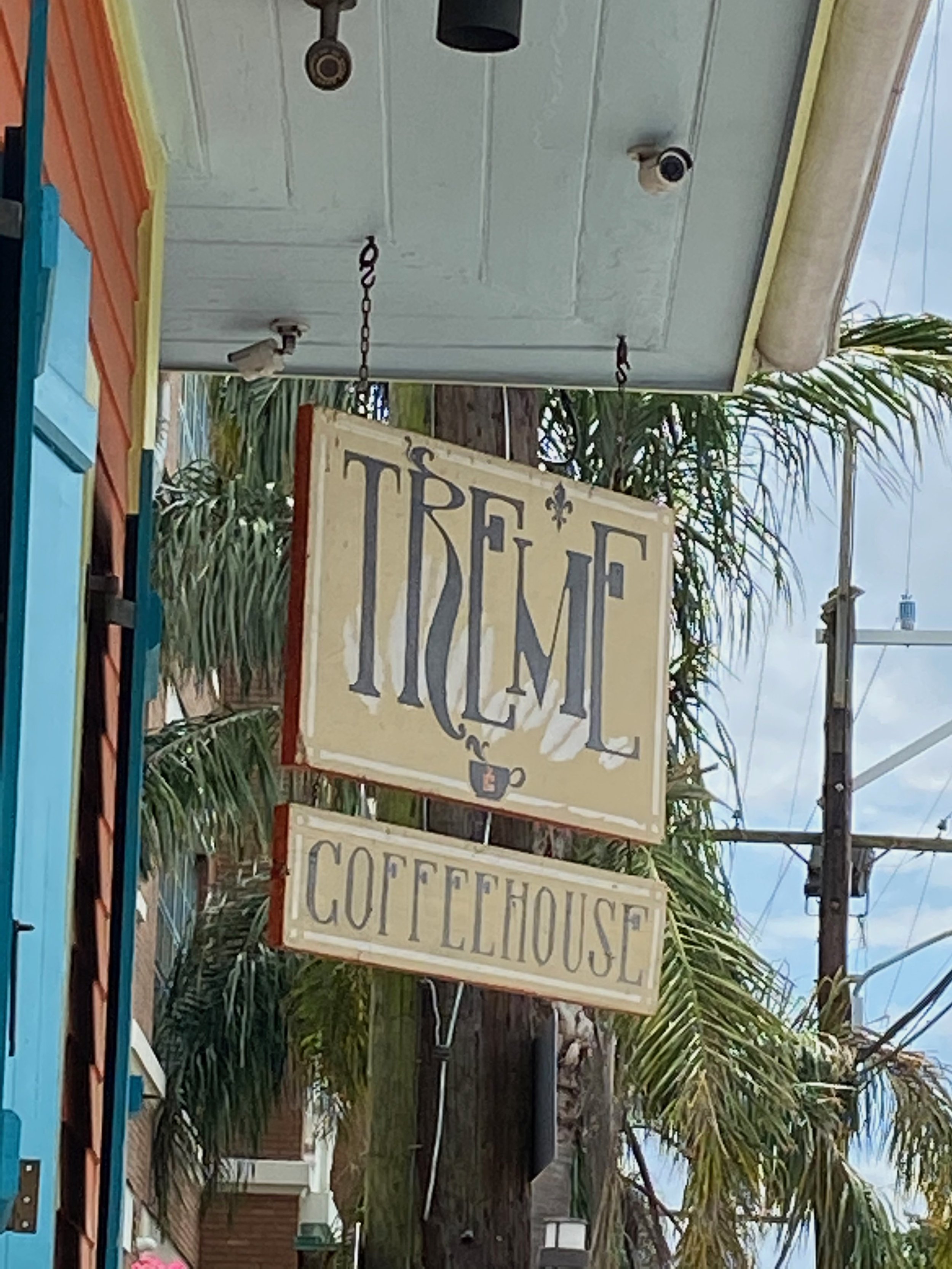
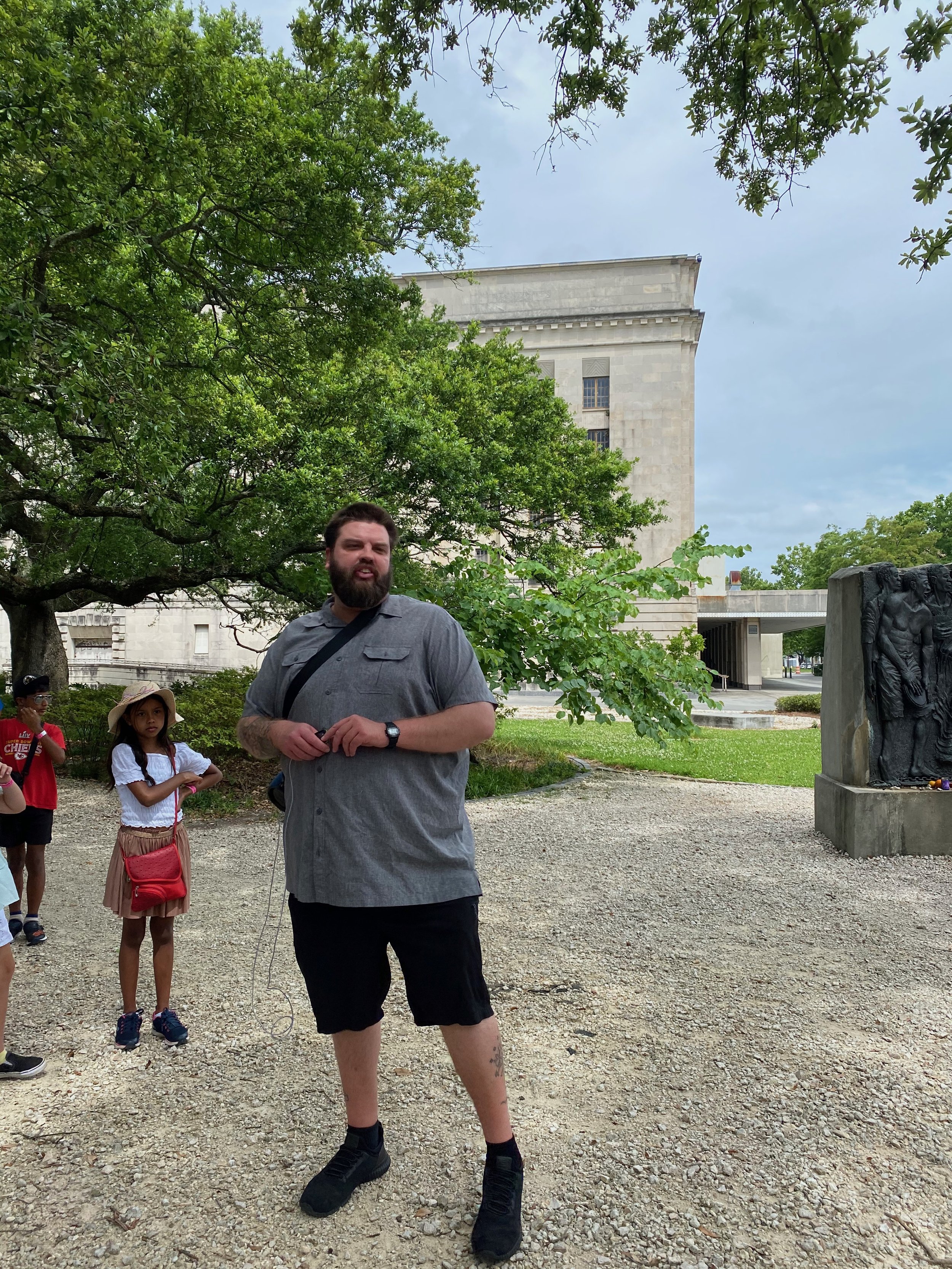
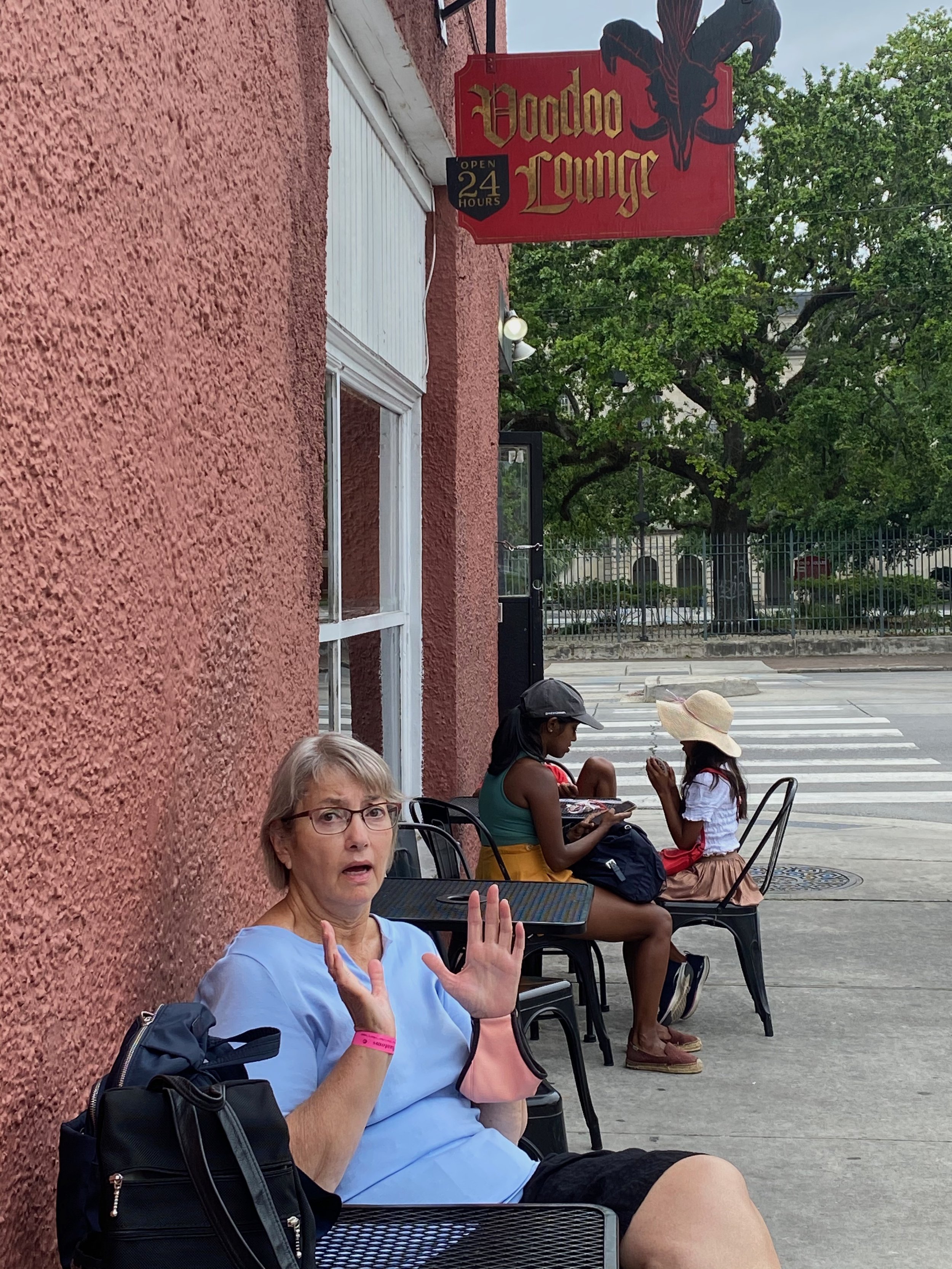

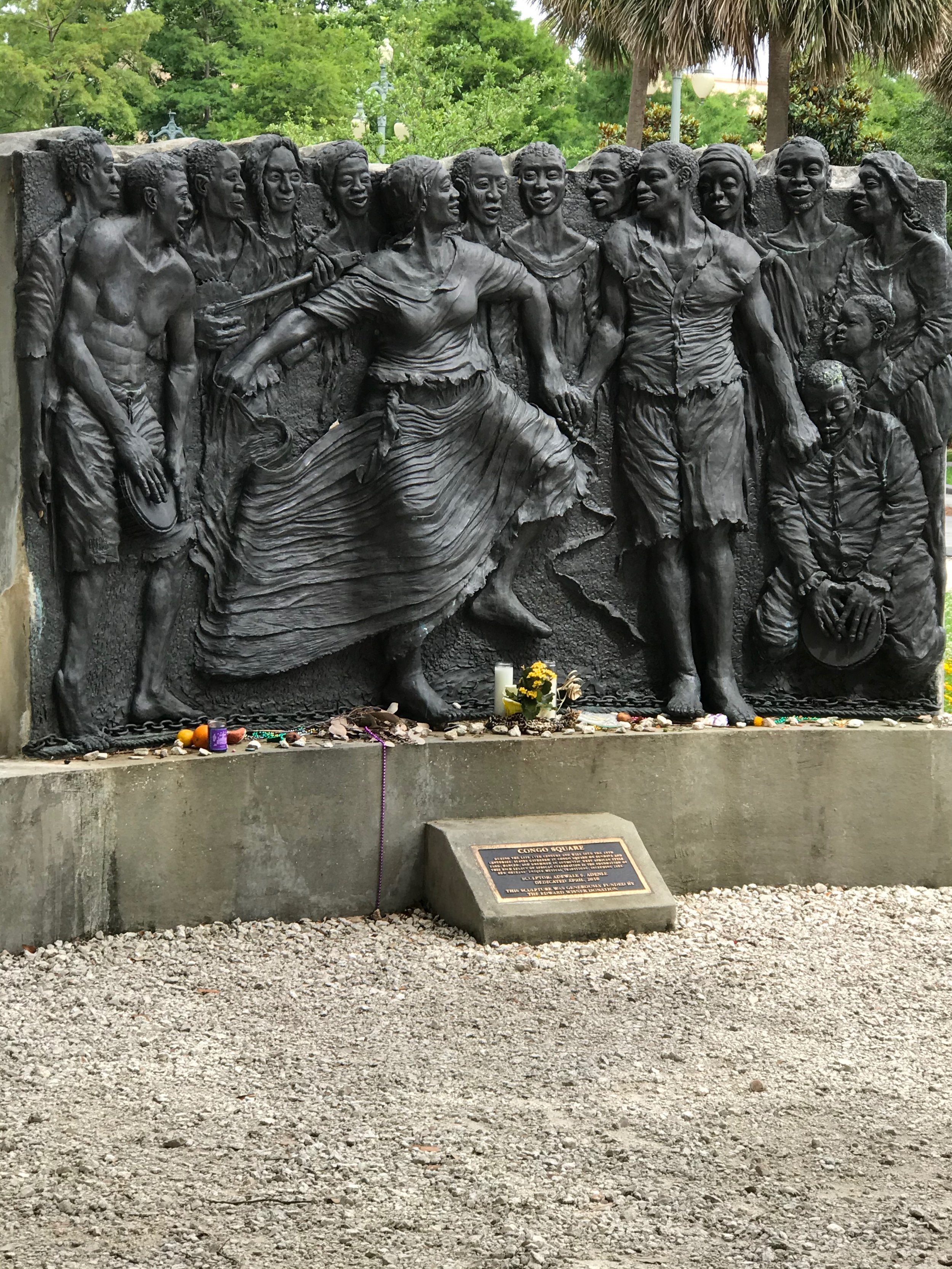
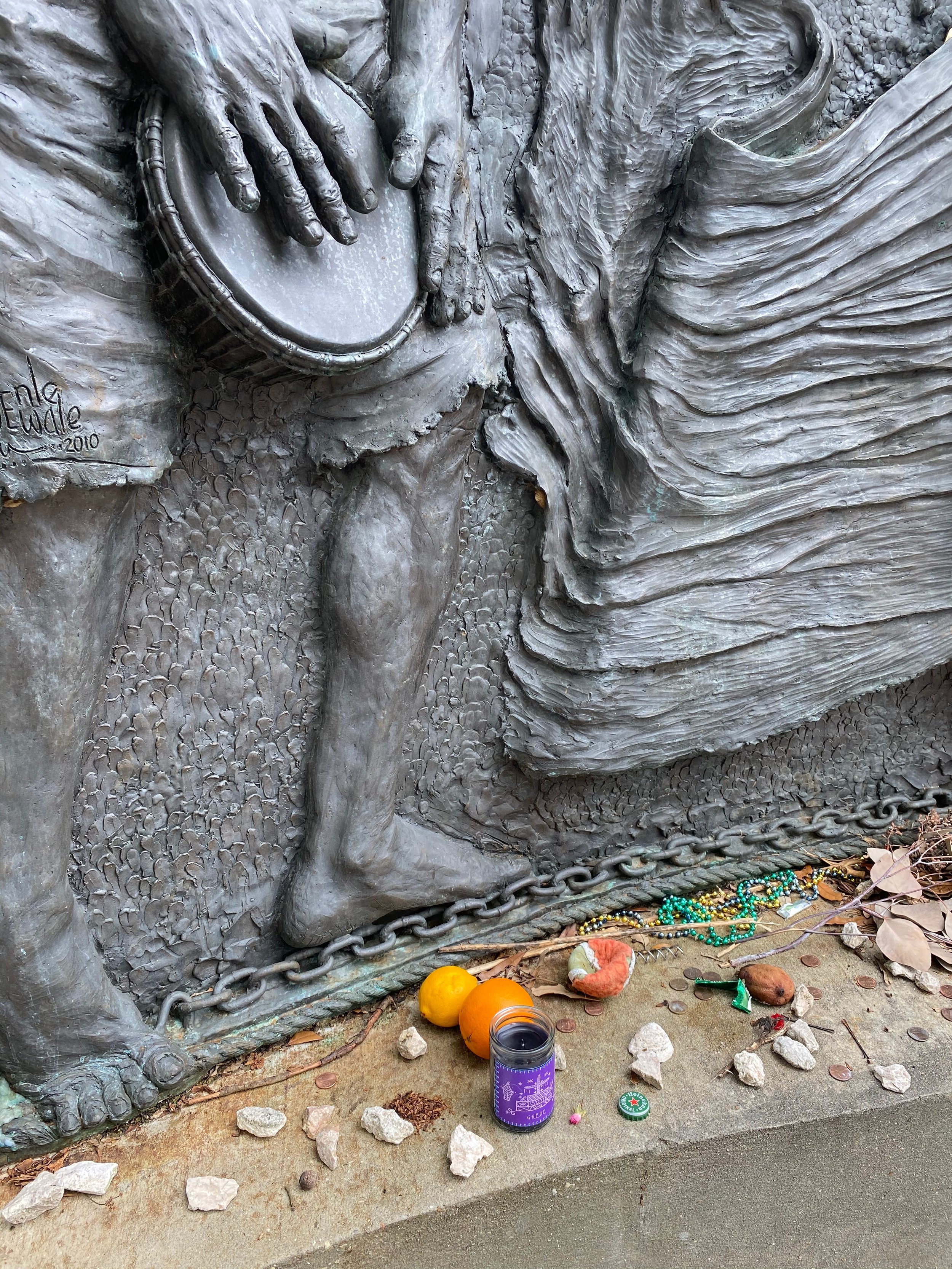
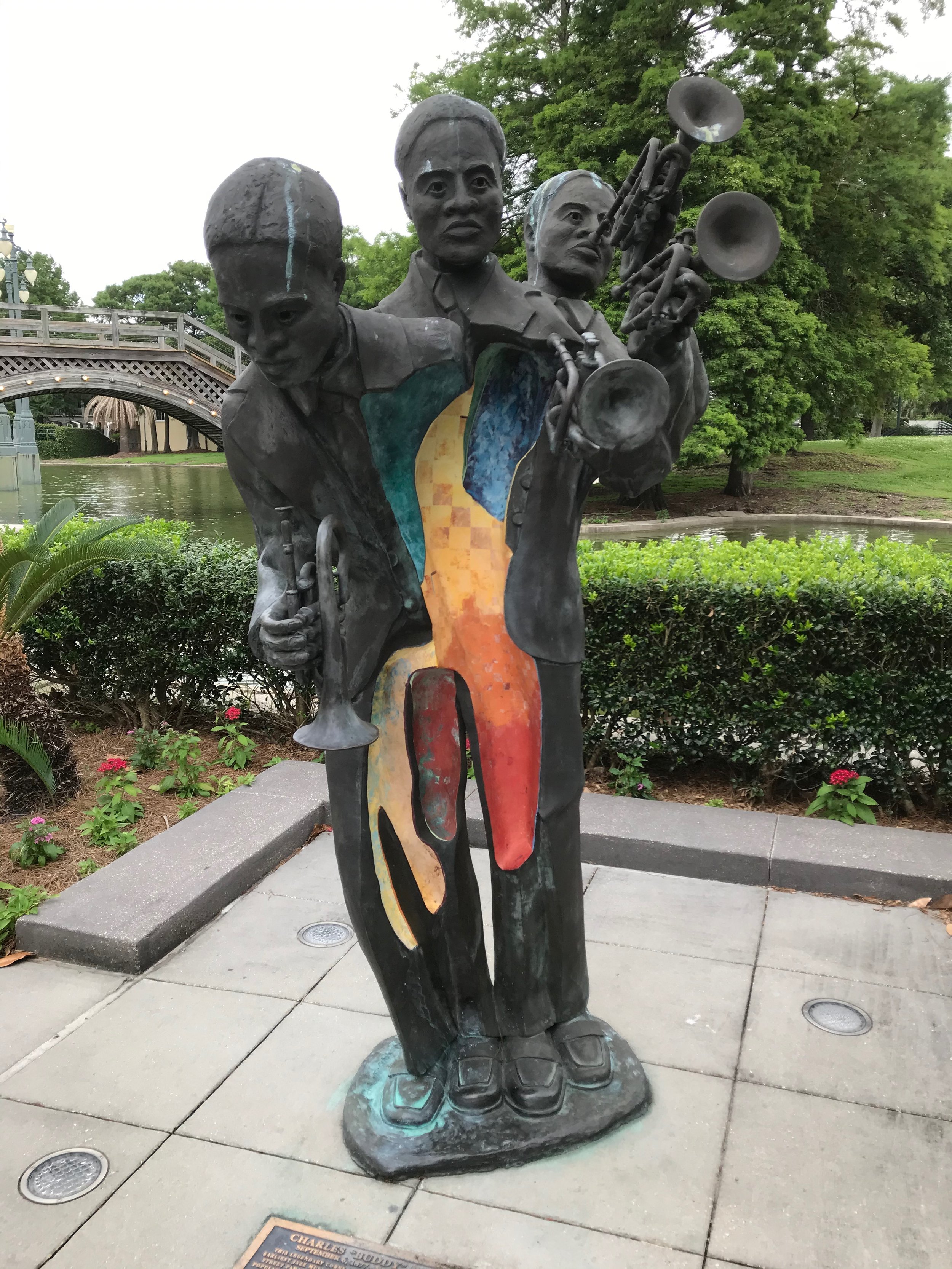


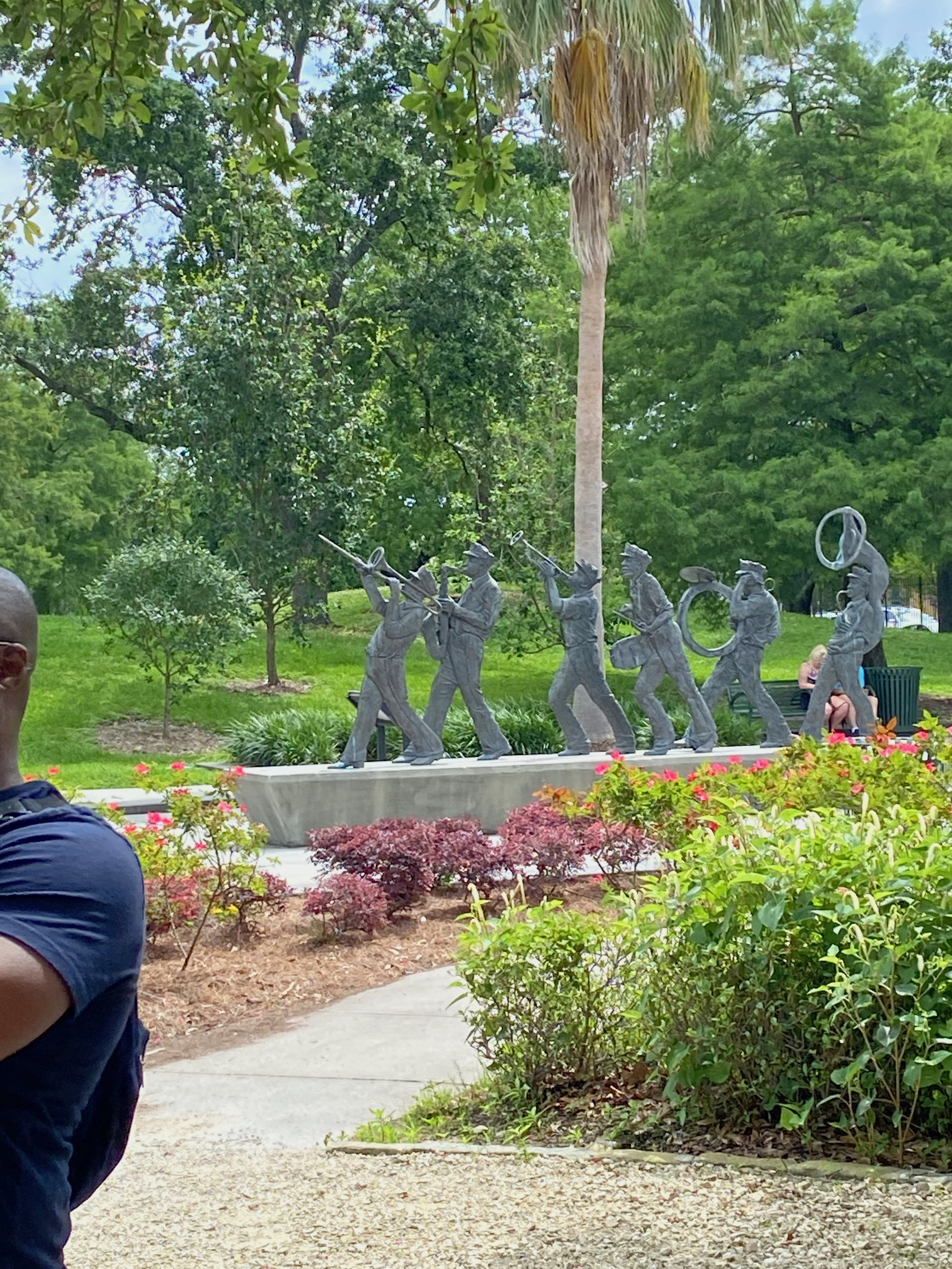
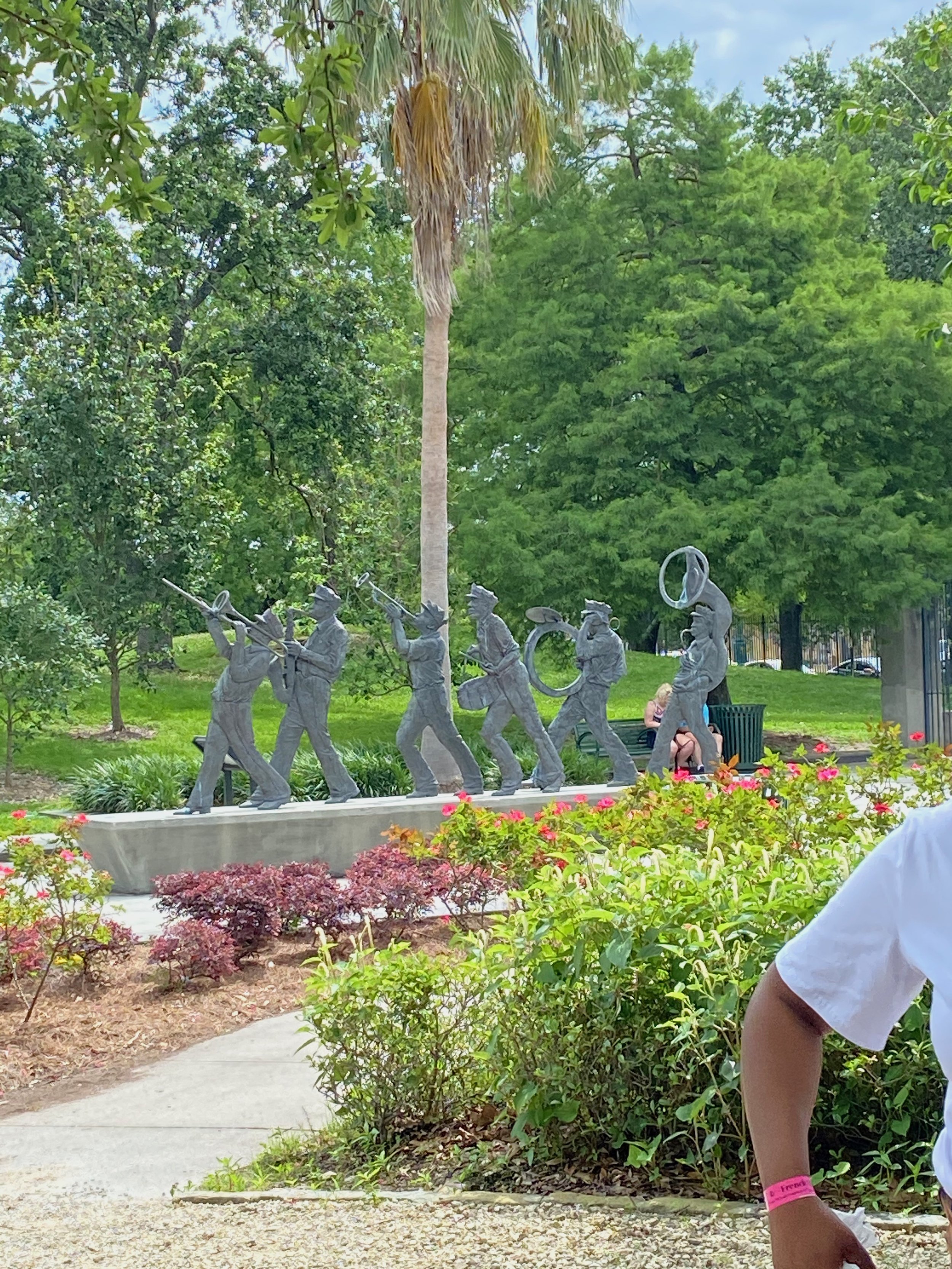
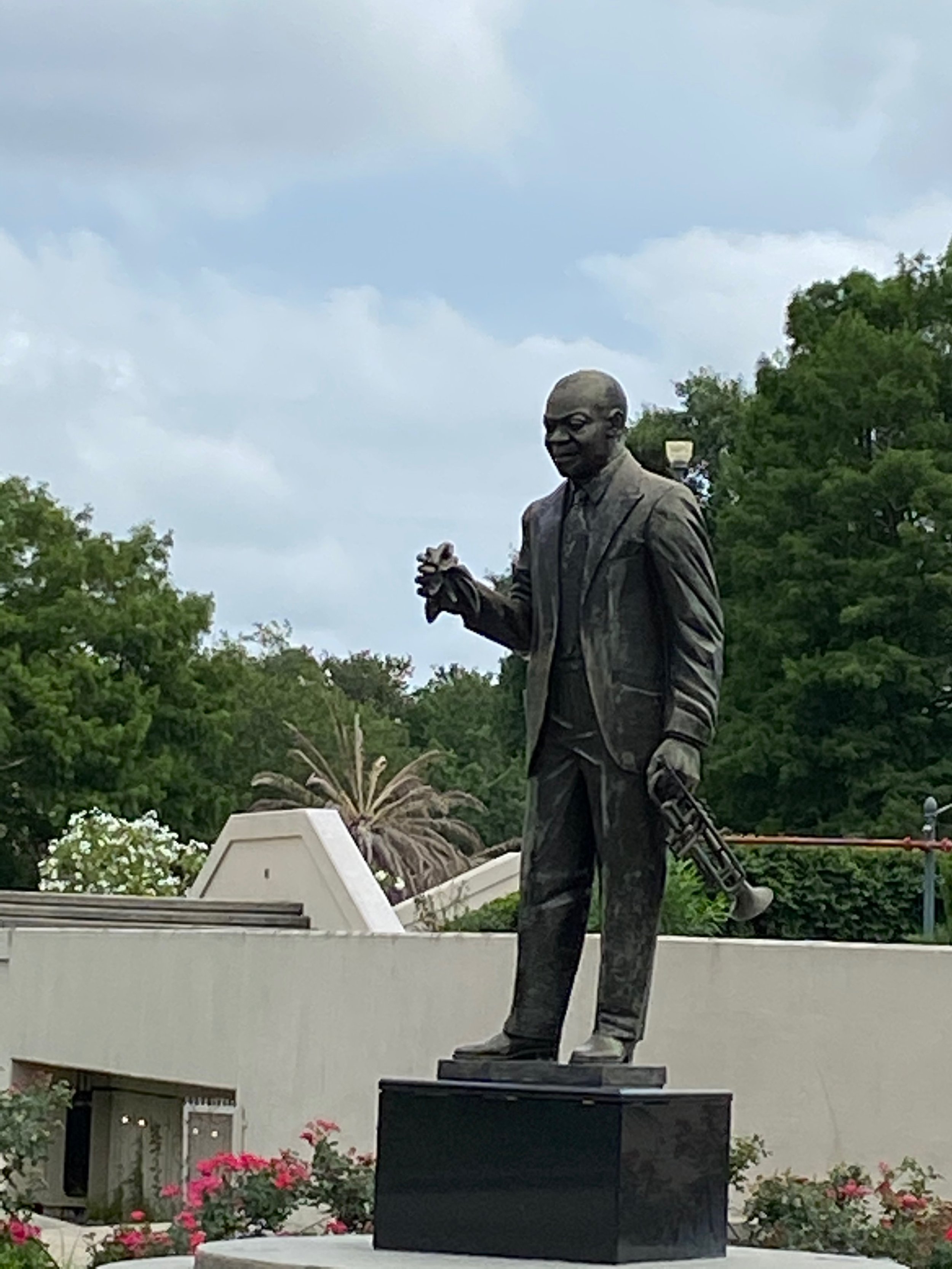
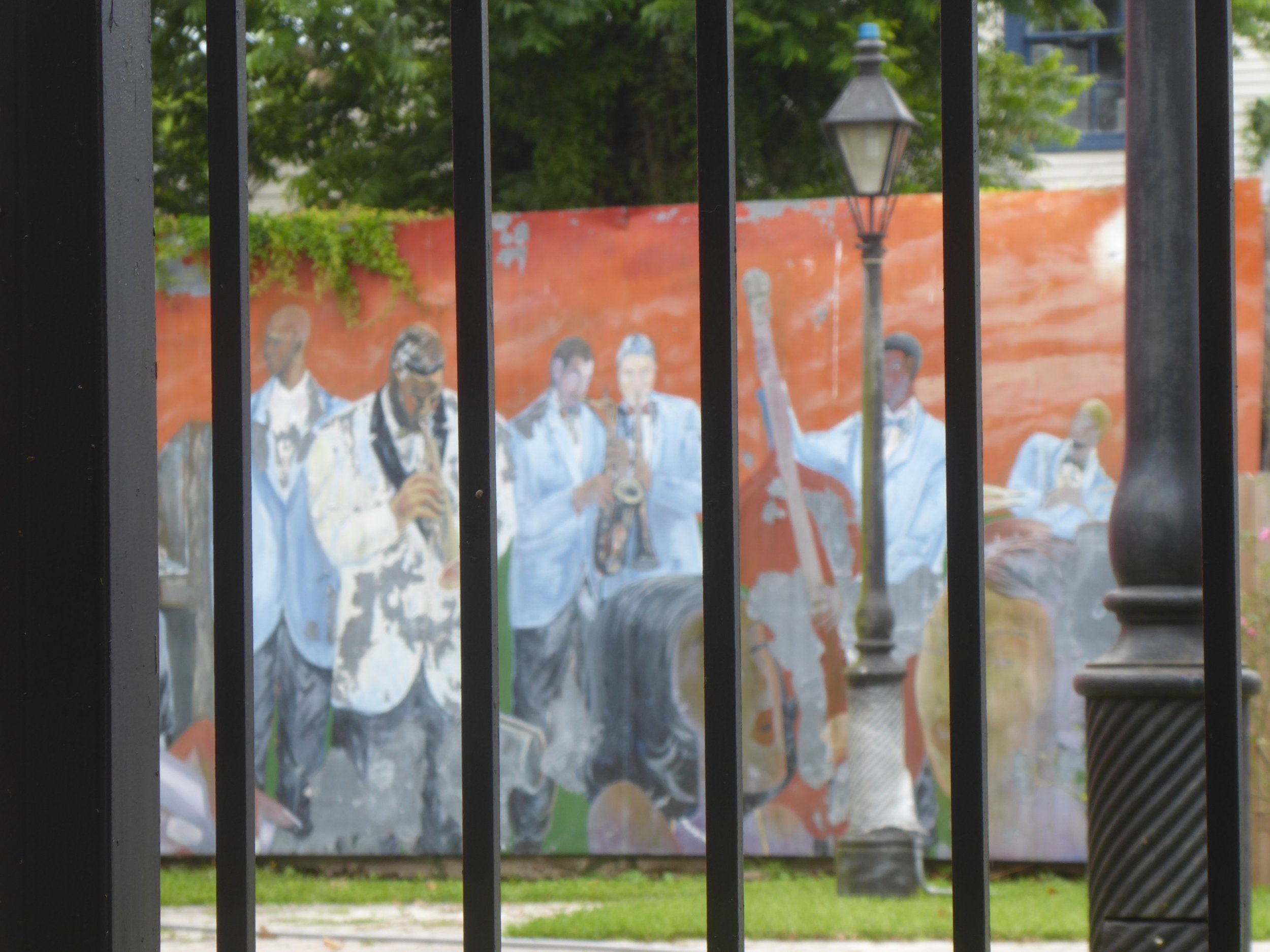
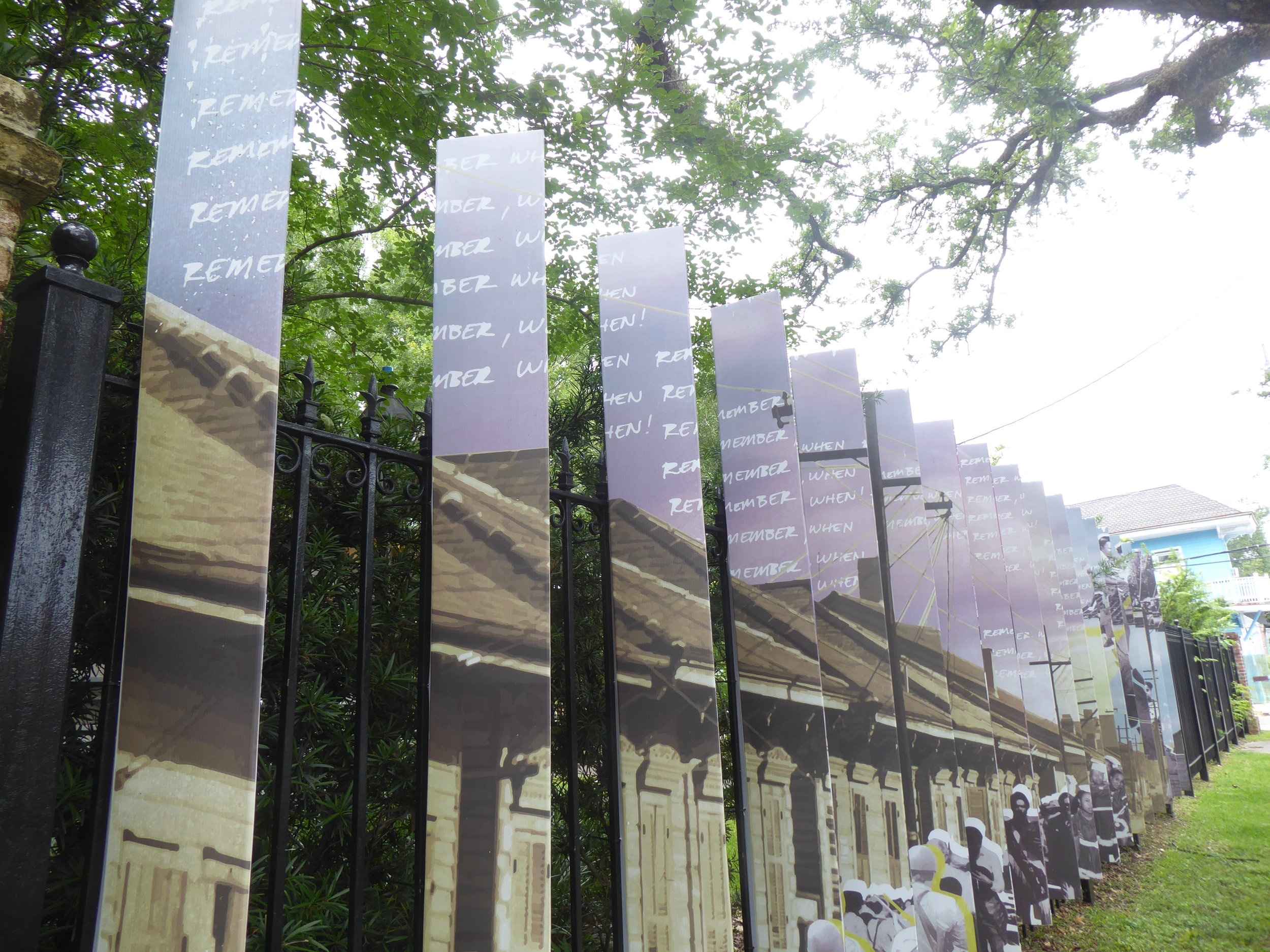
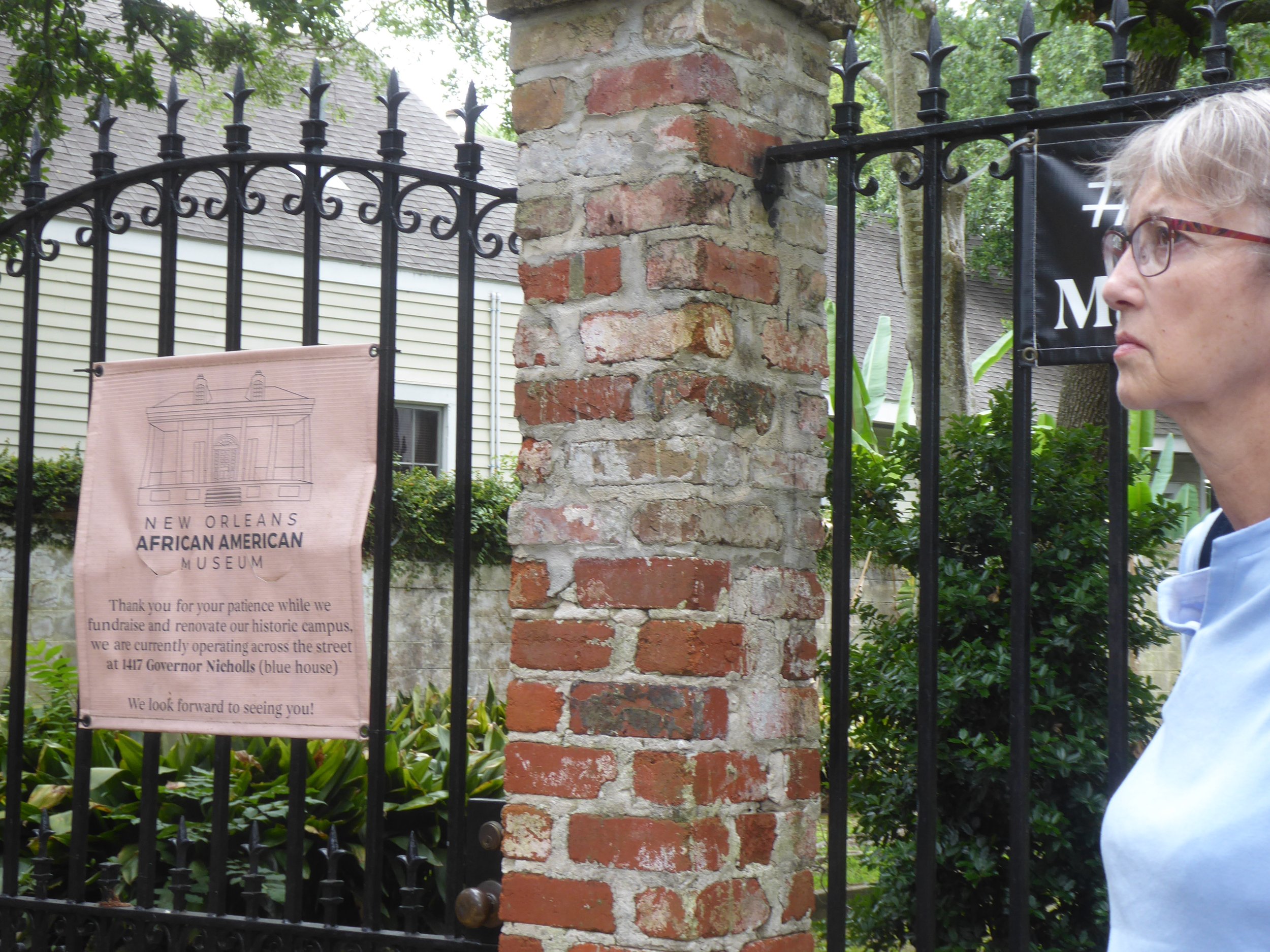
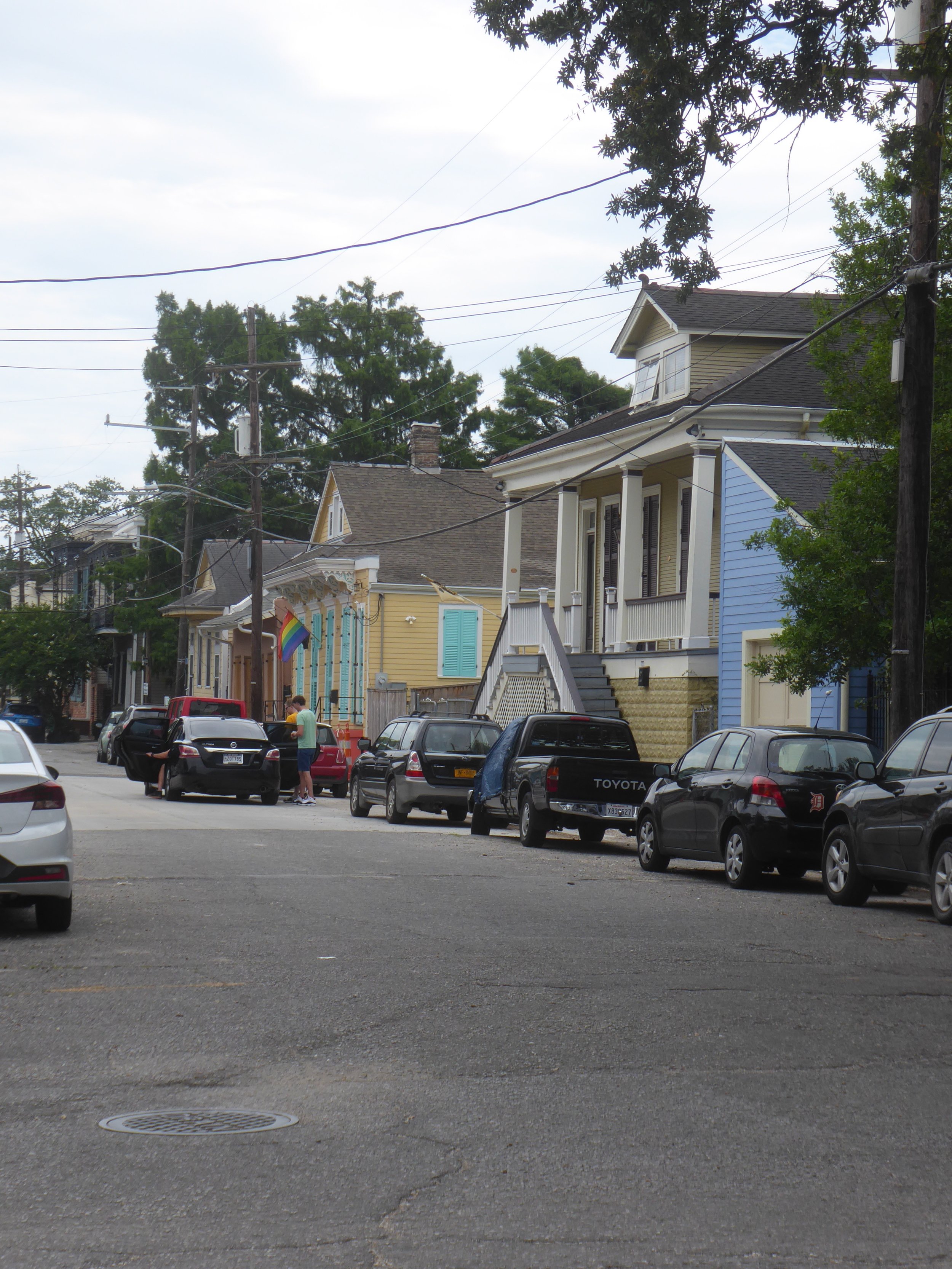
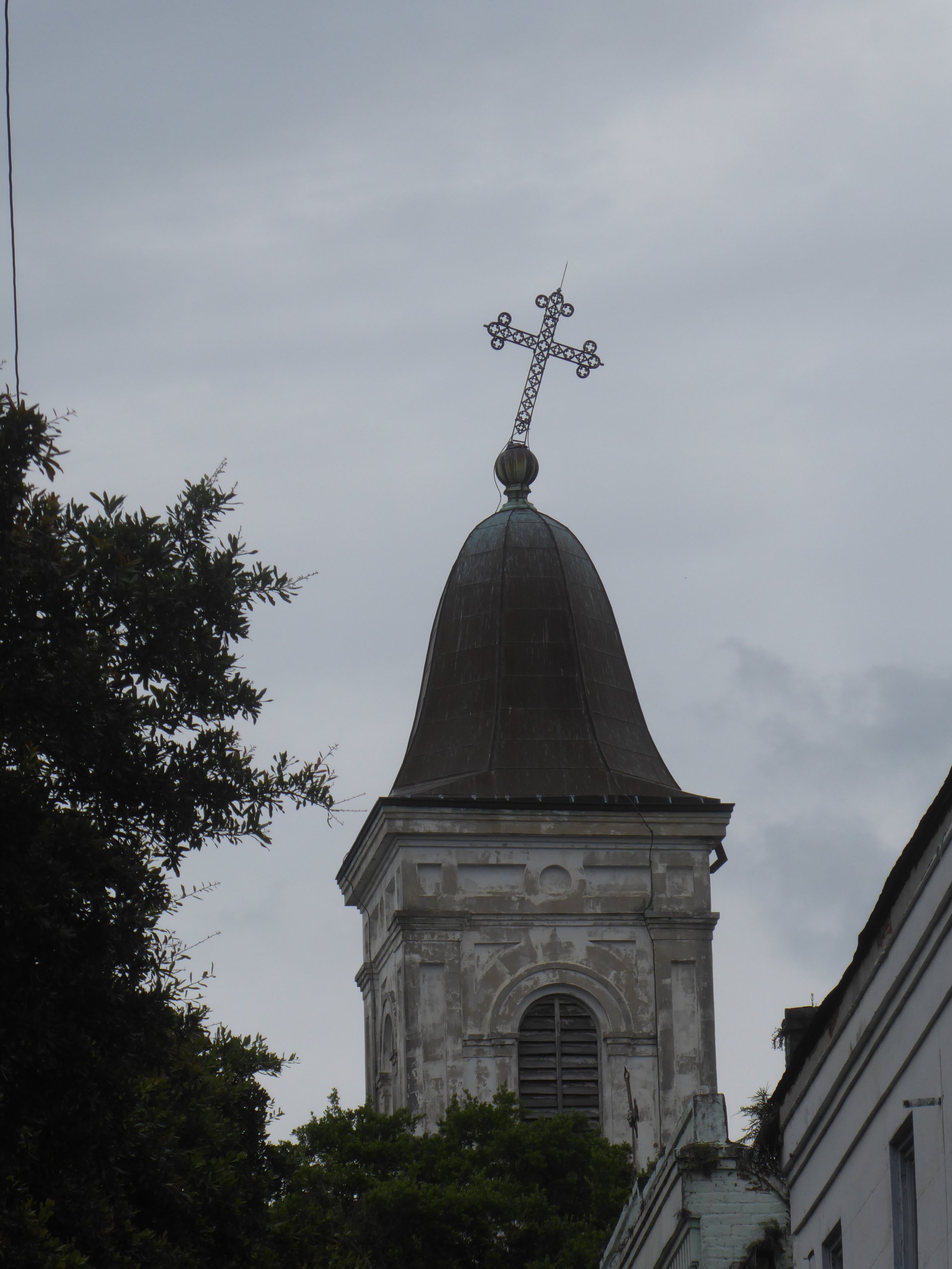
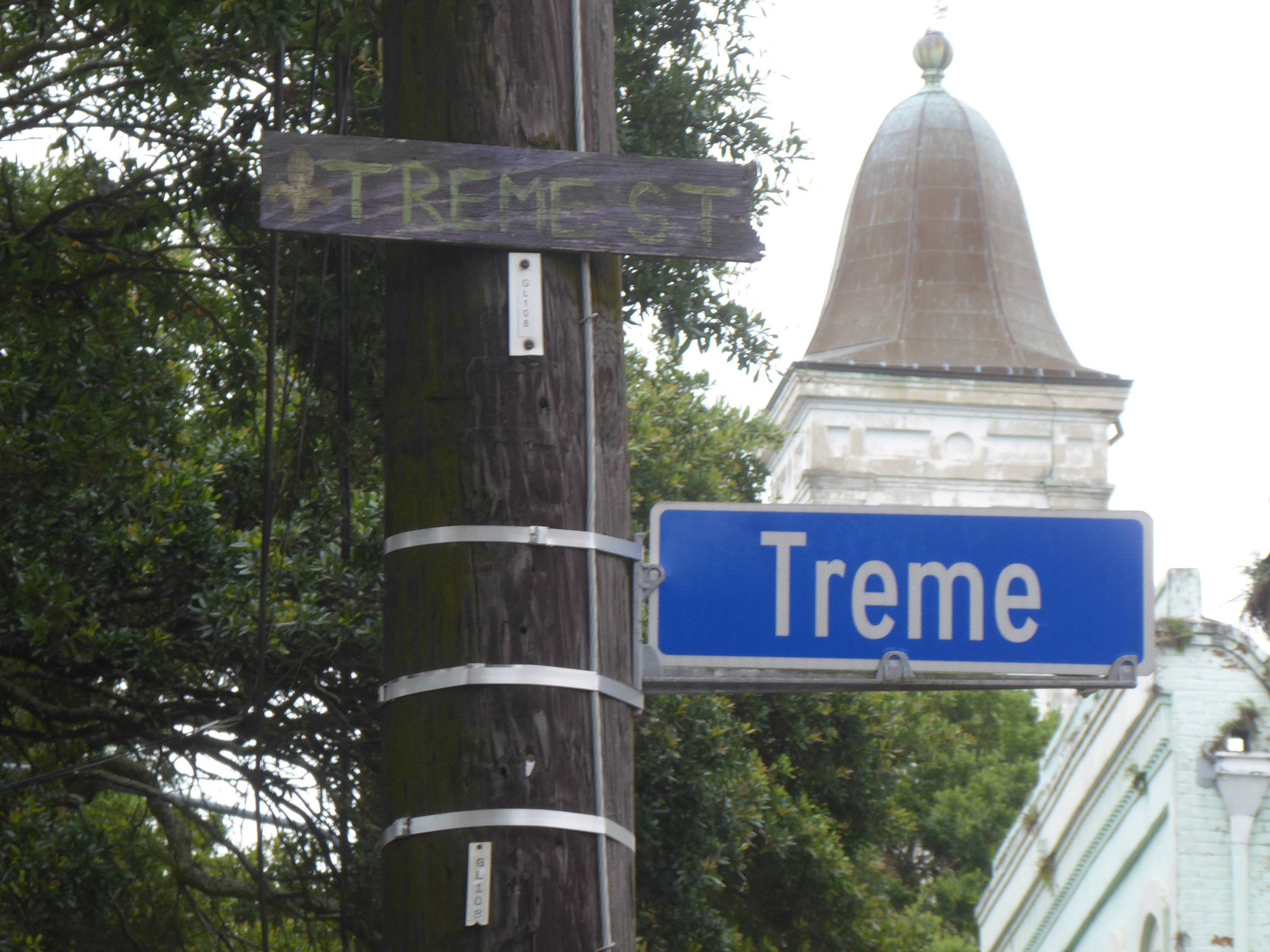
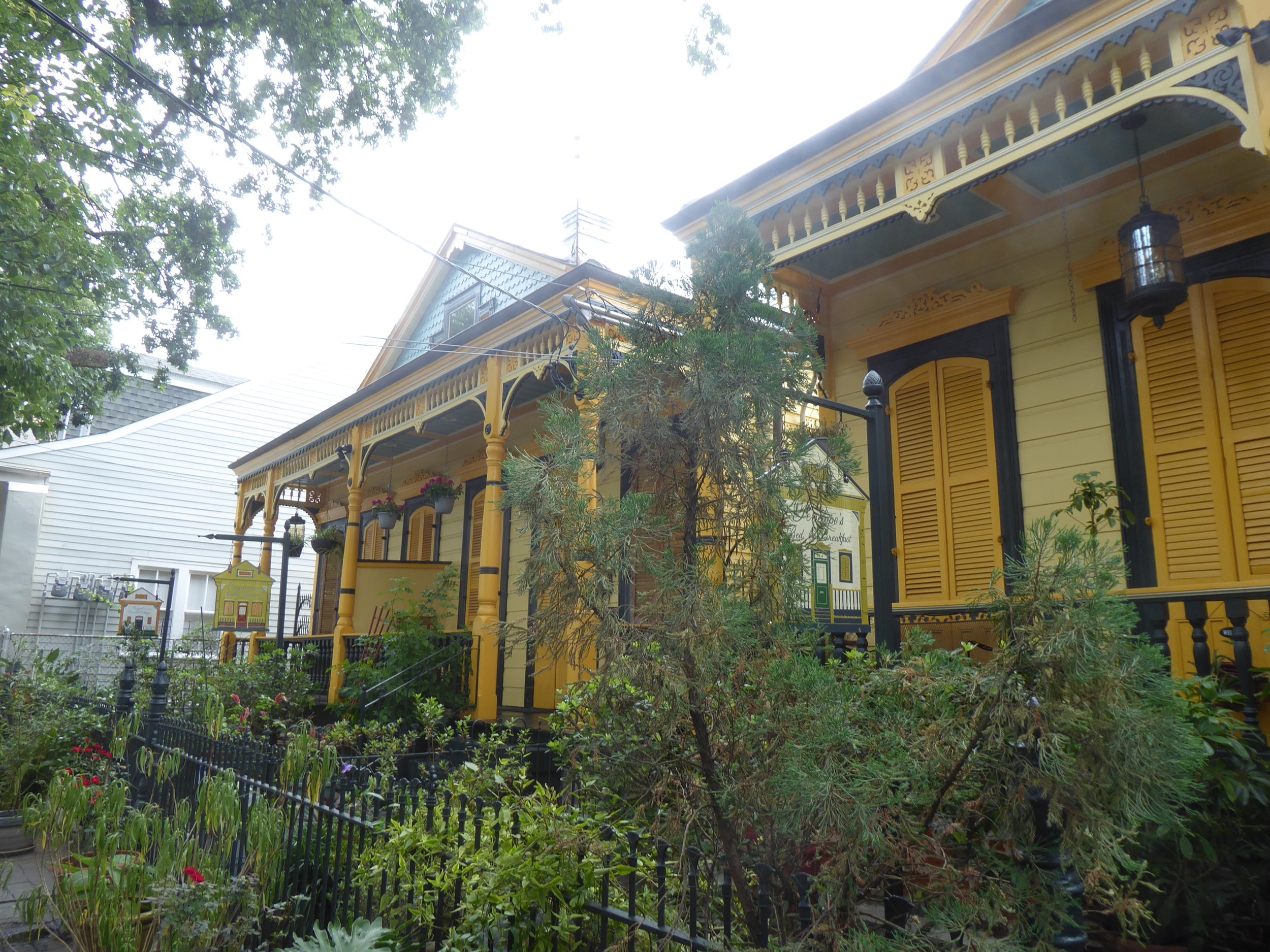
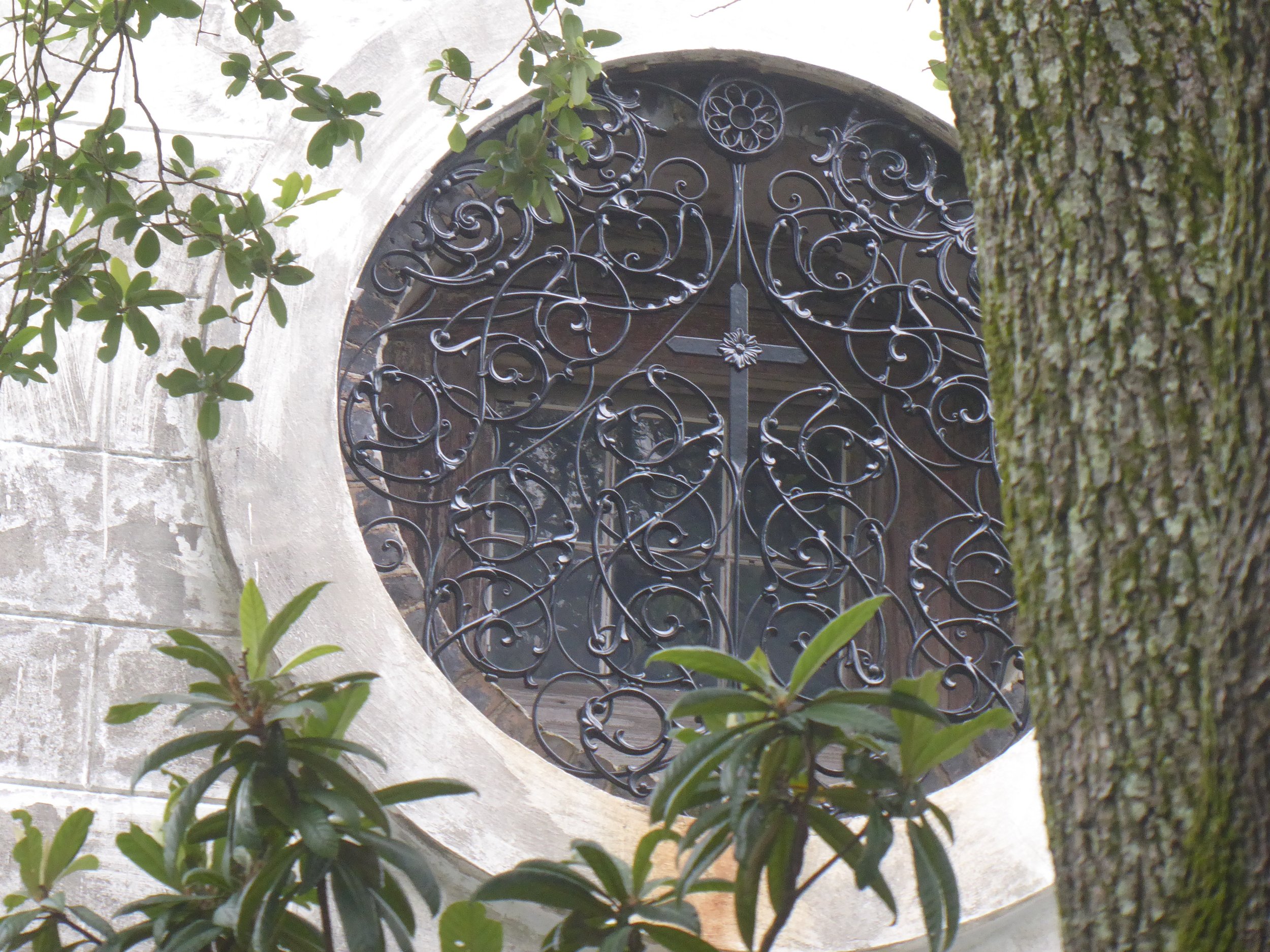
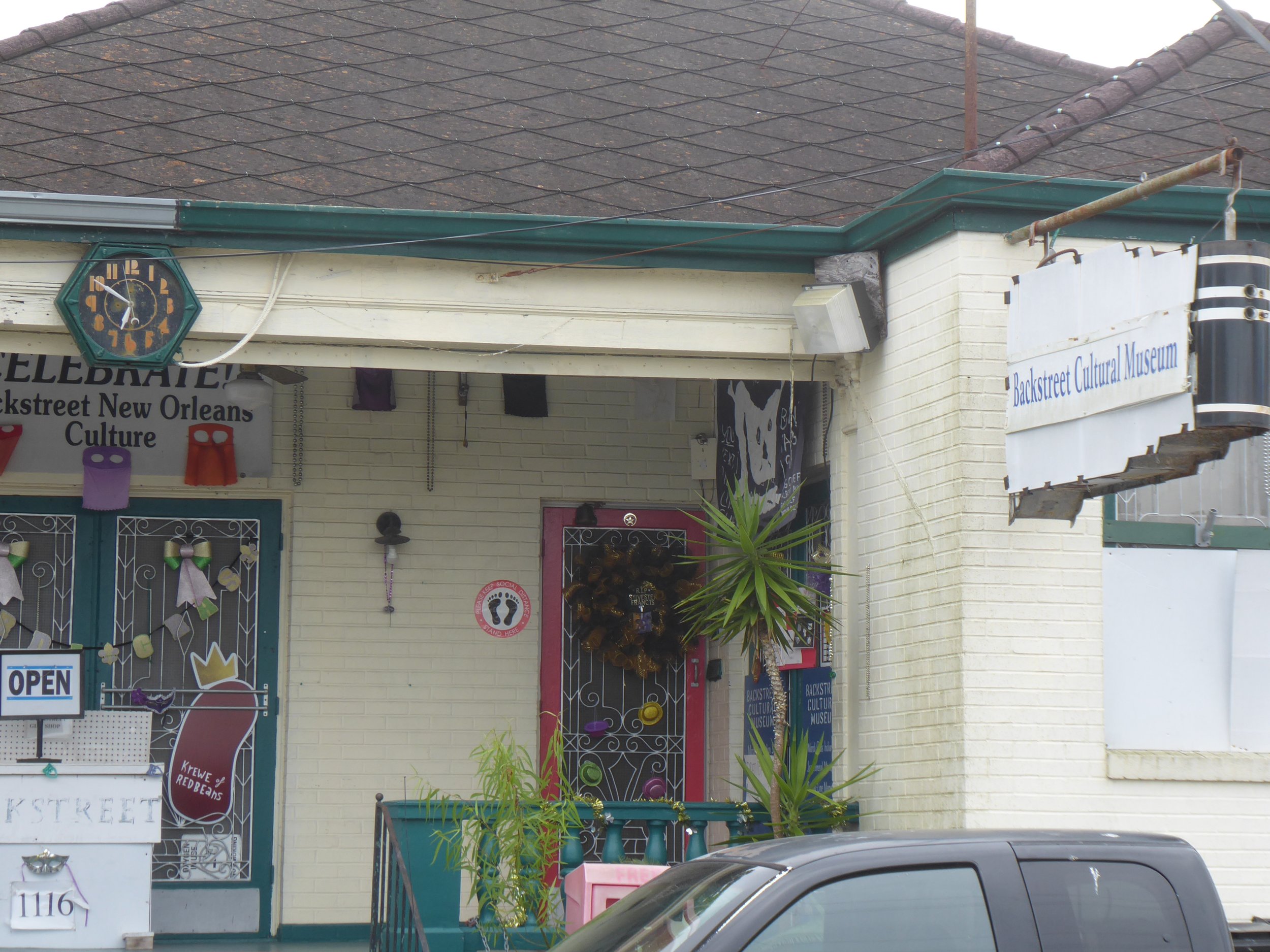
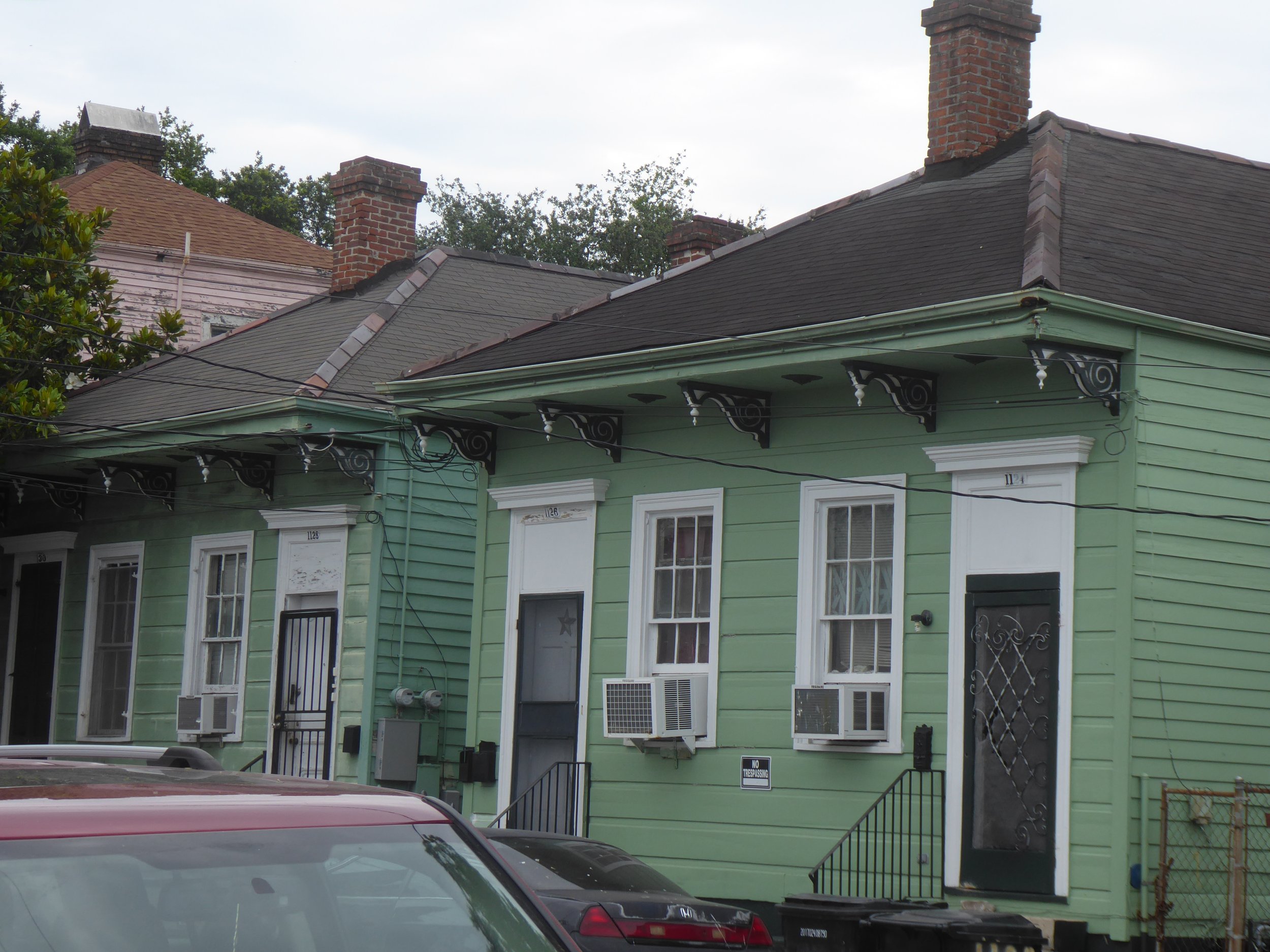
Photos of deteriorating New Orleans
